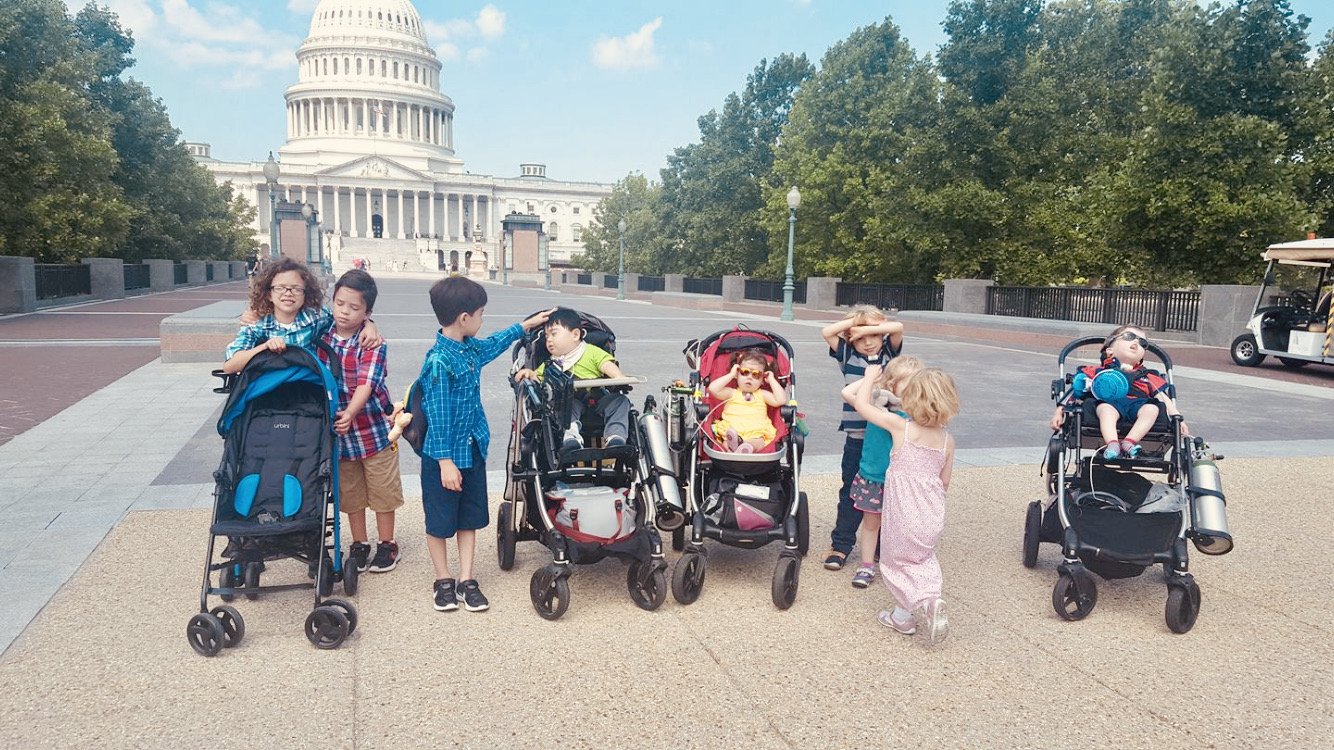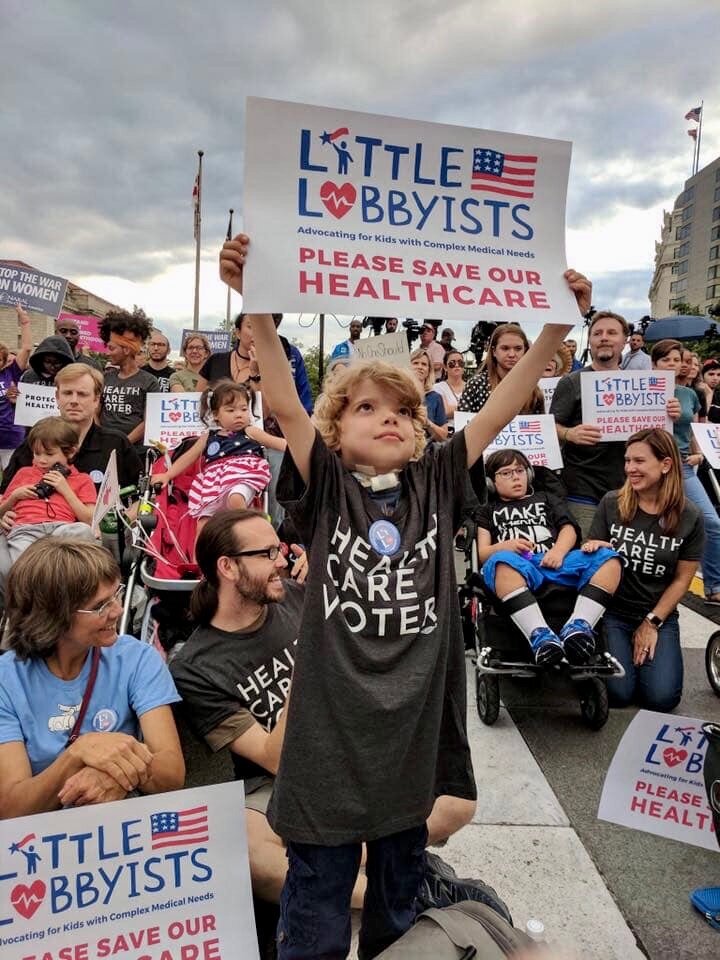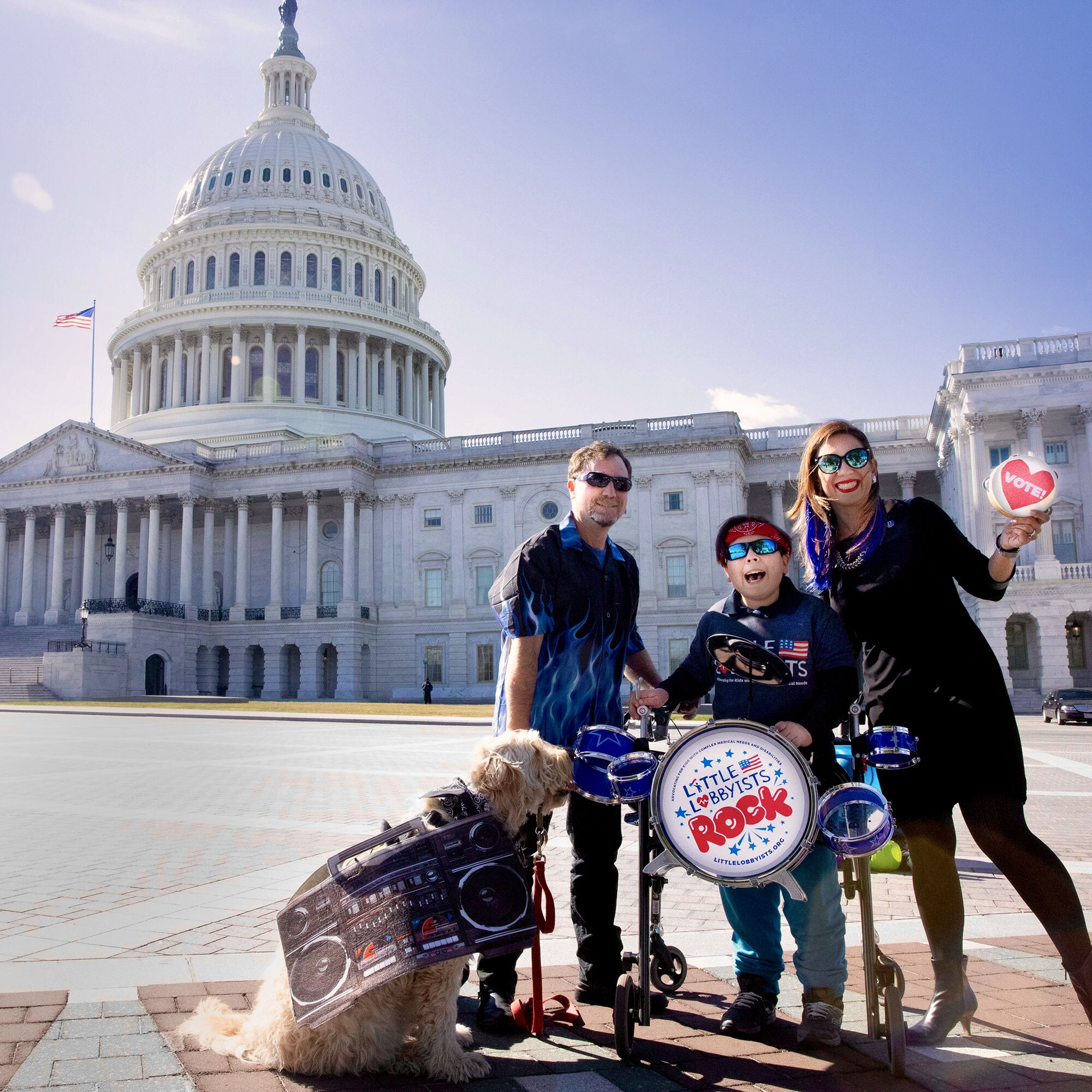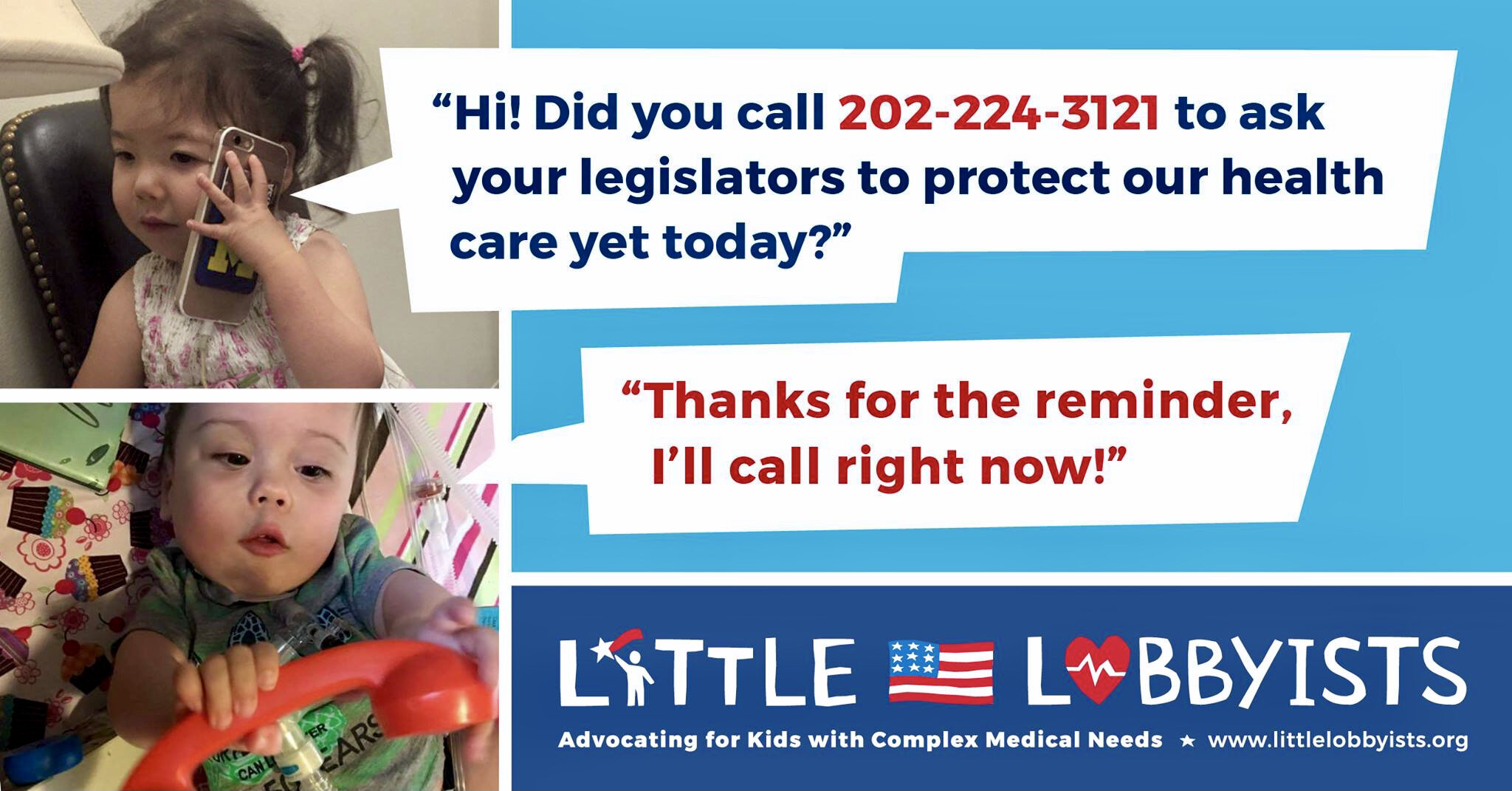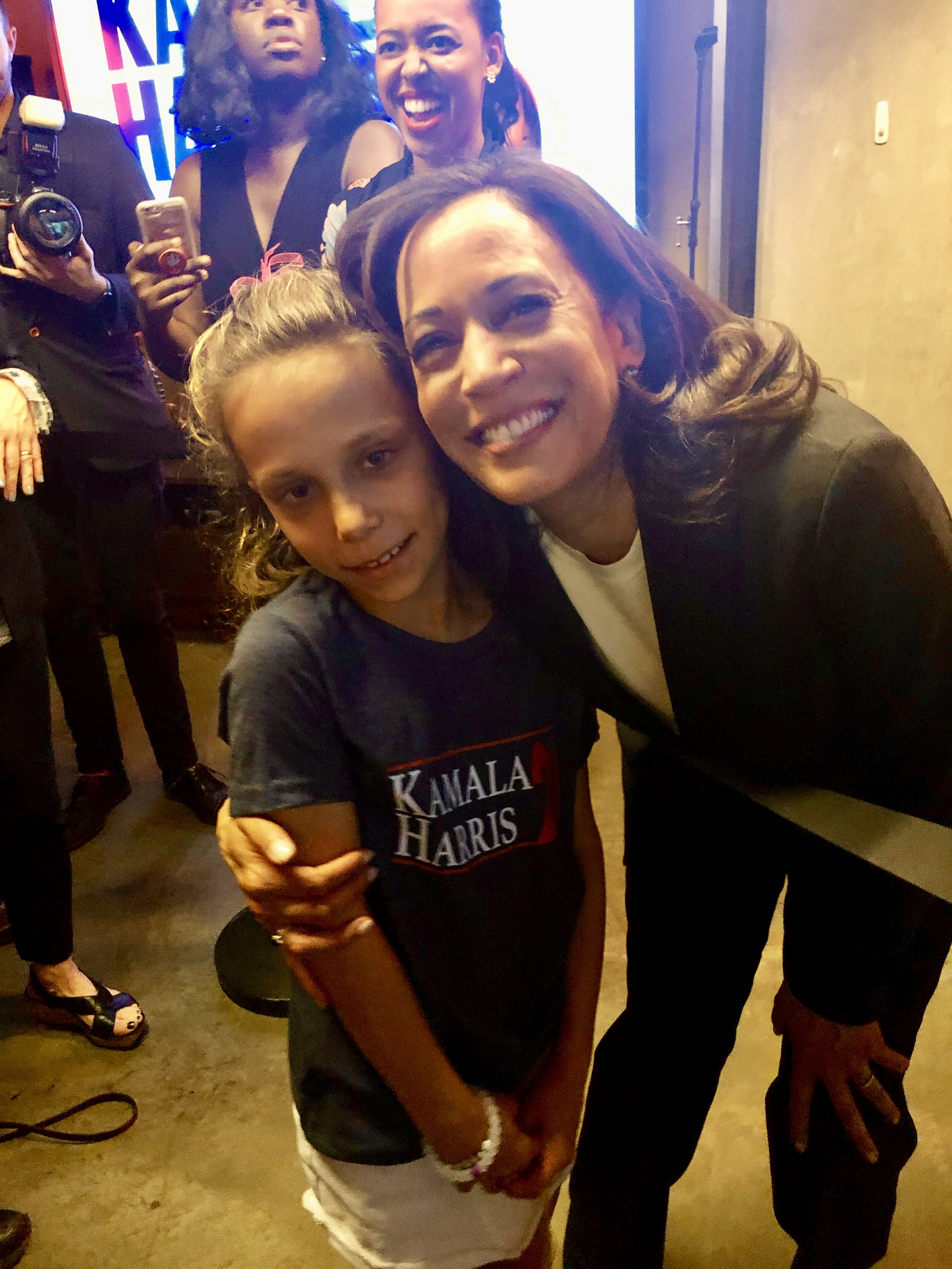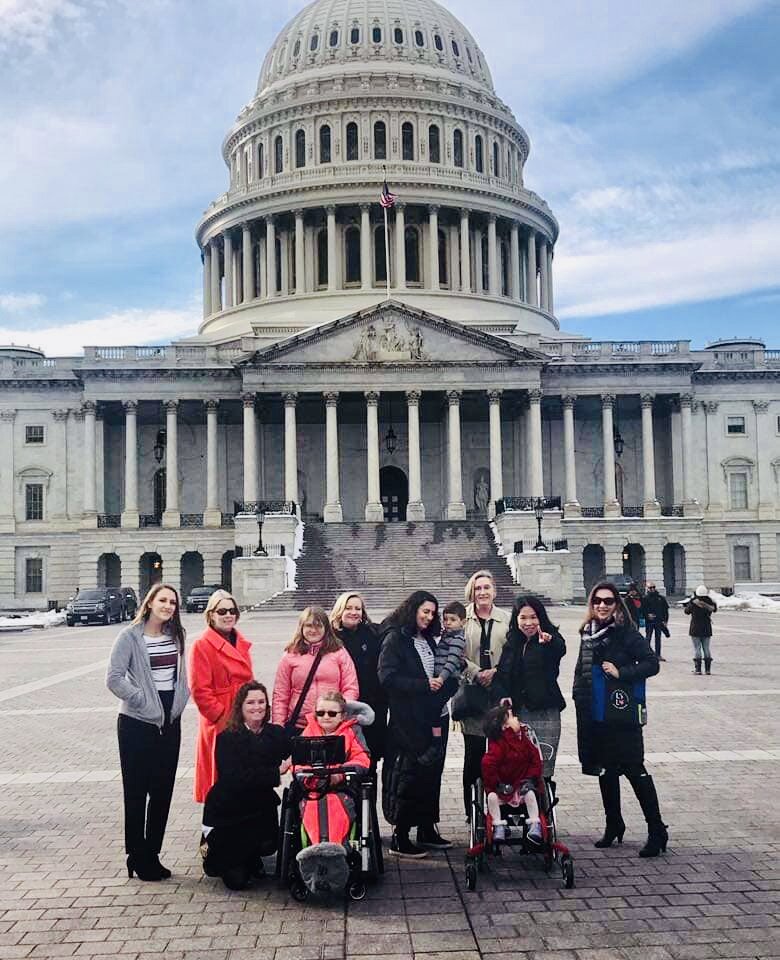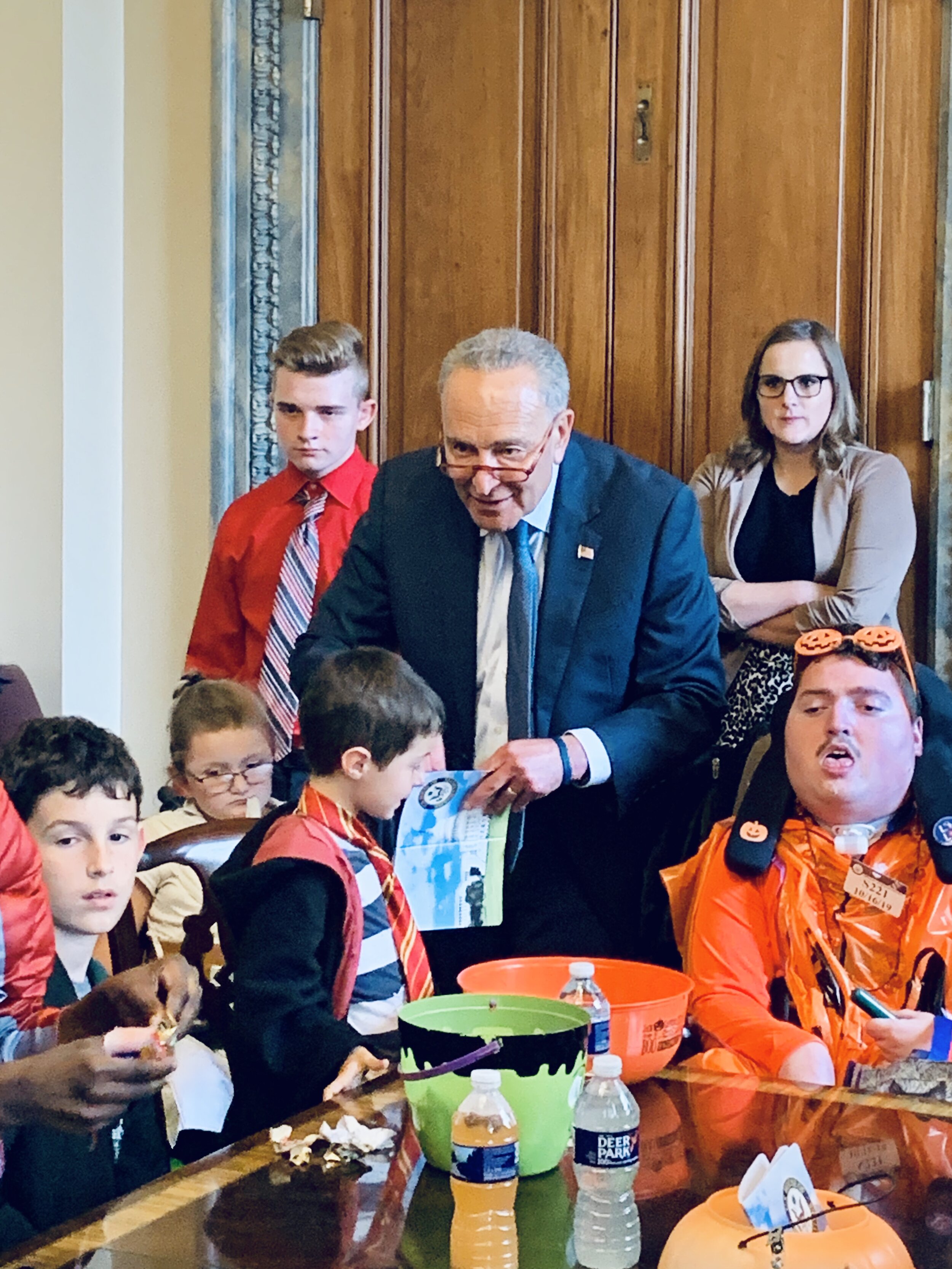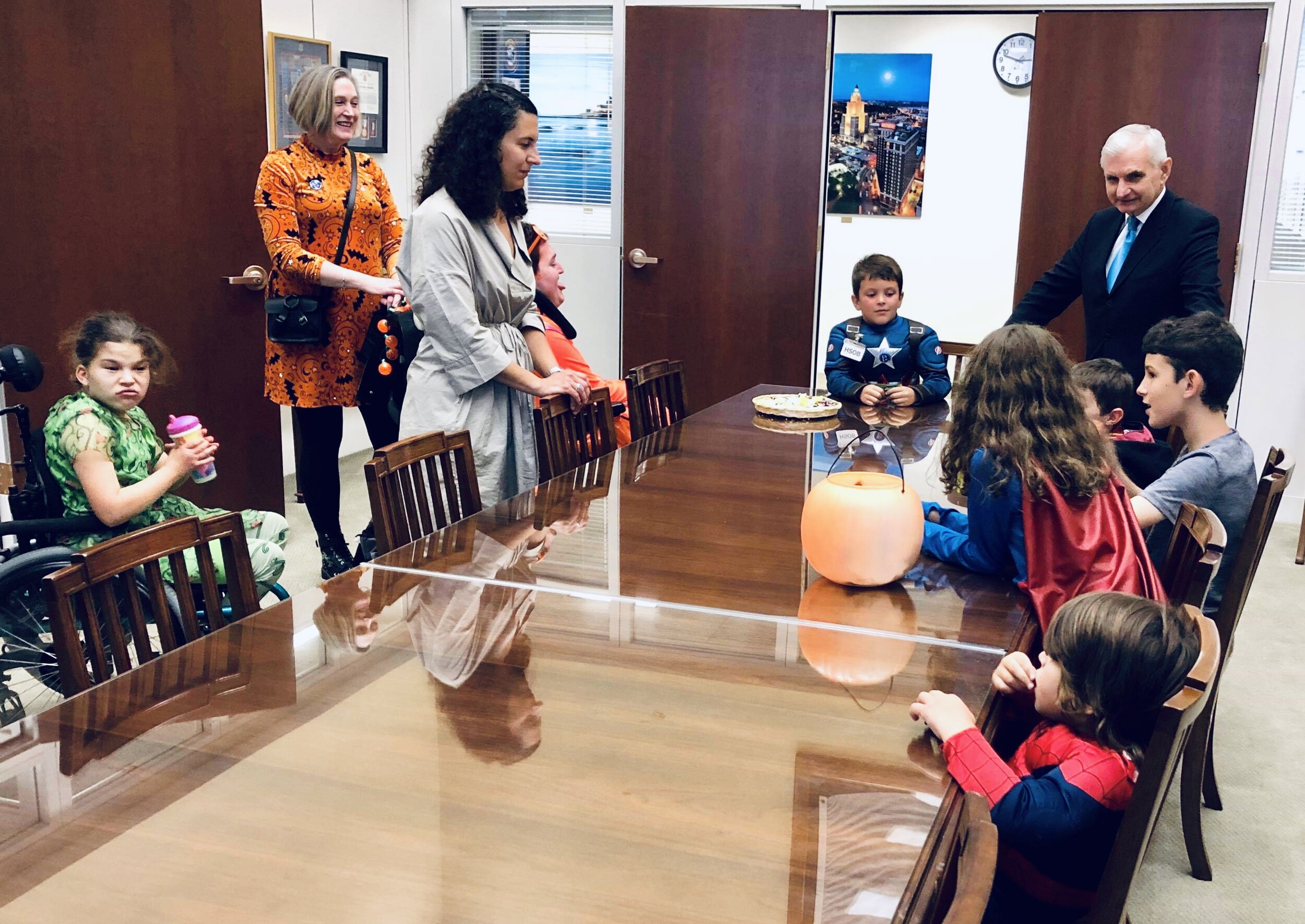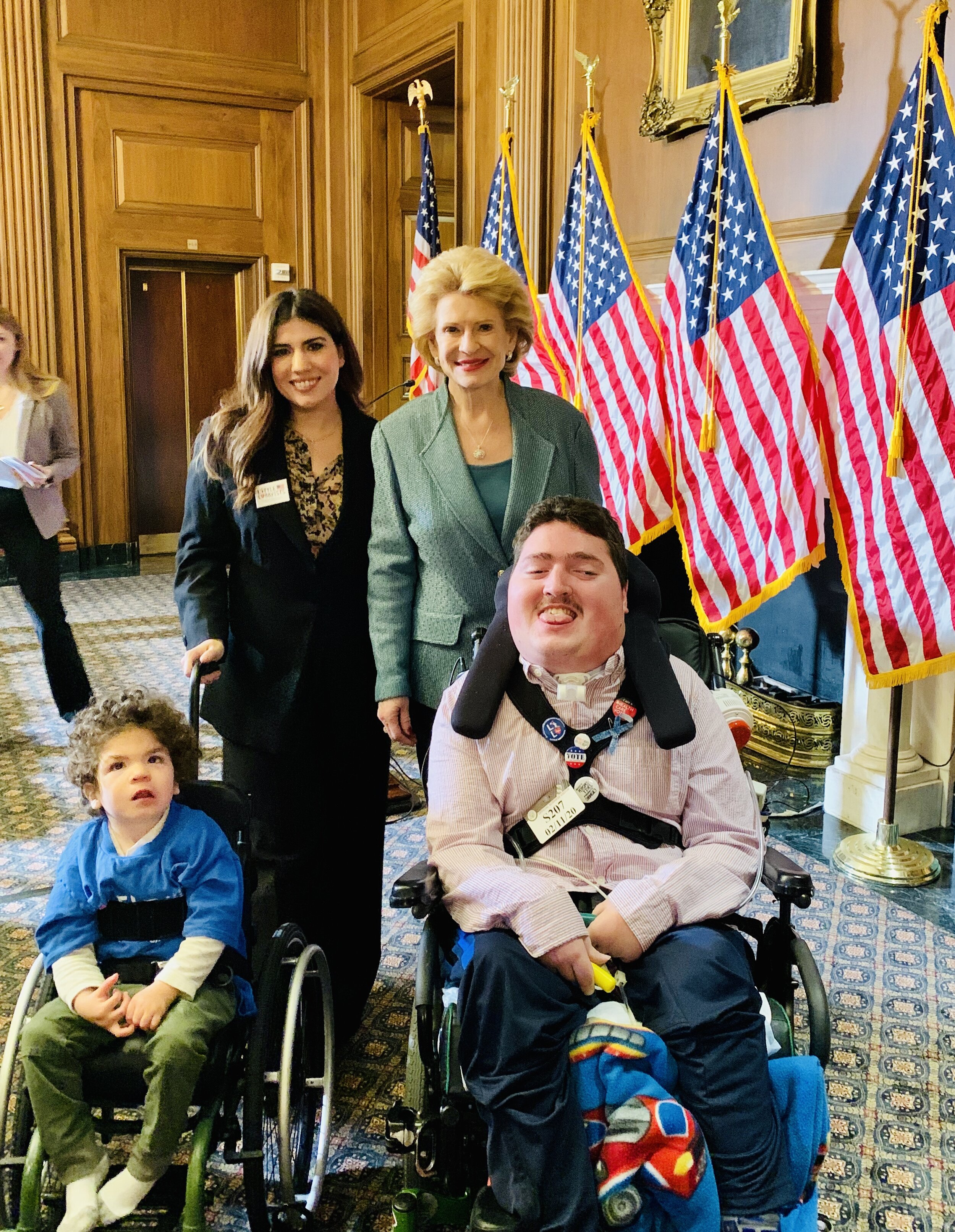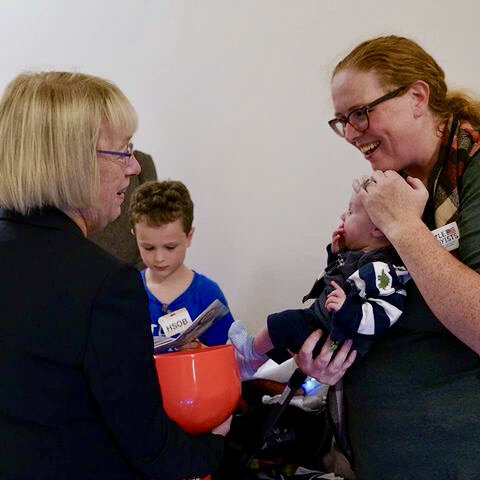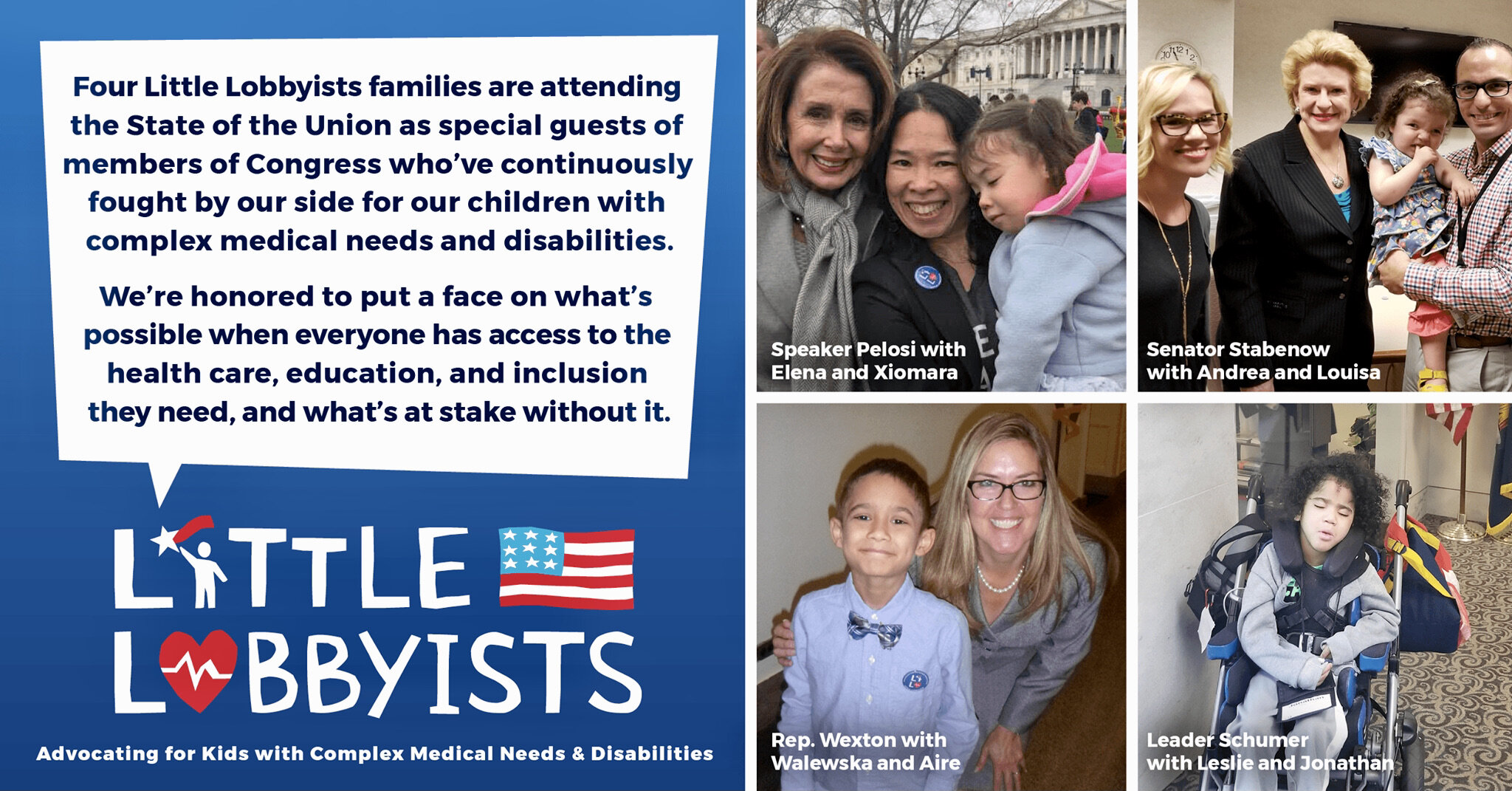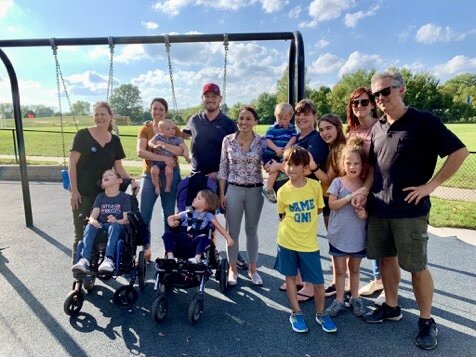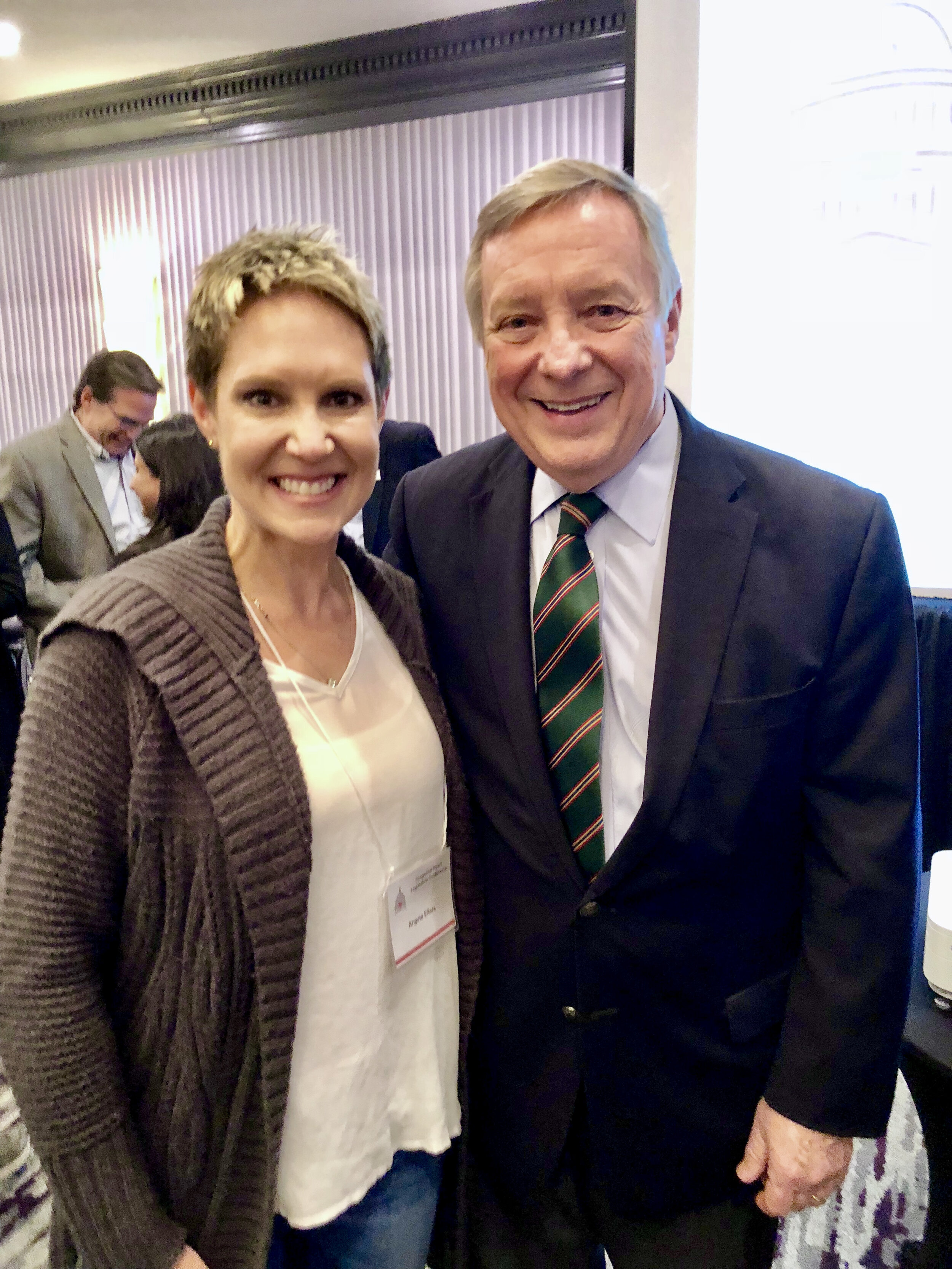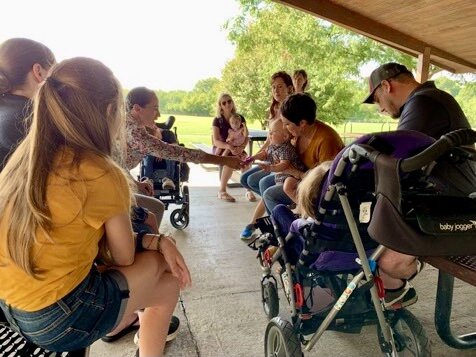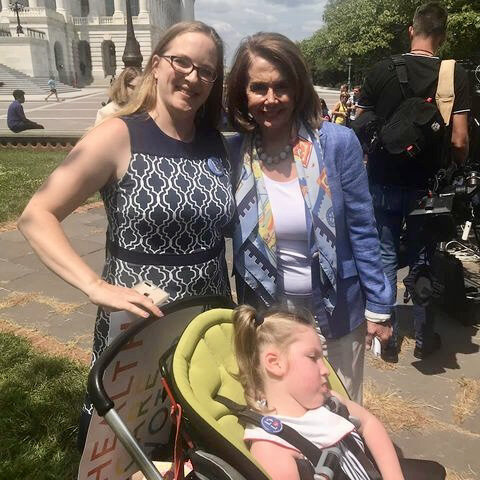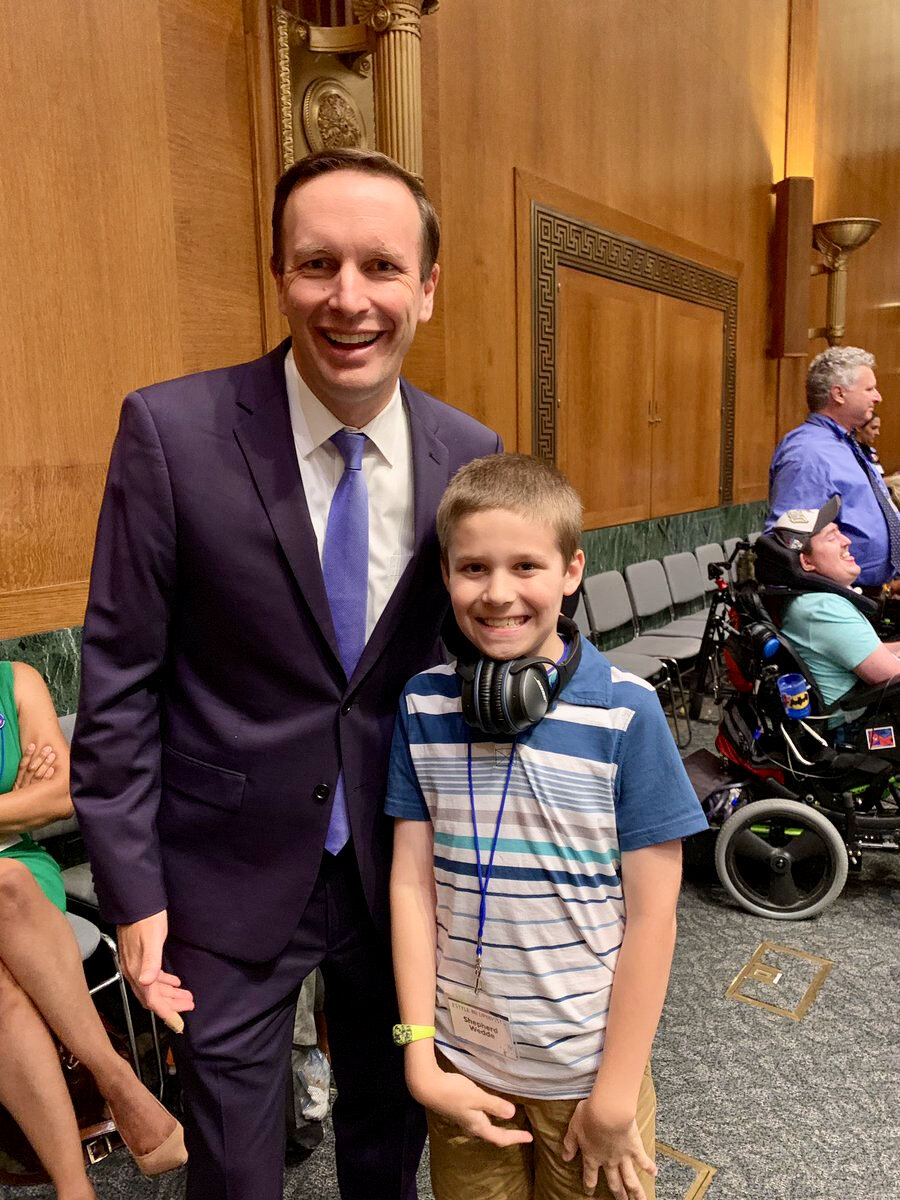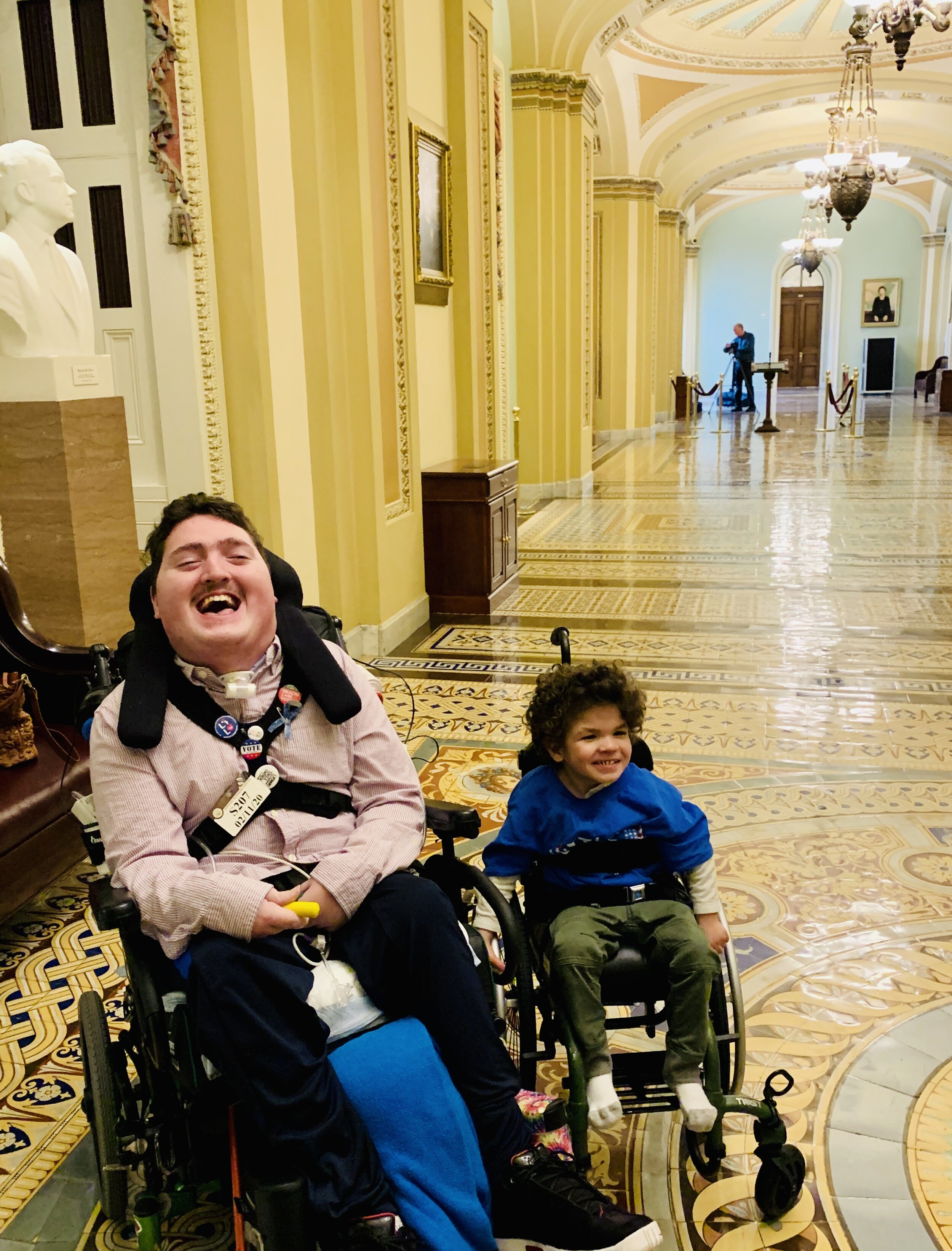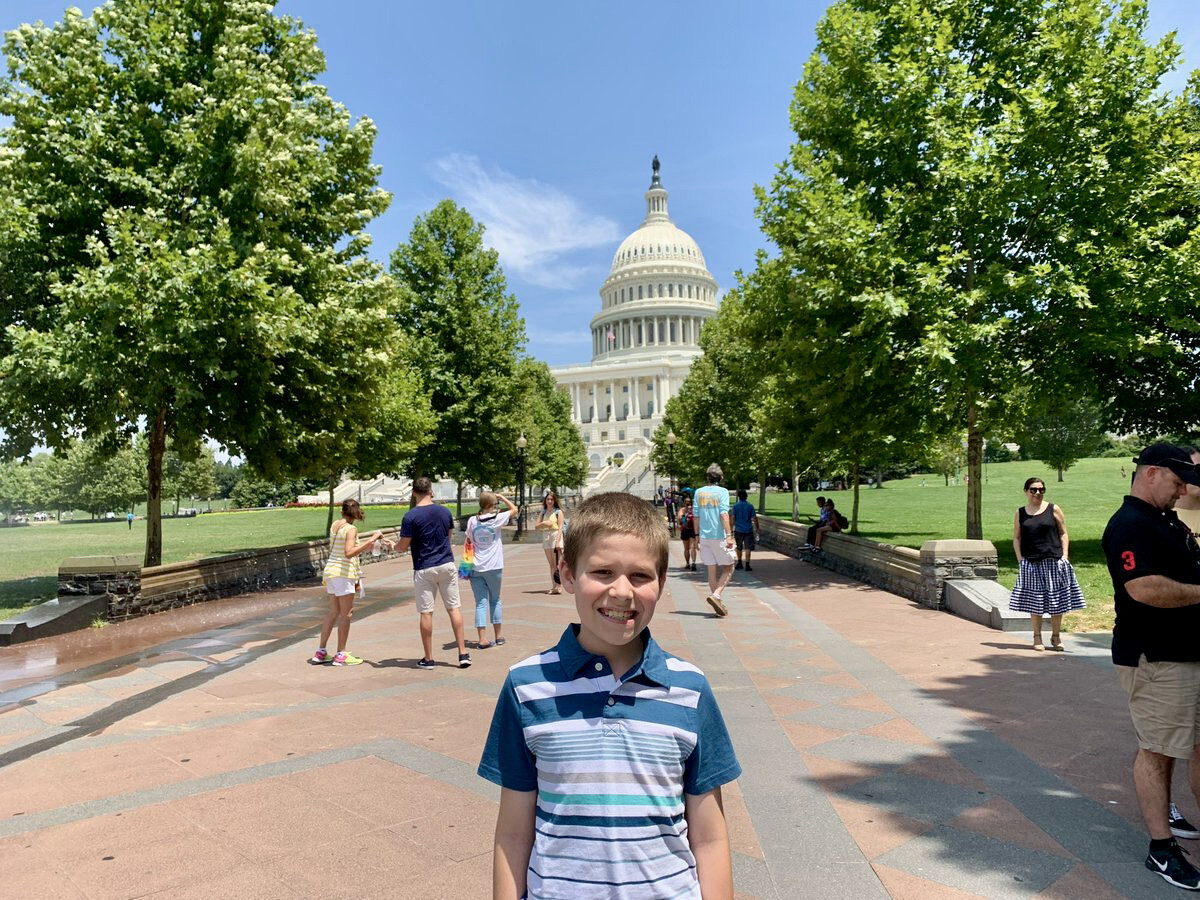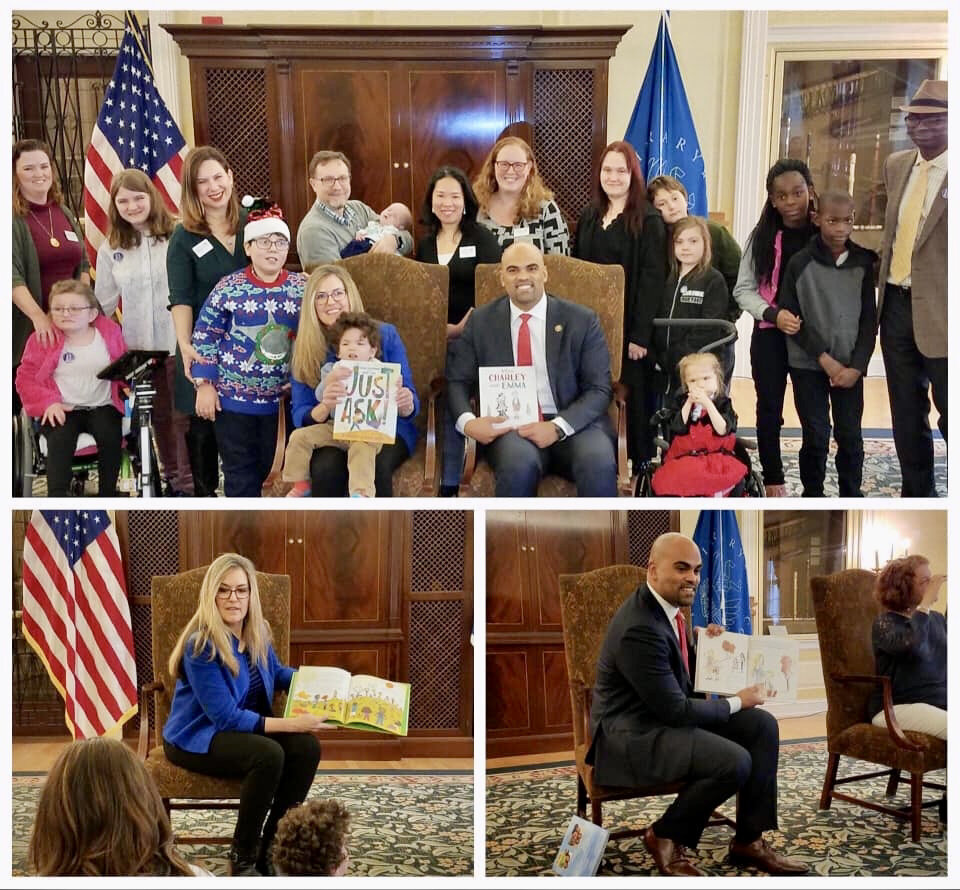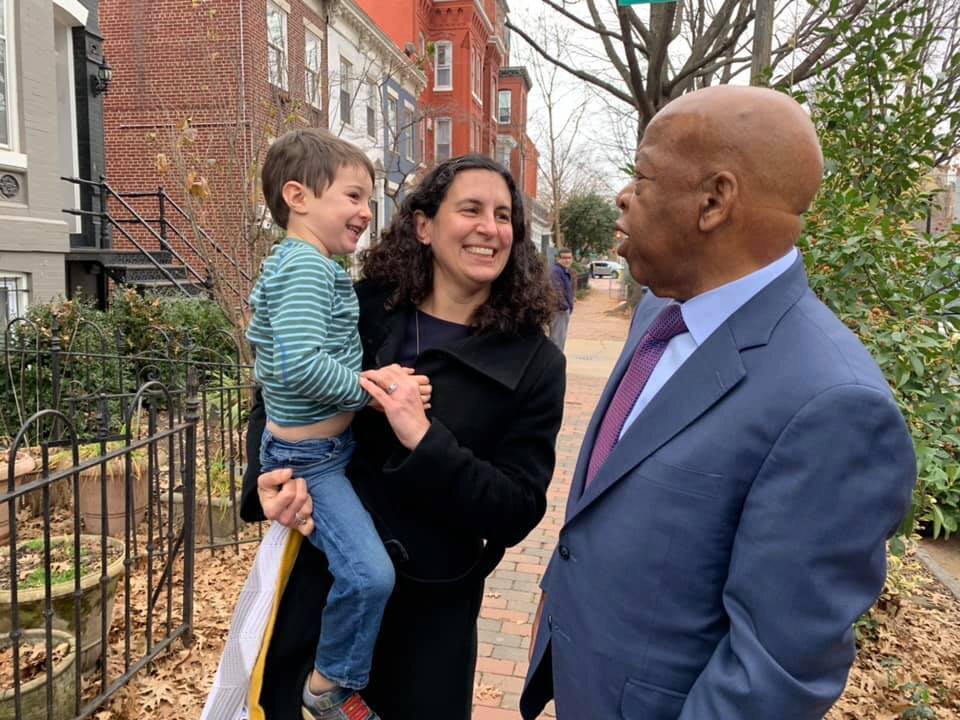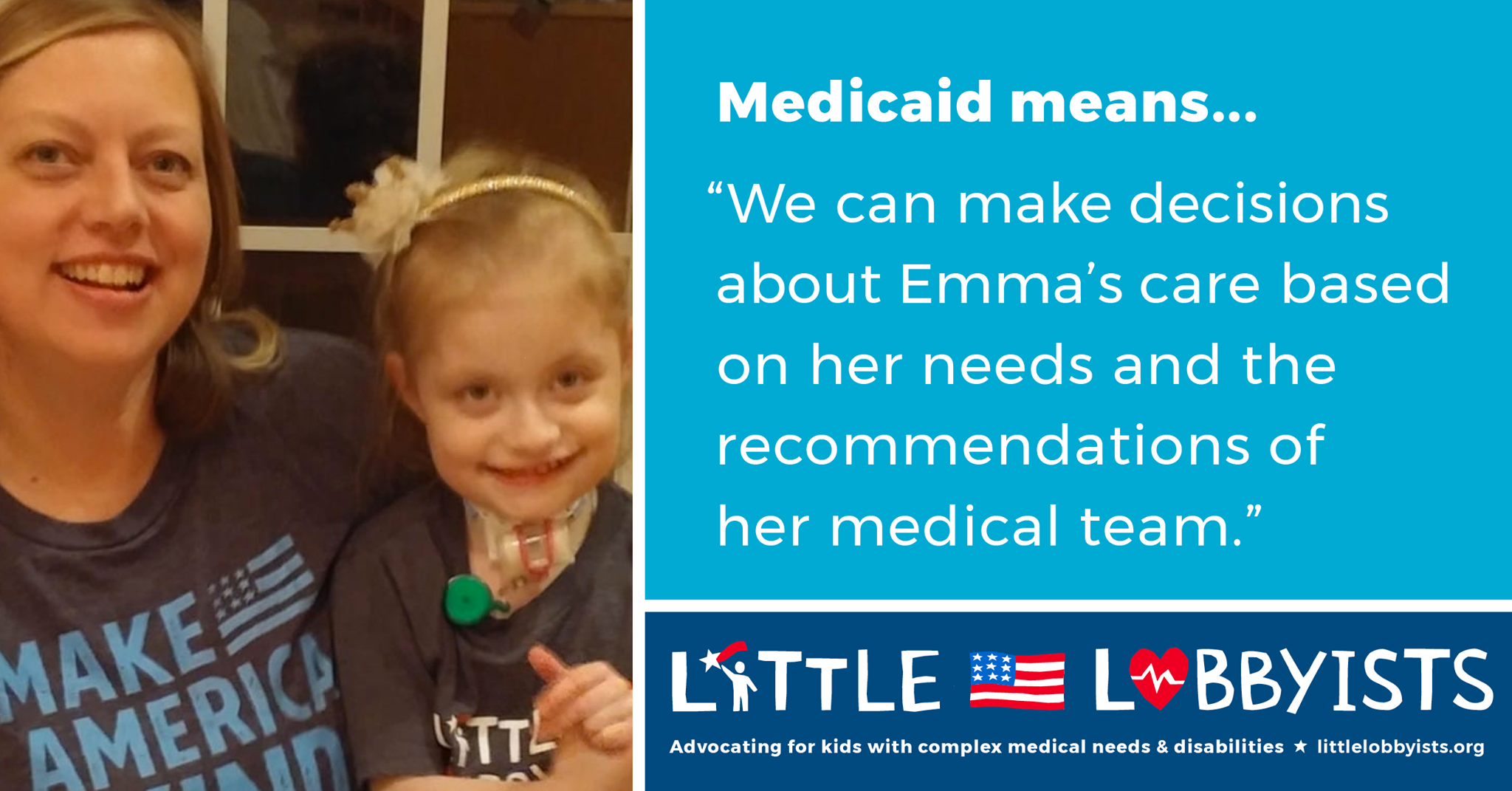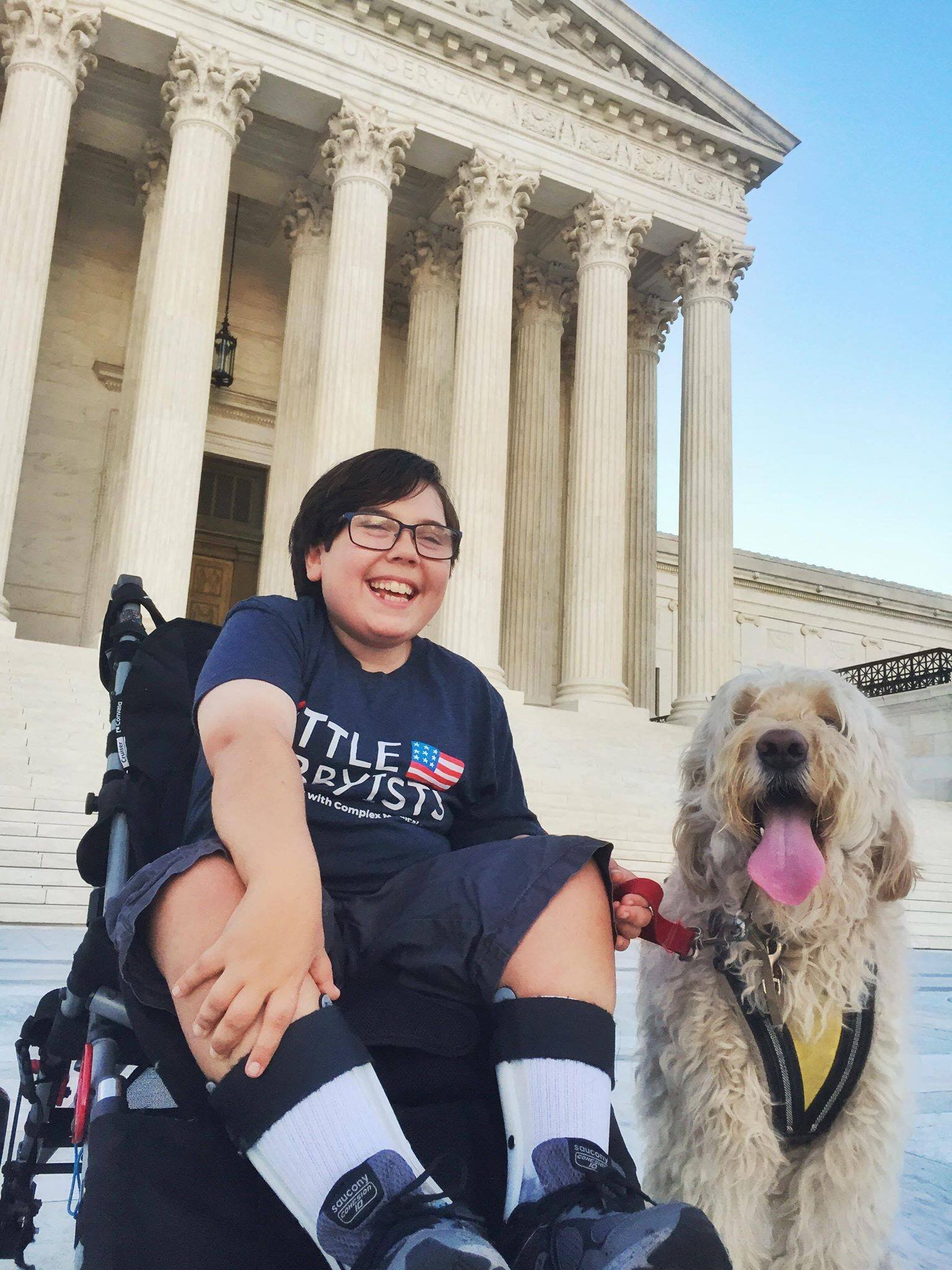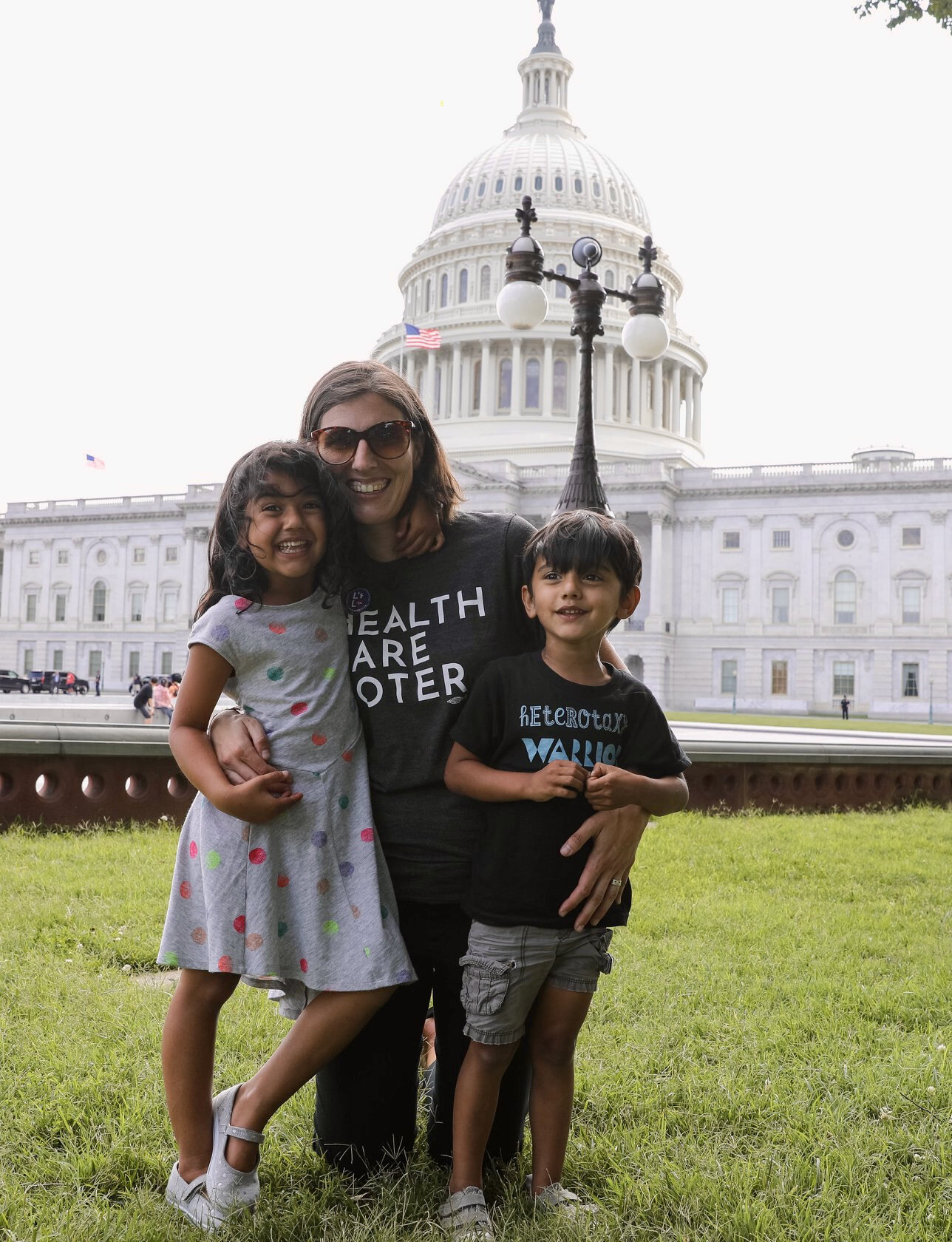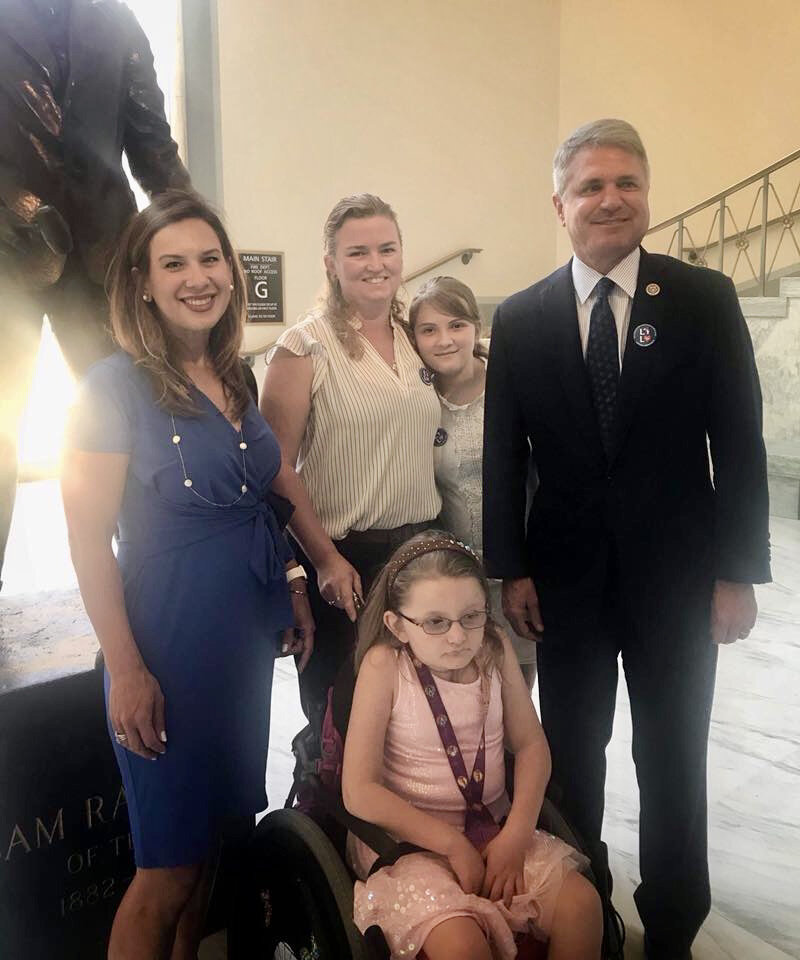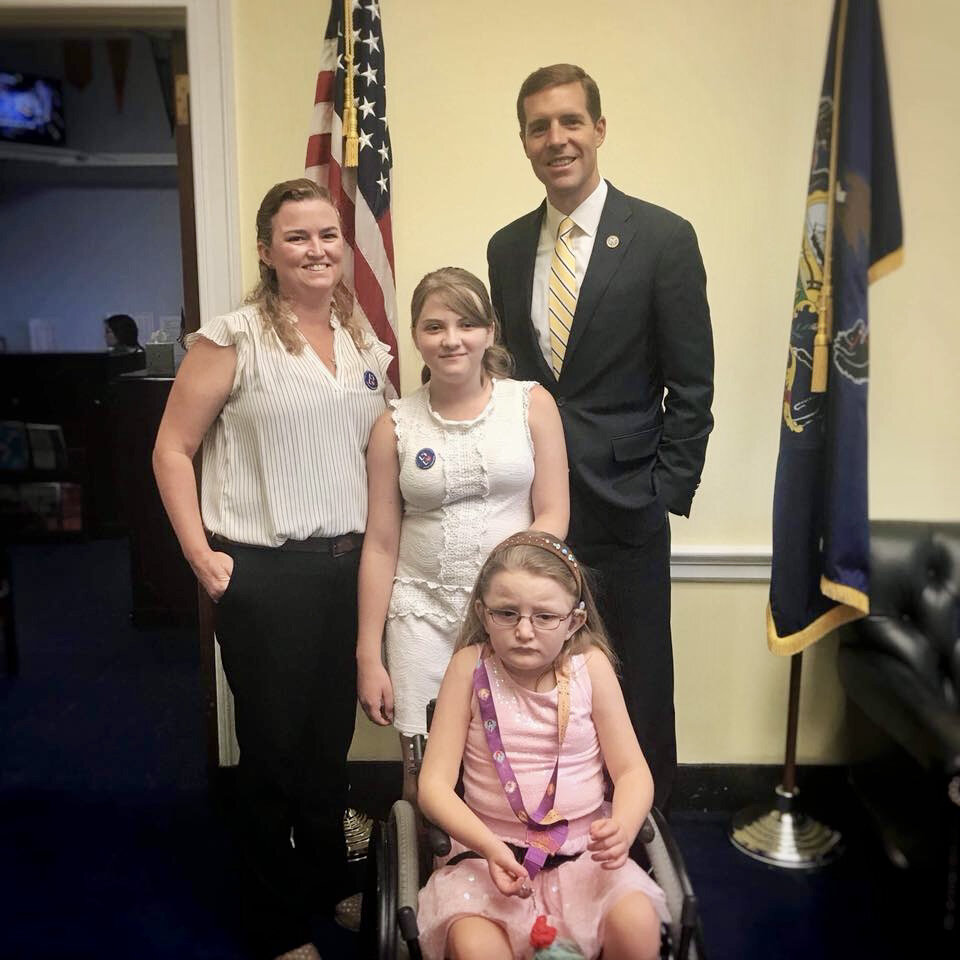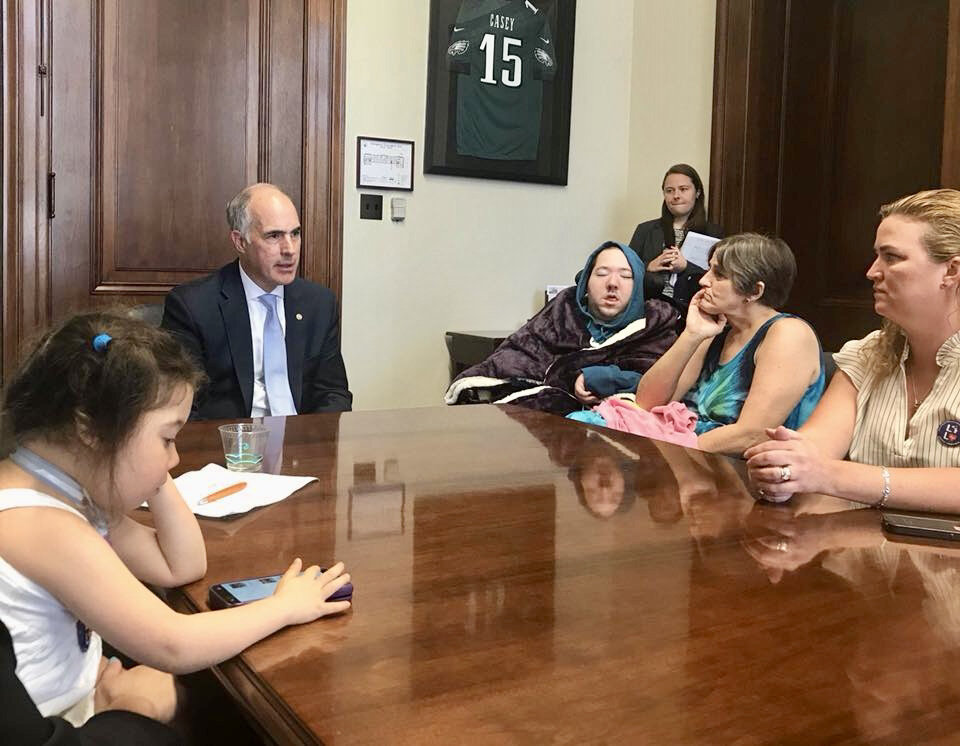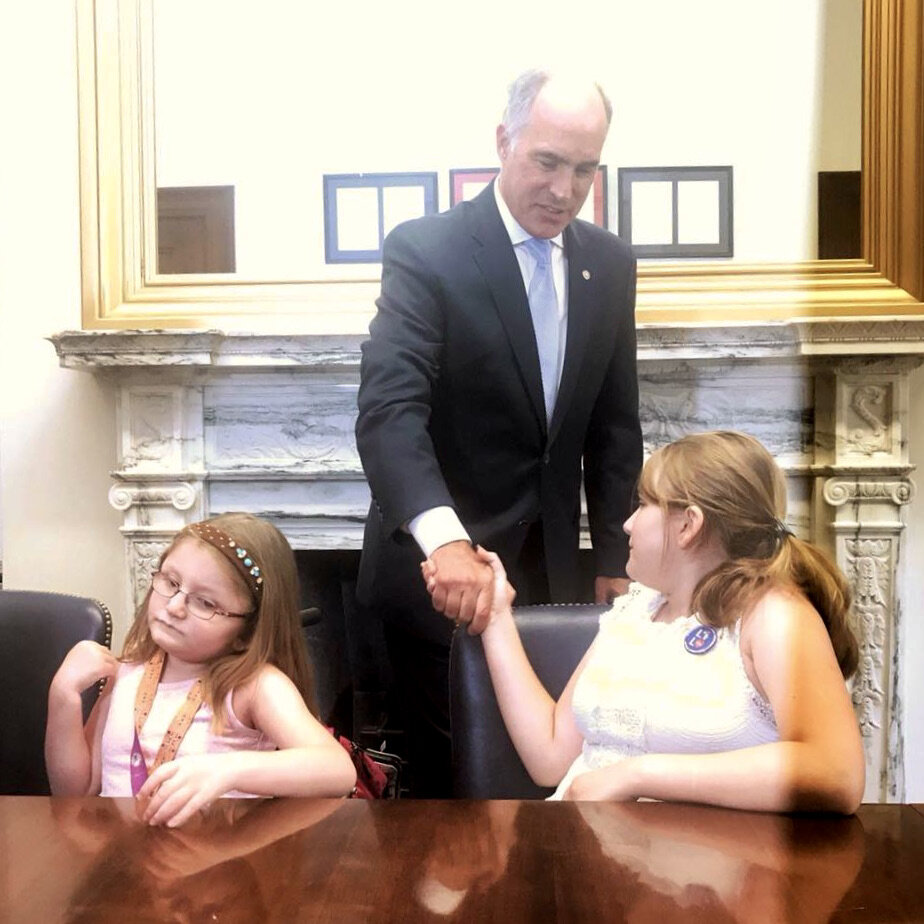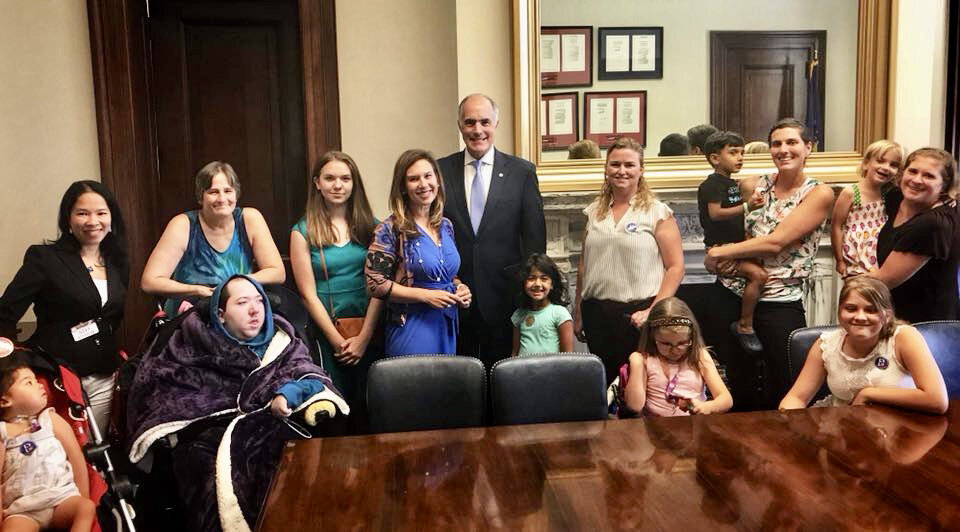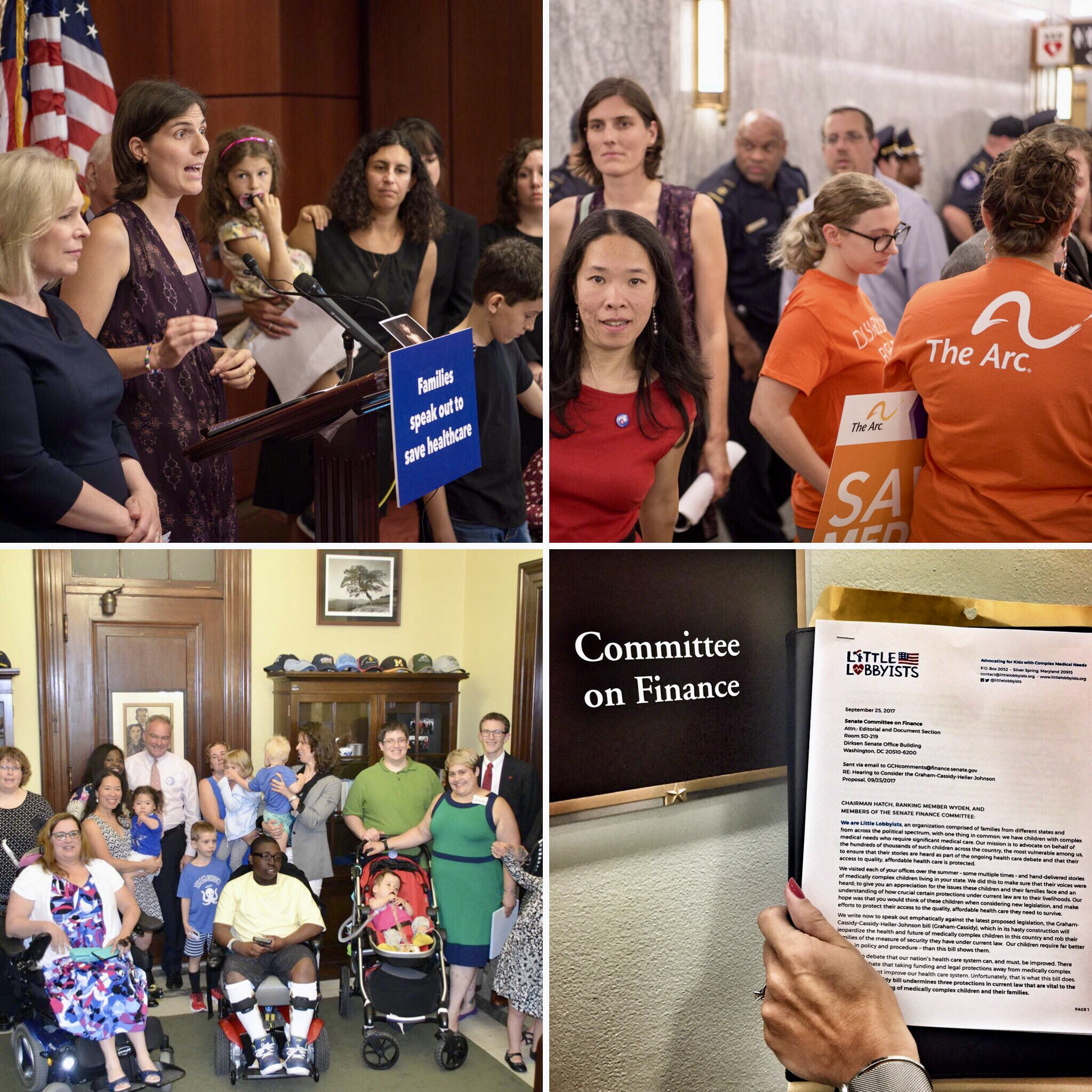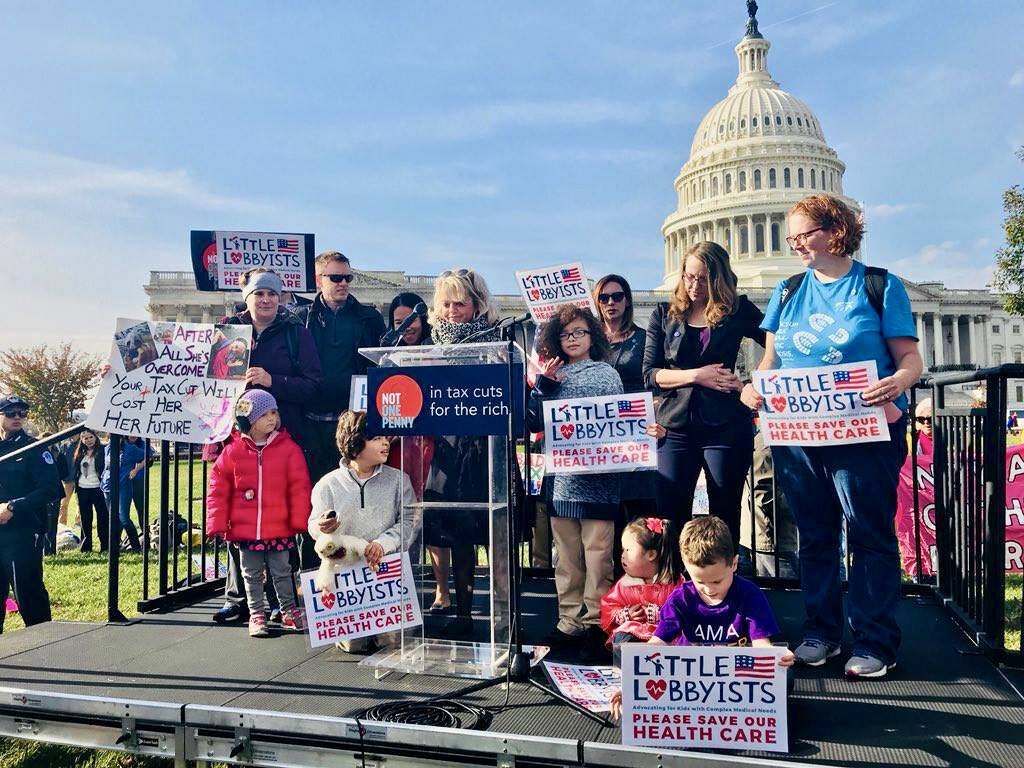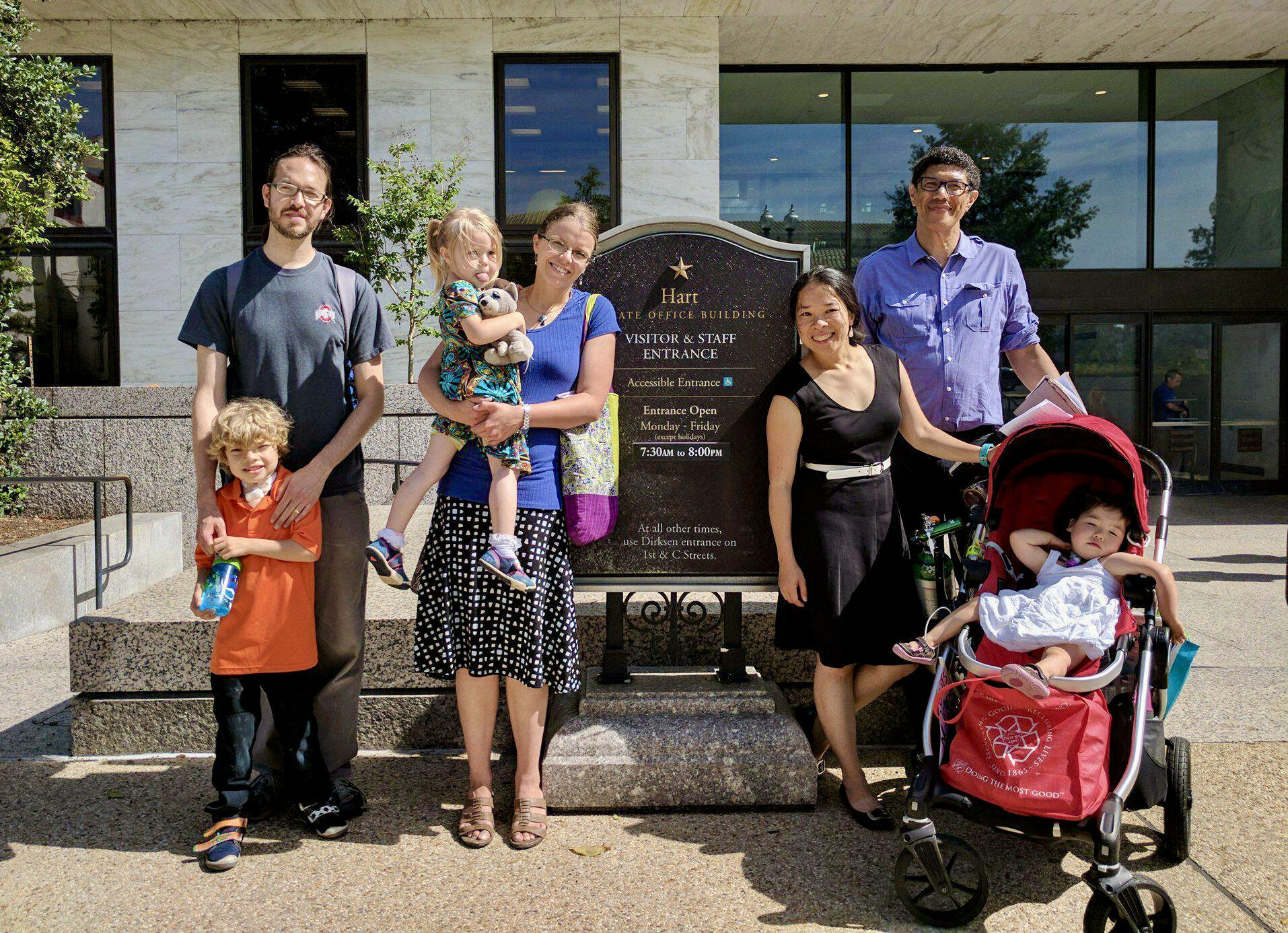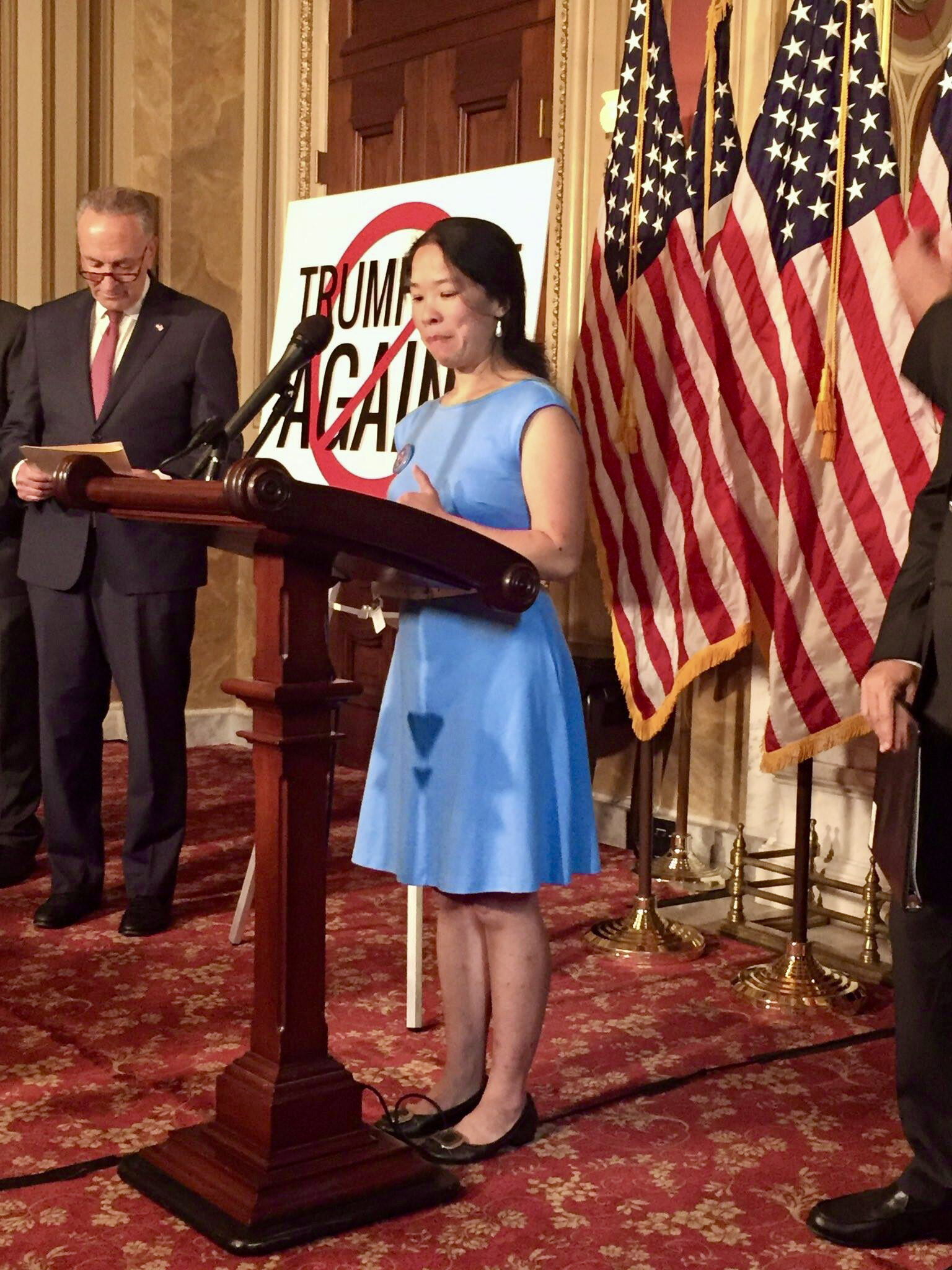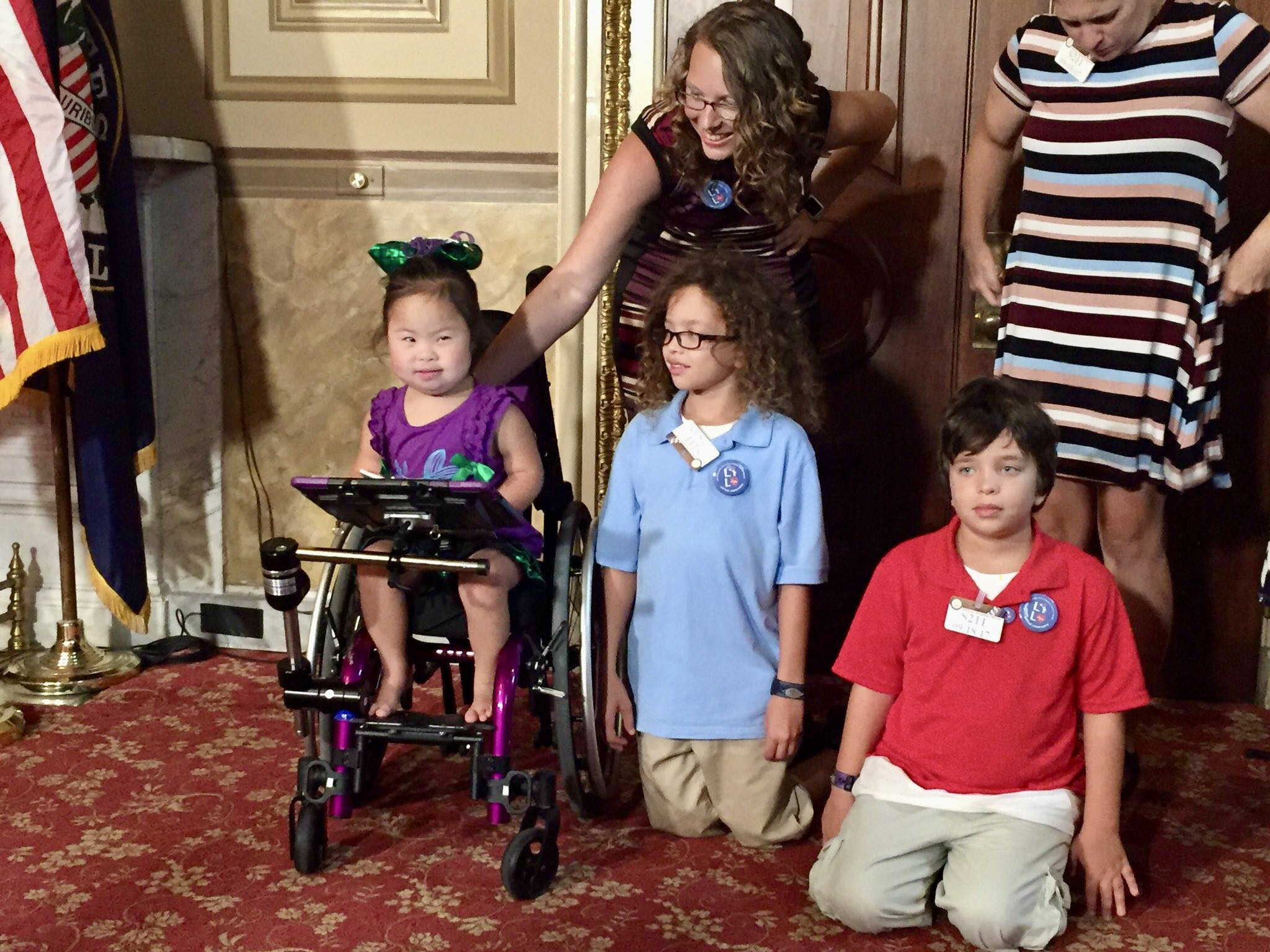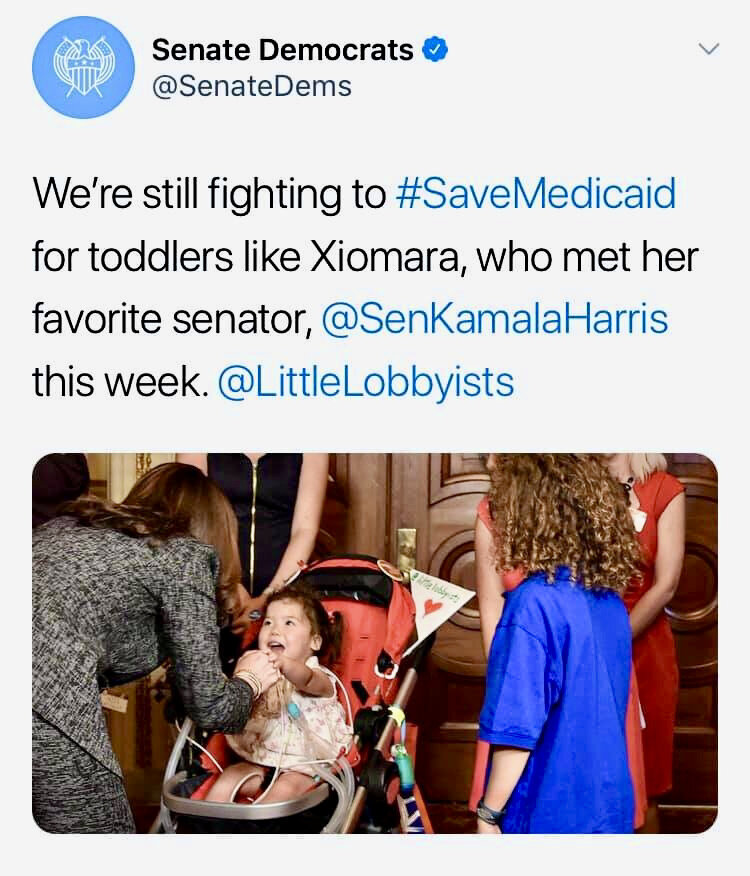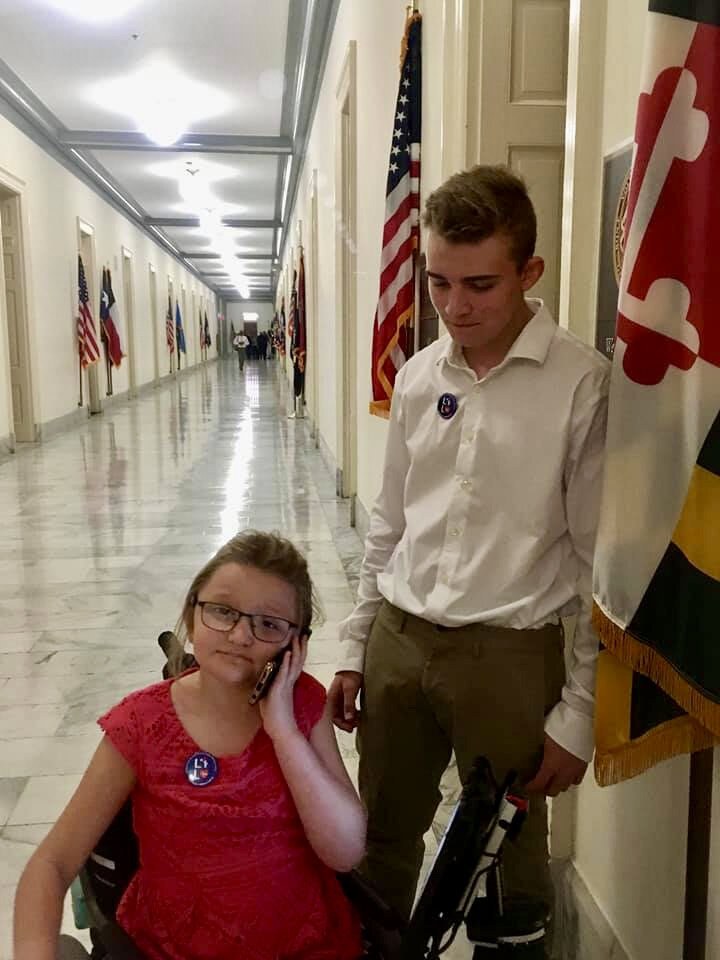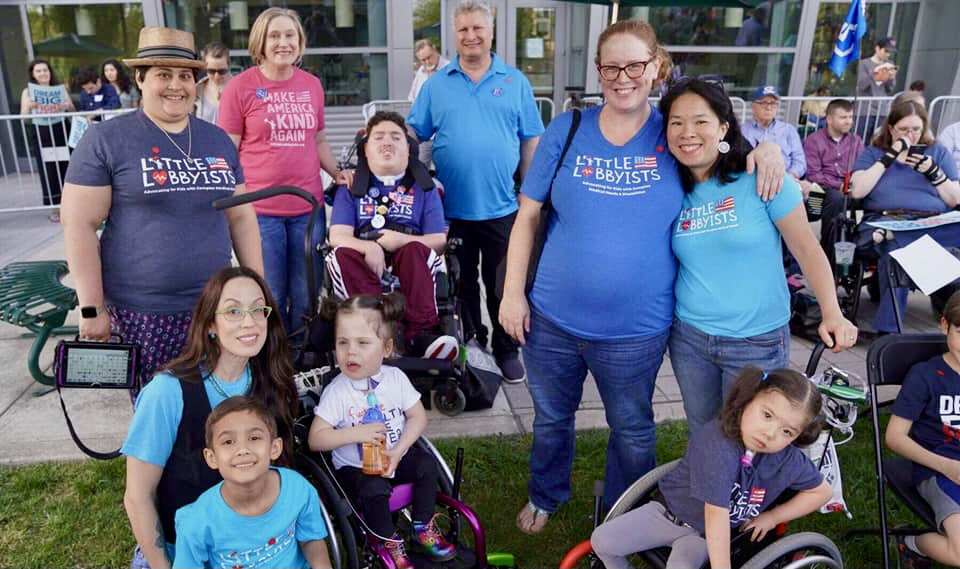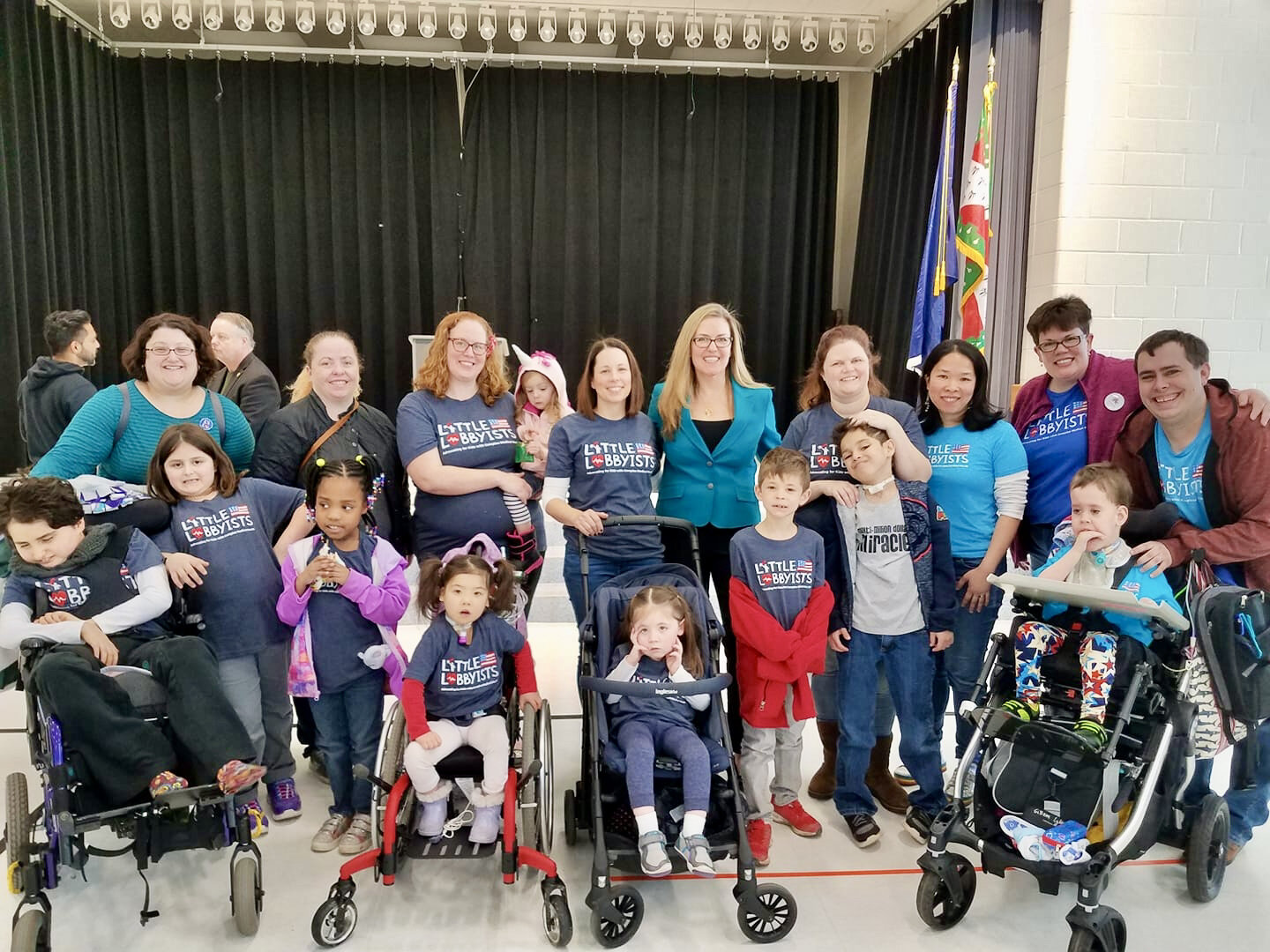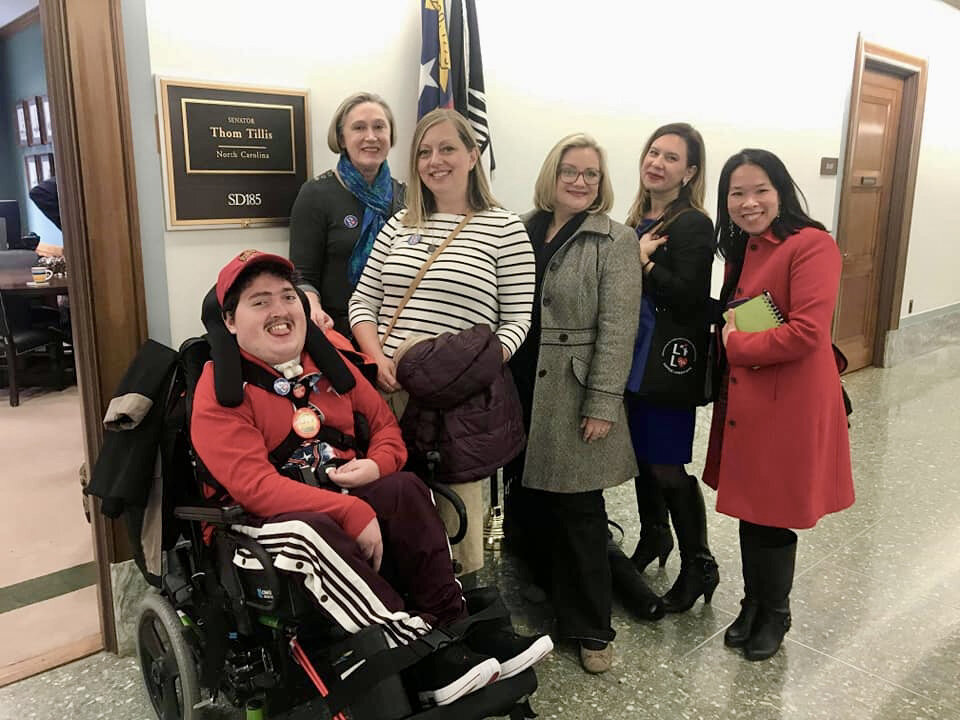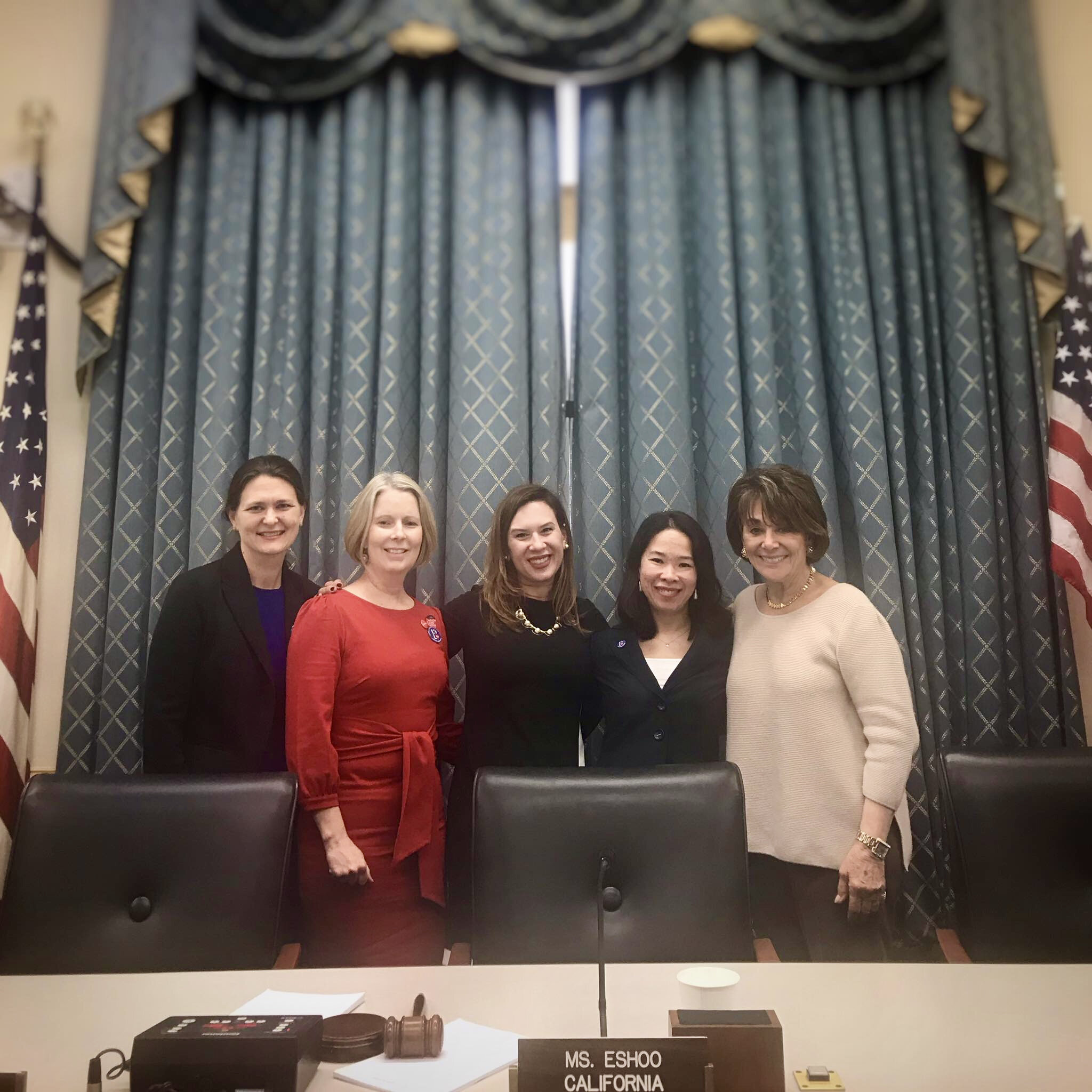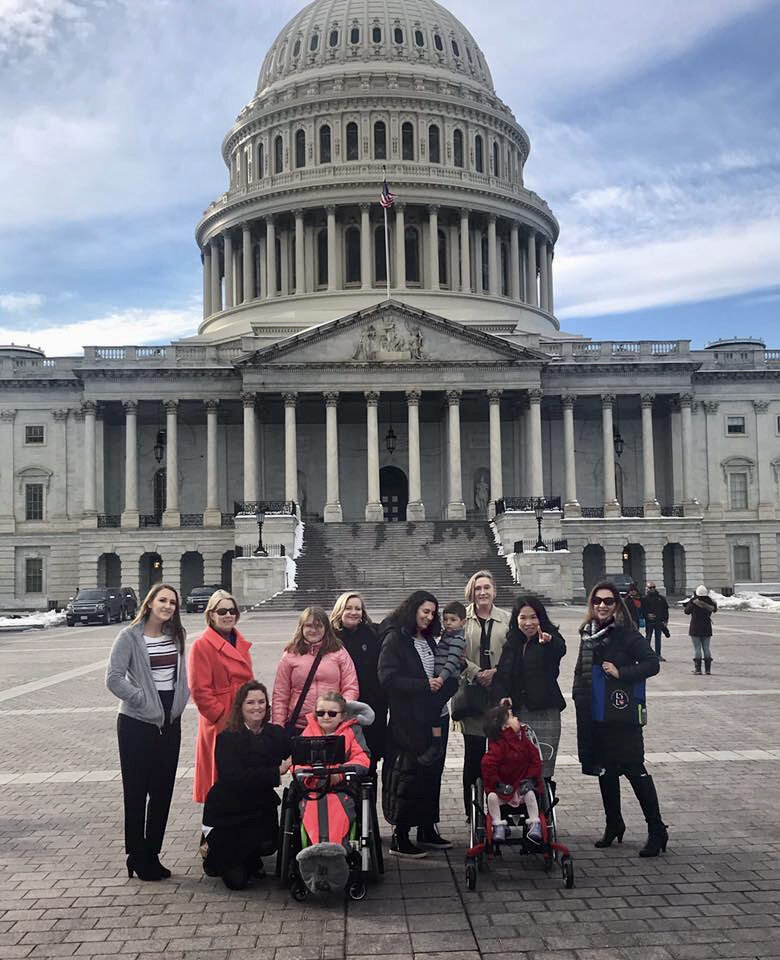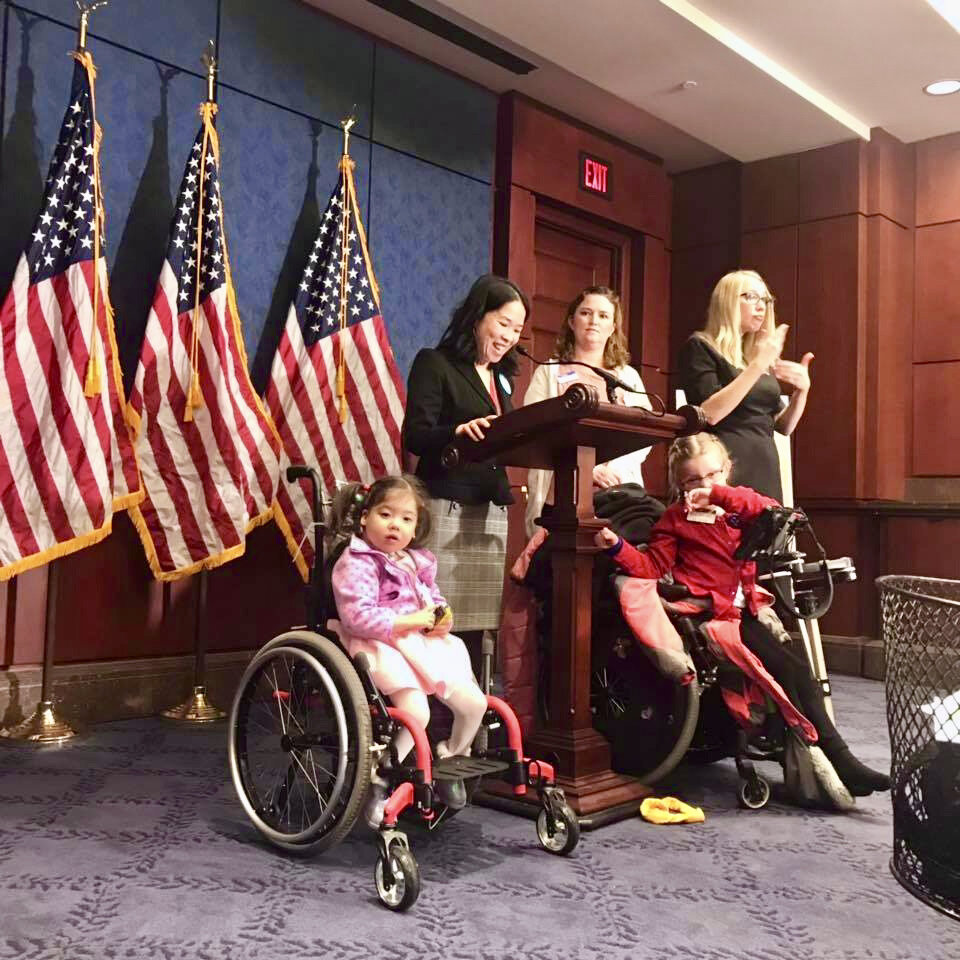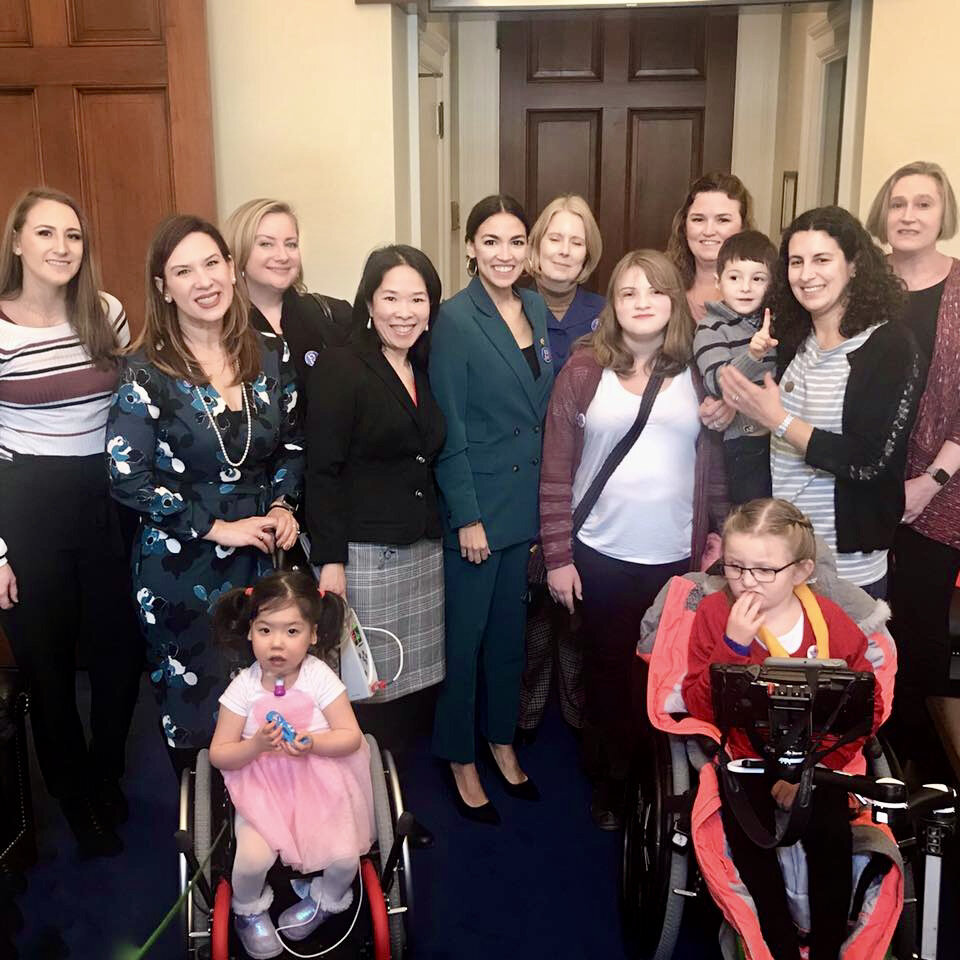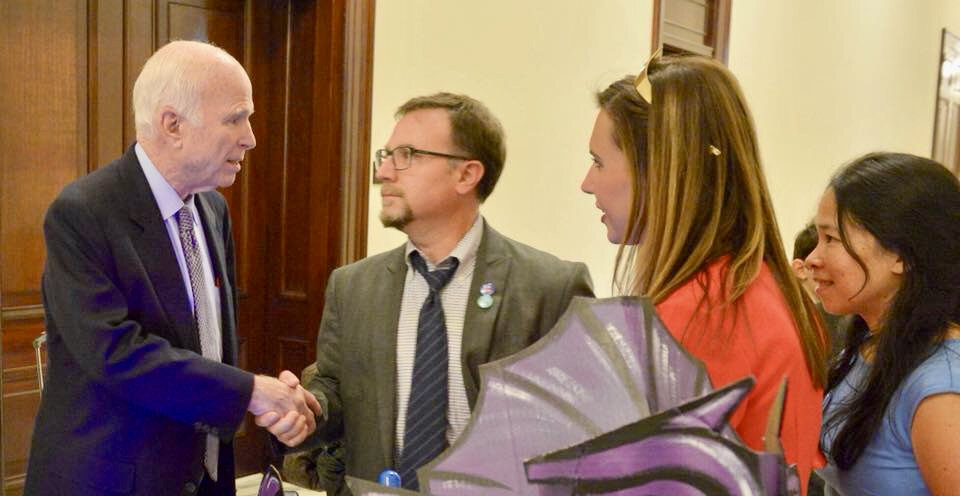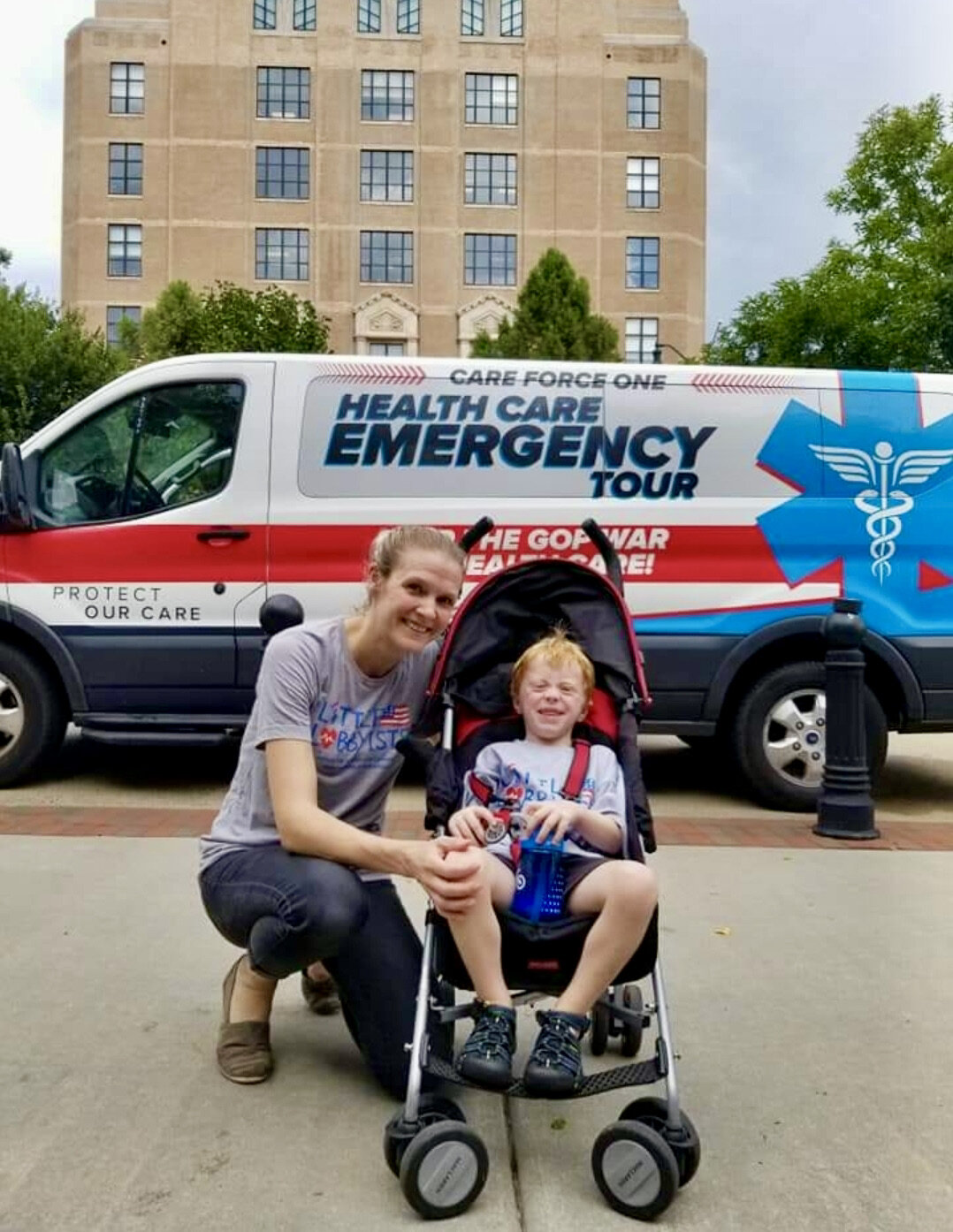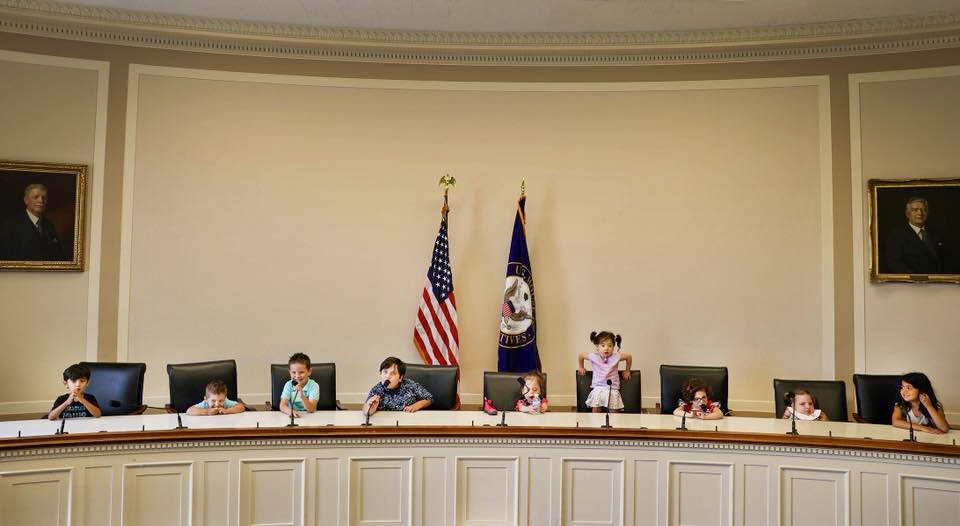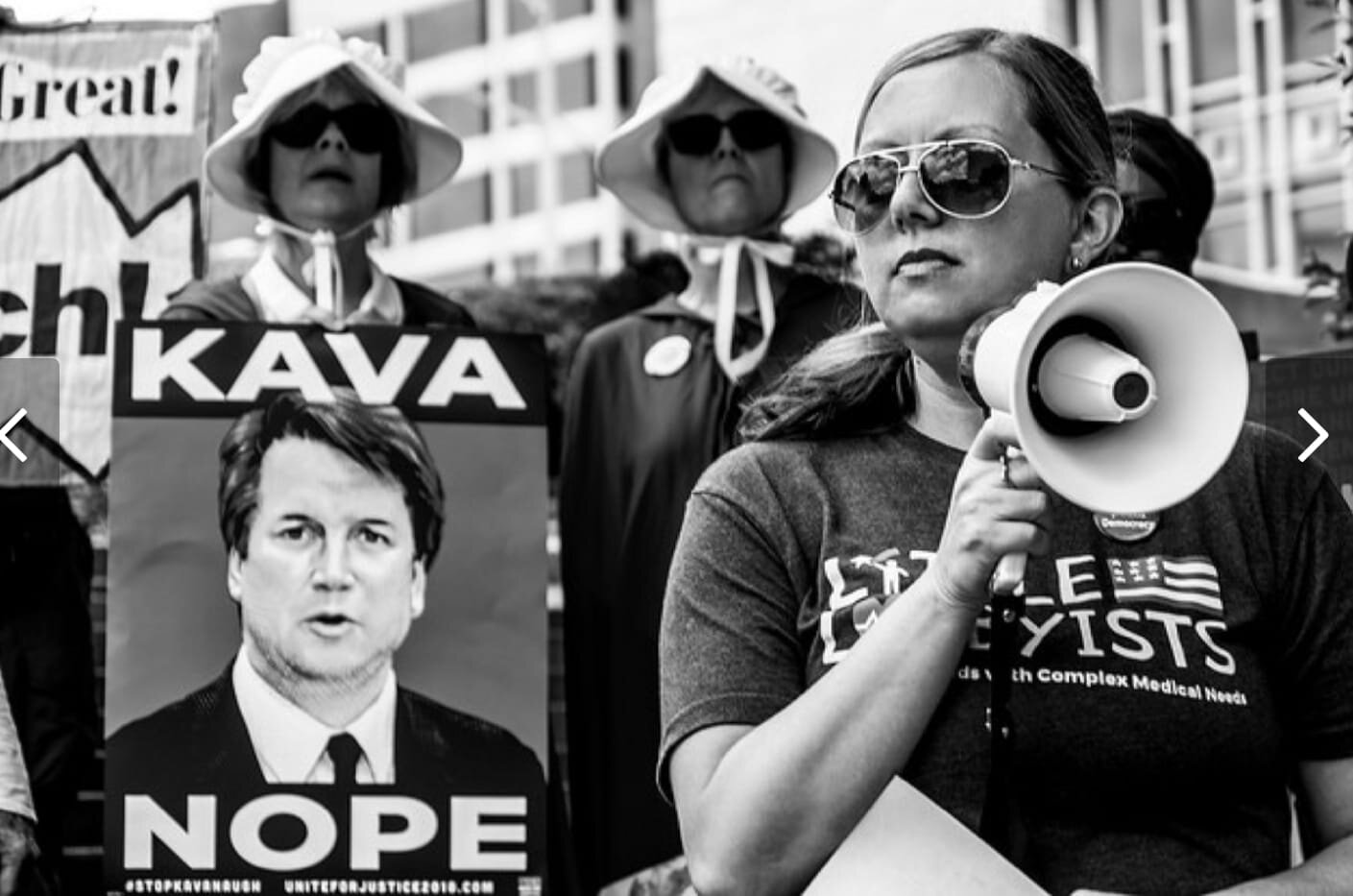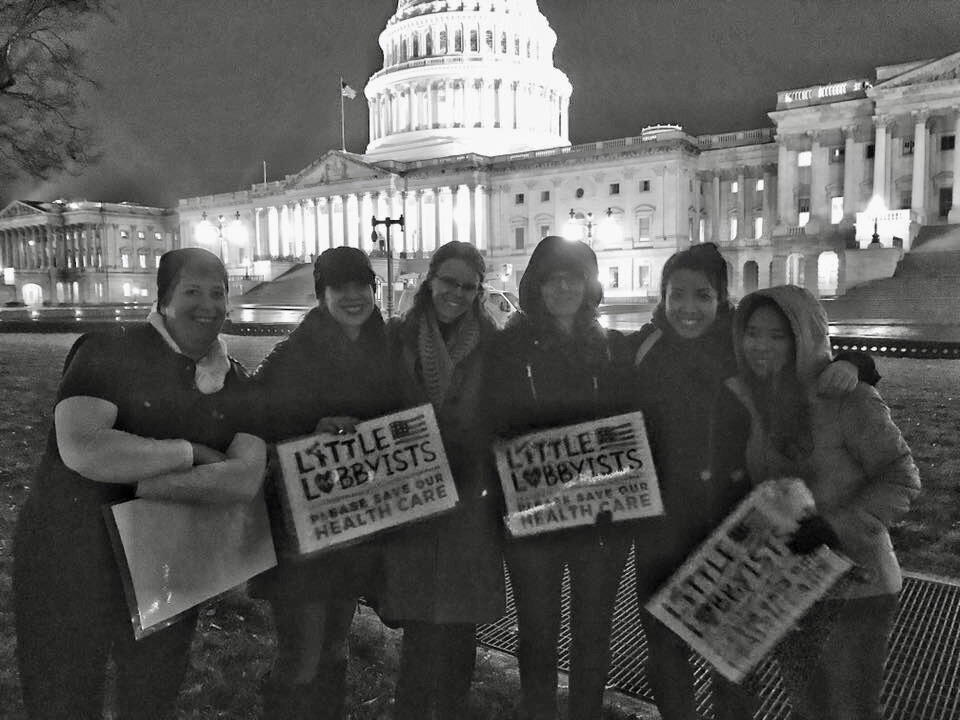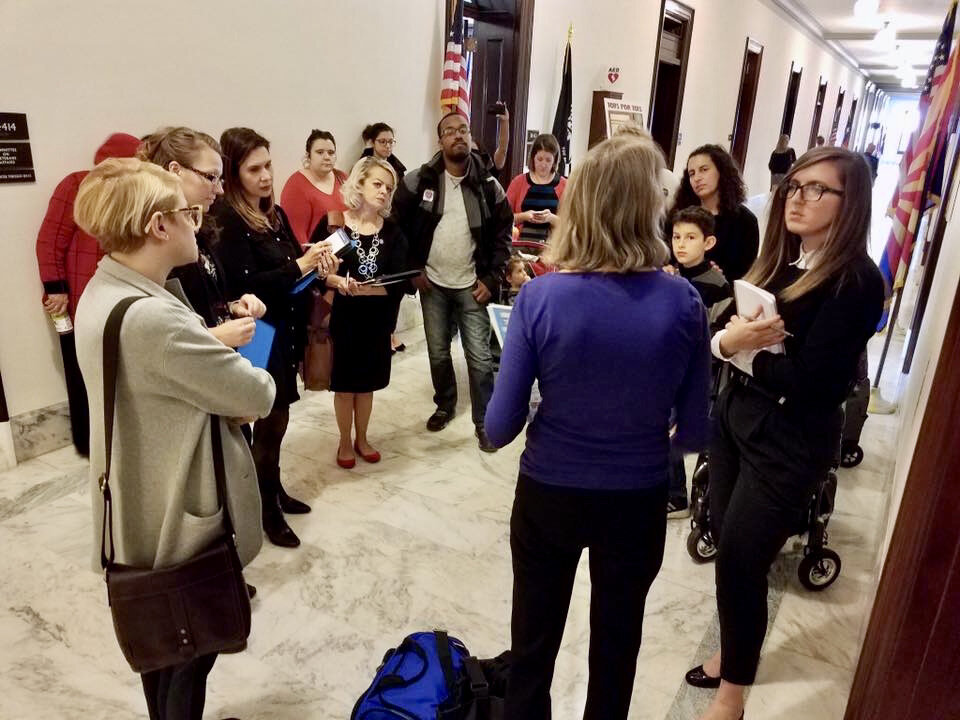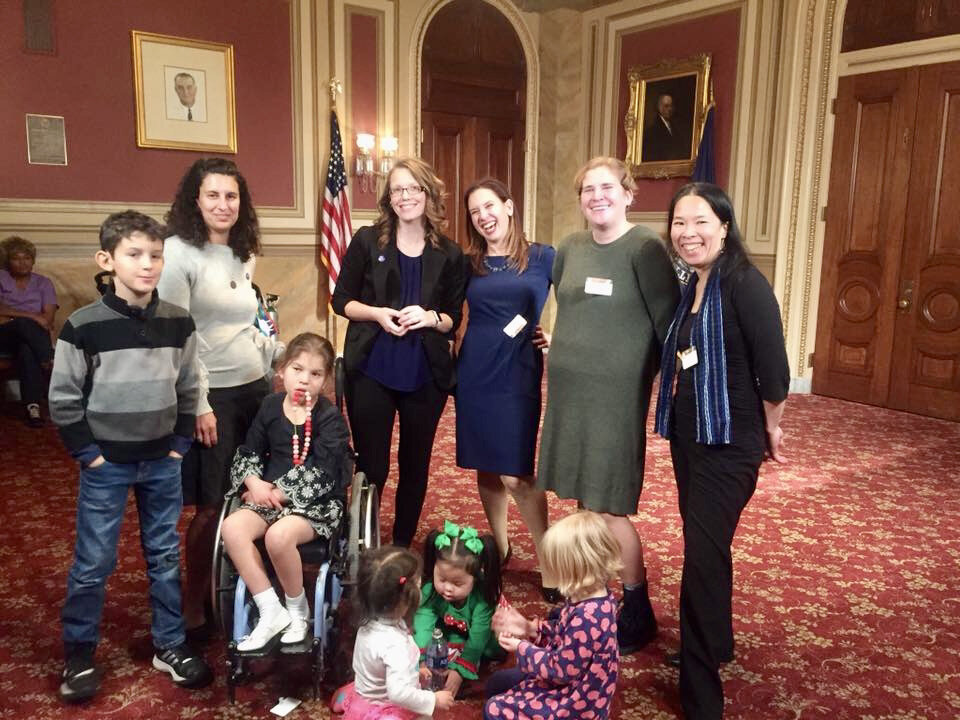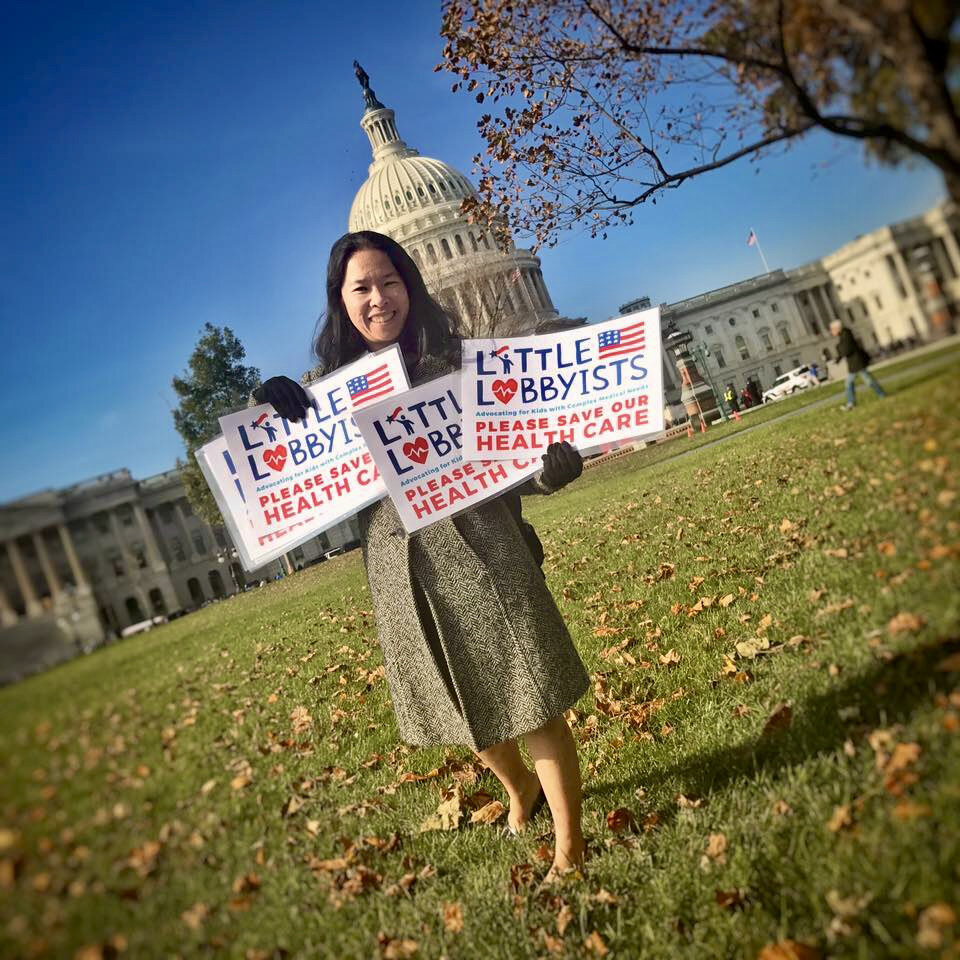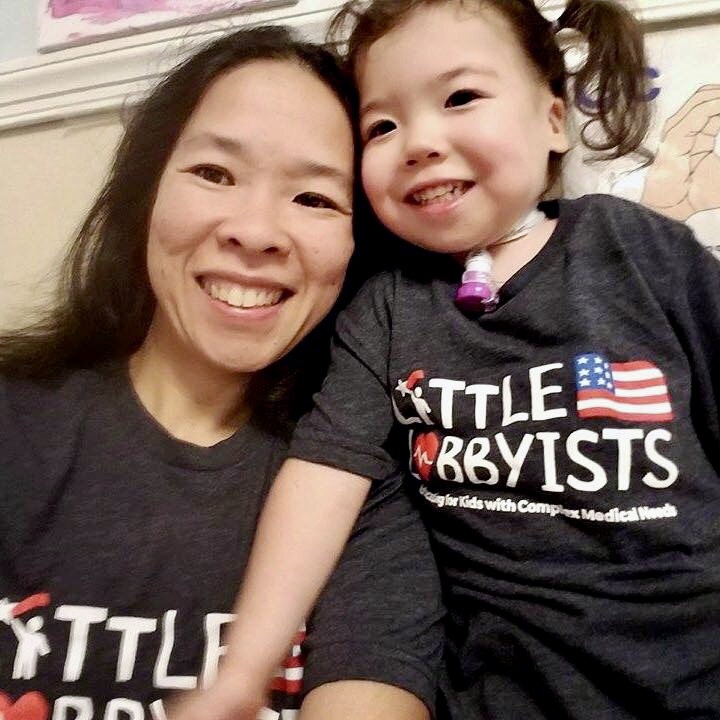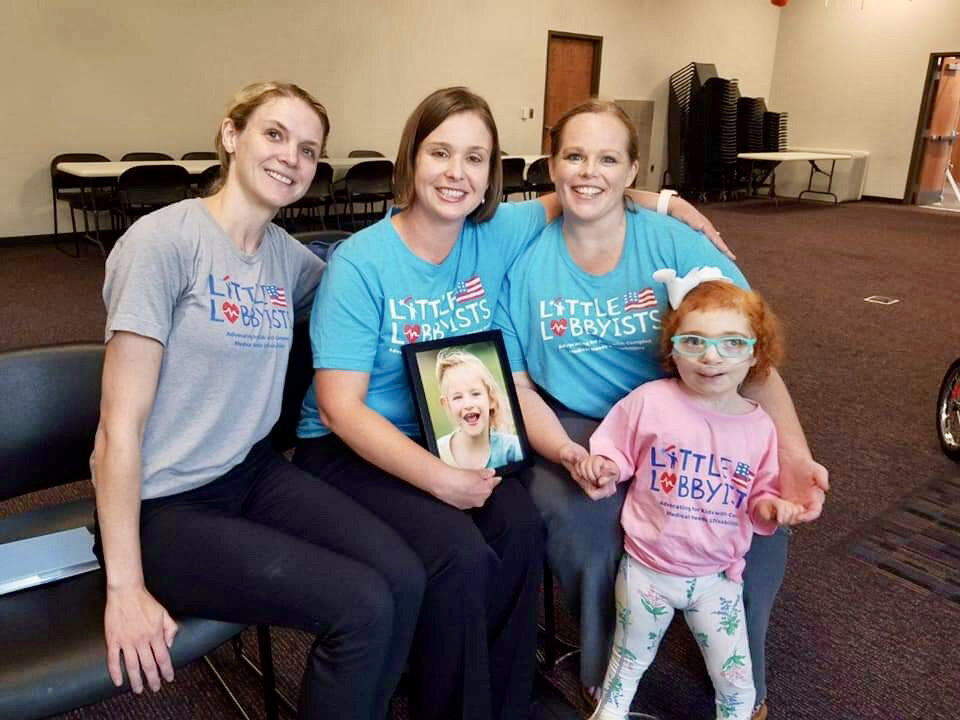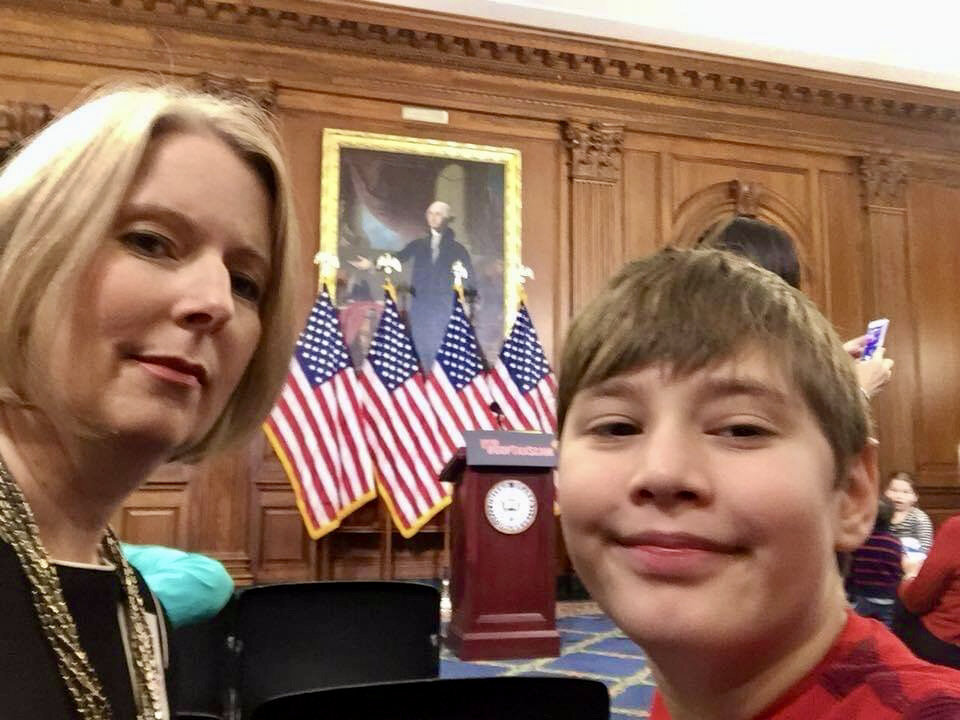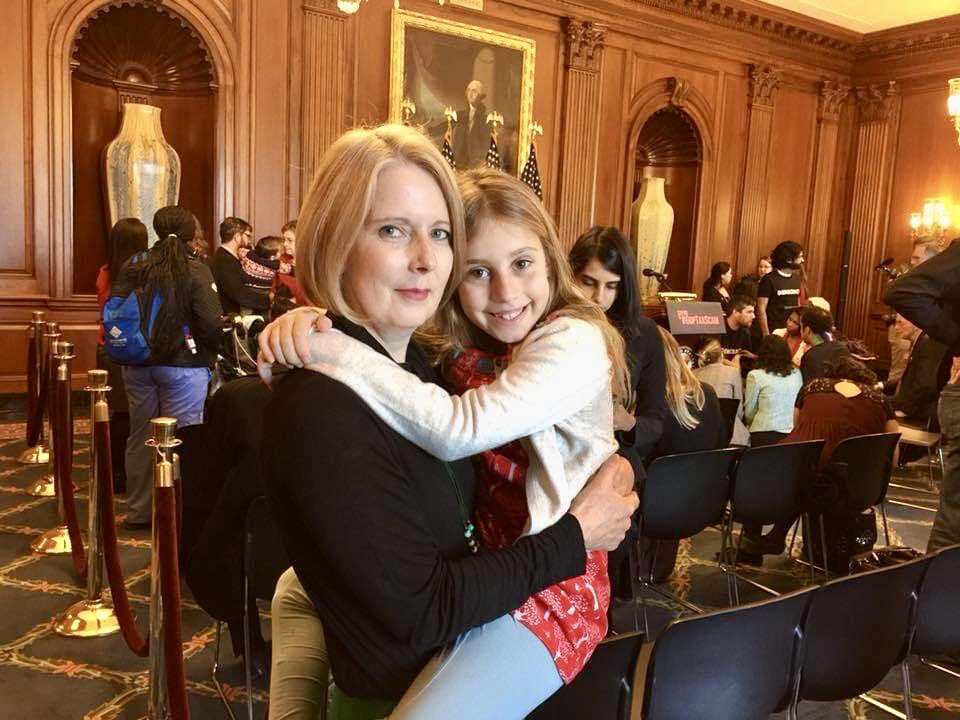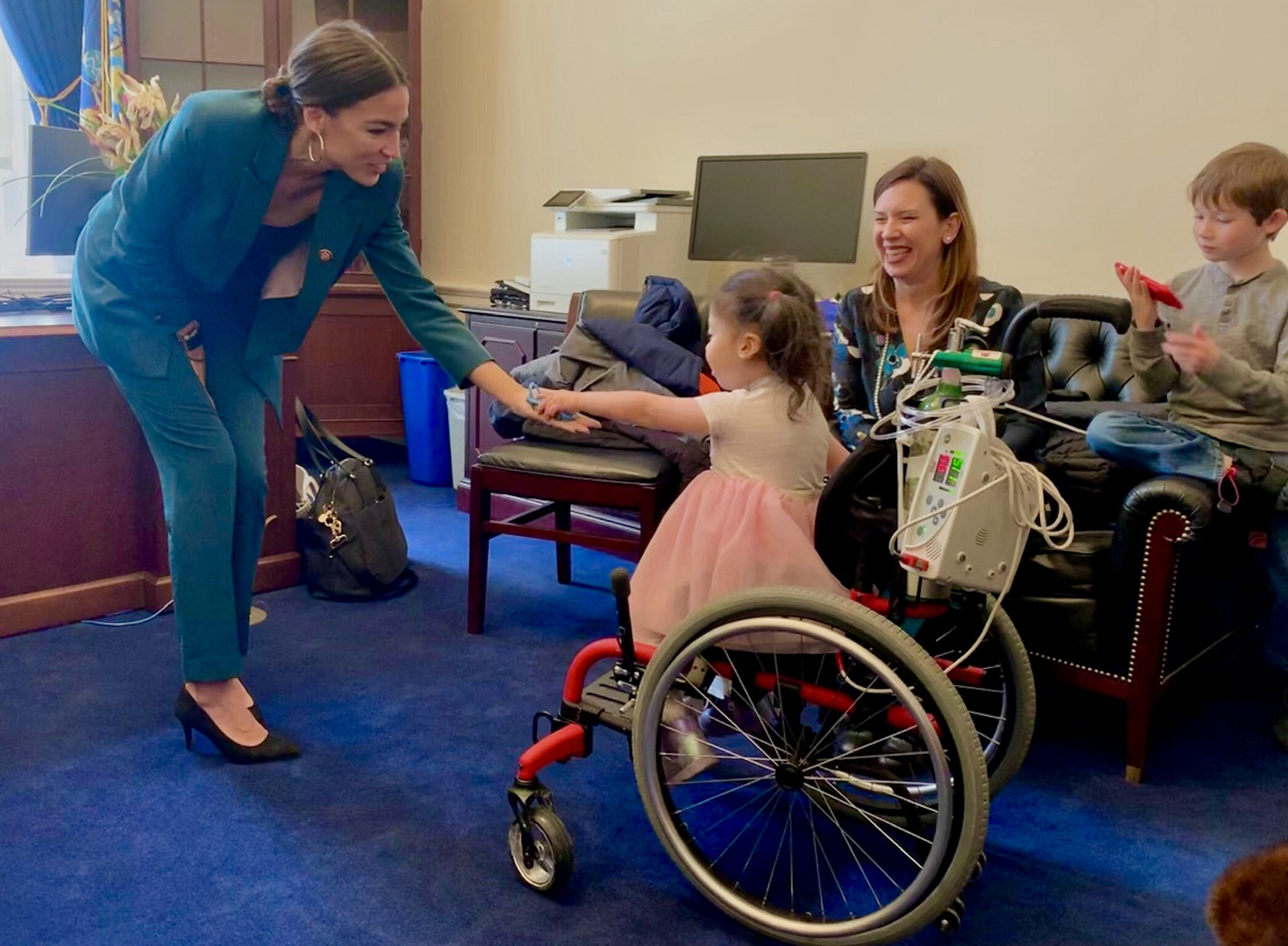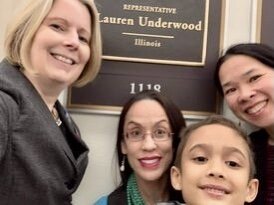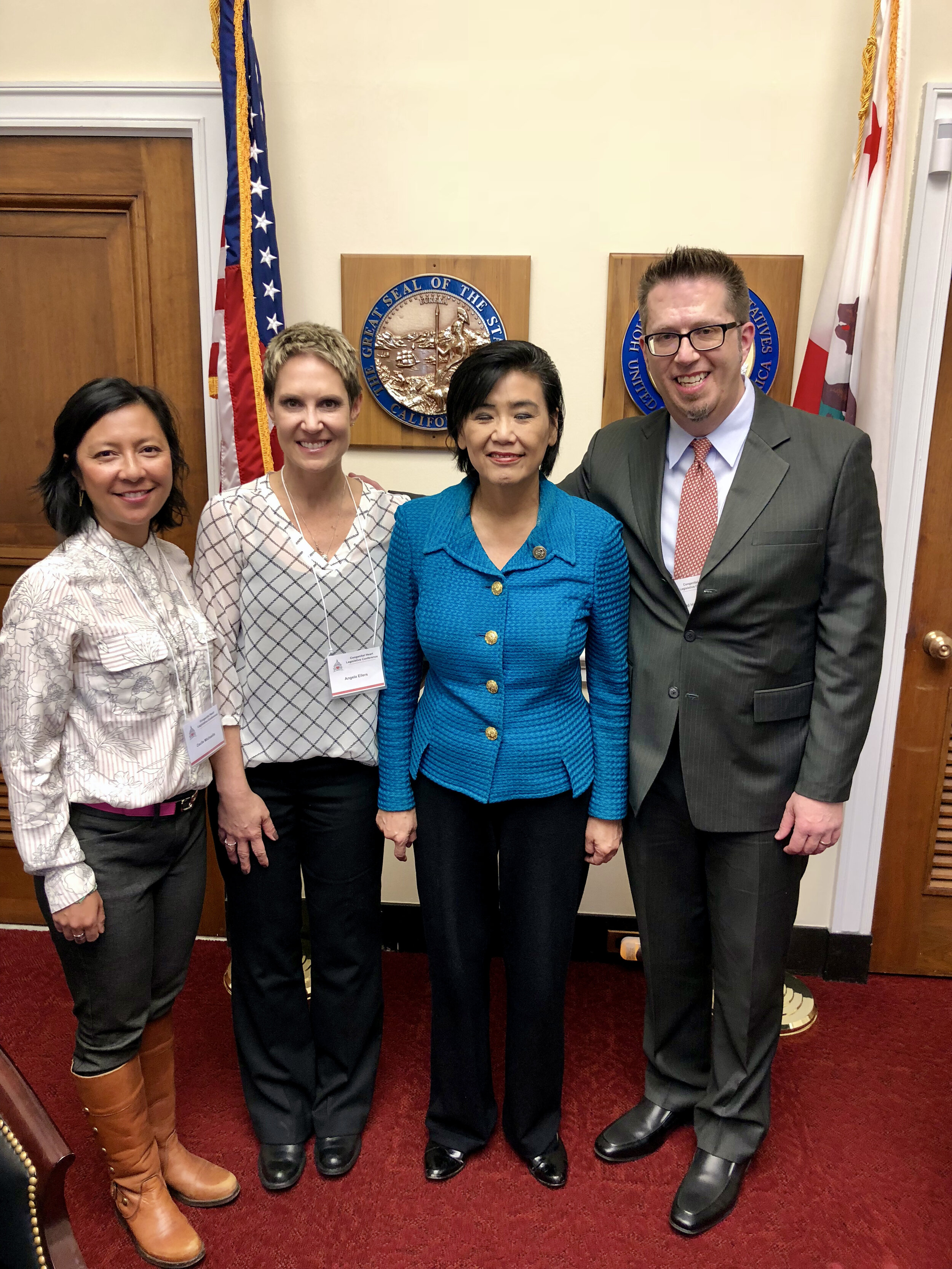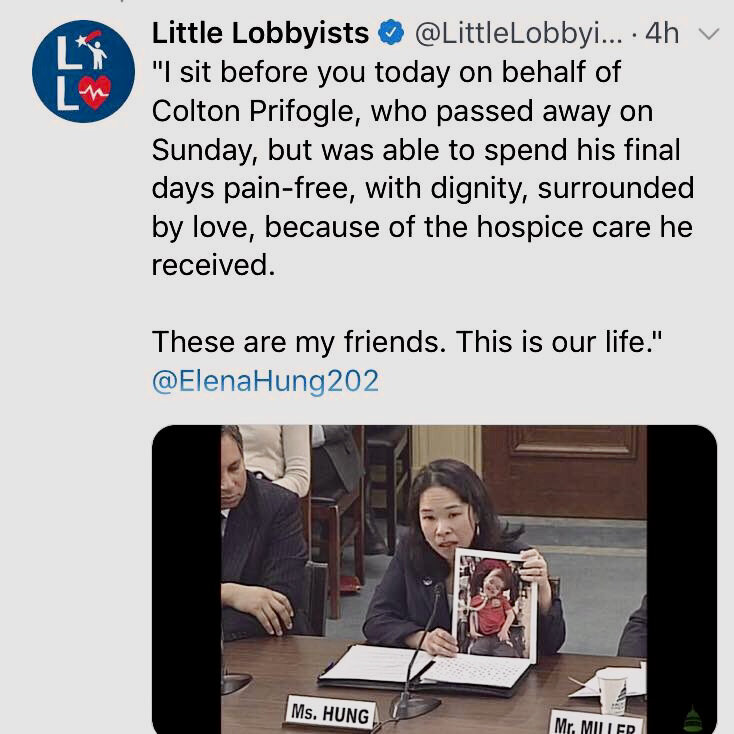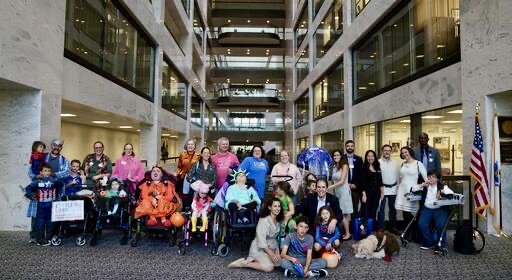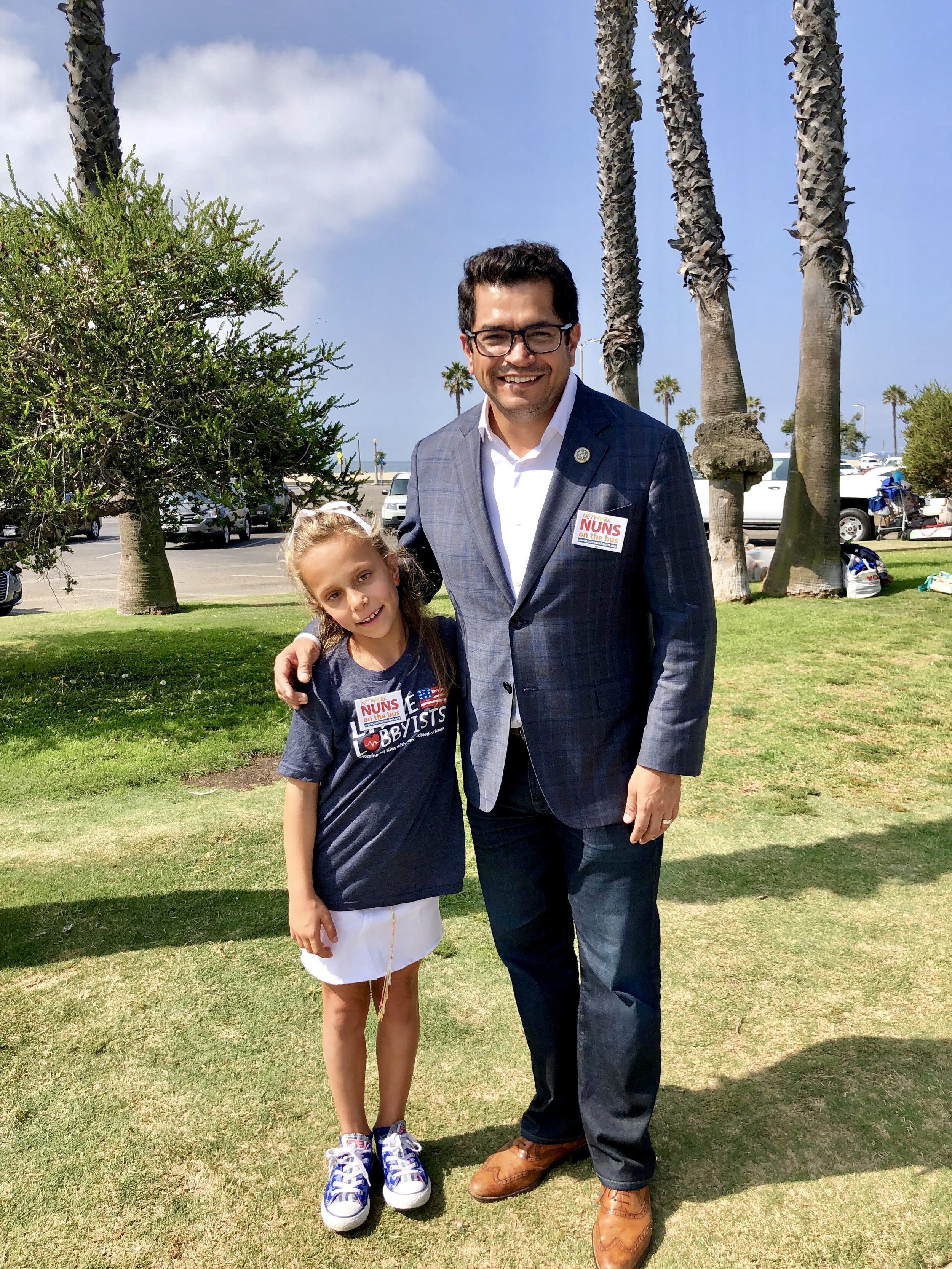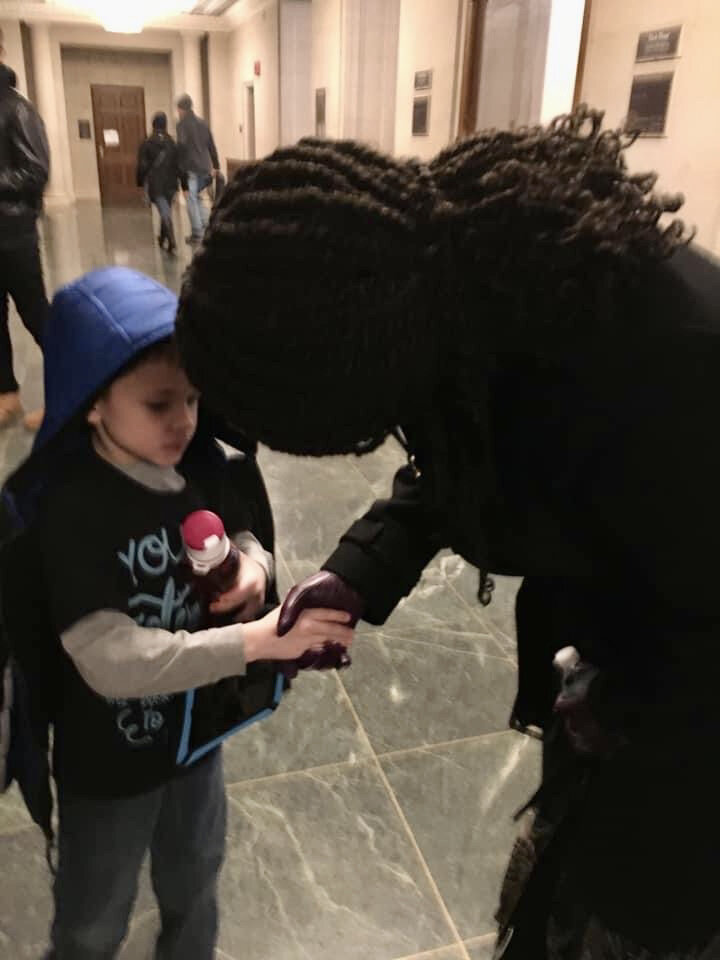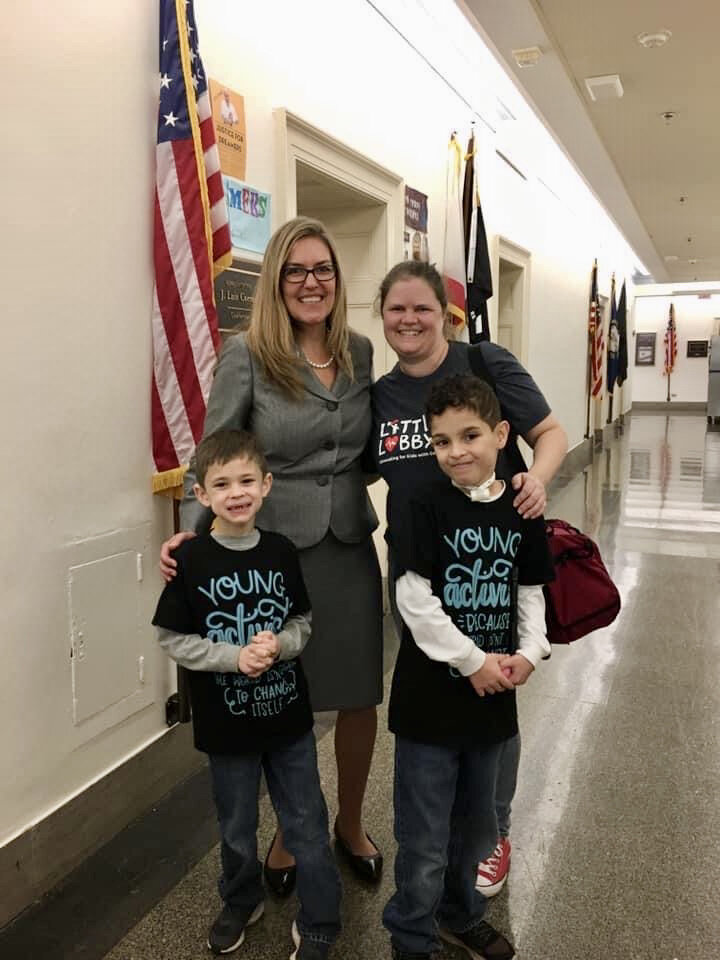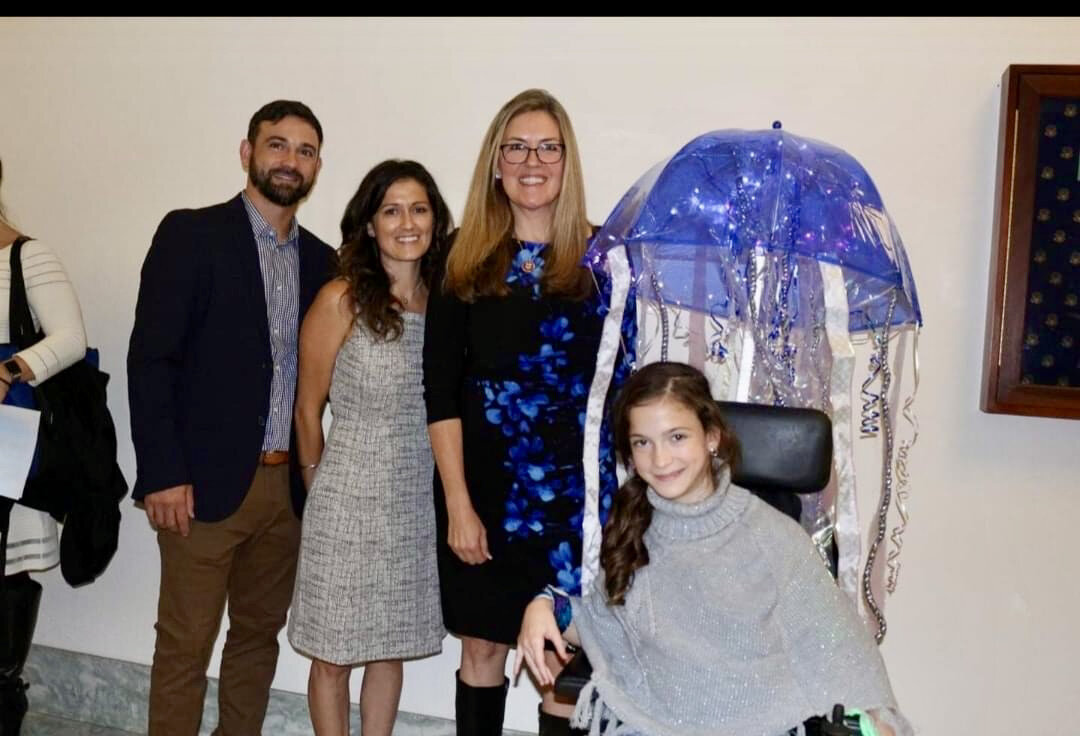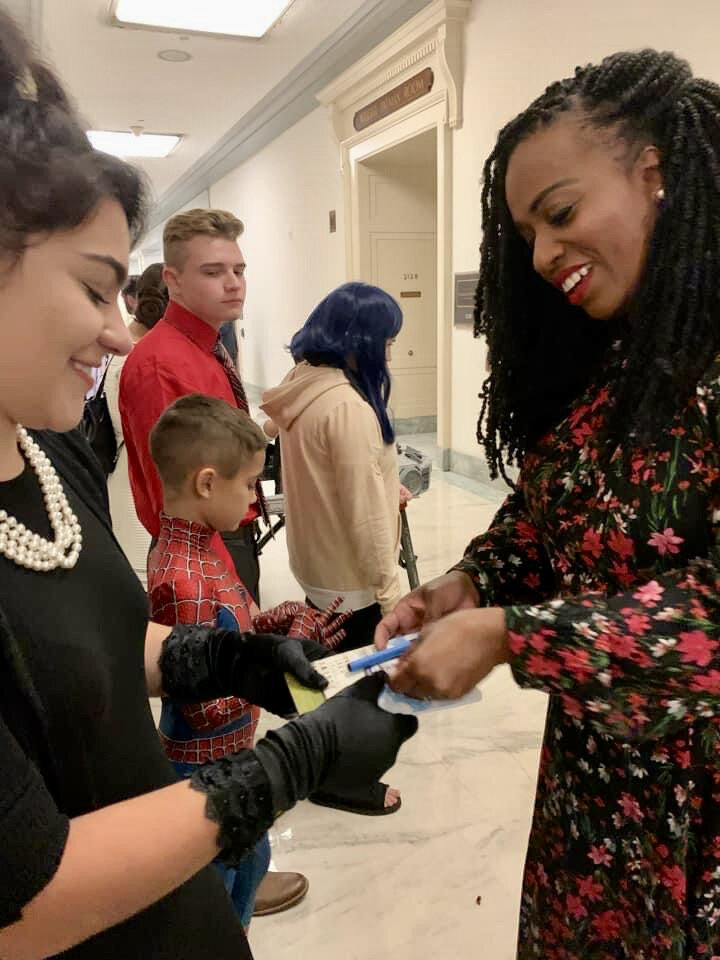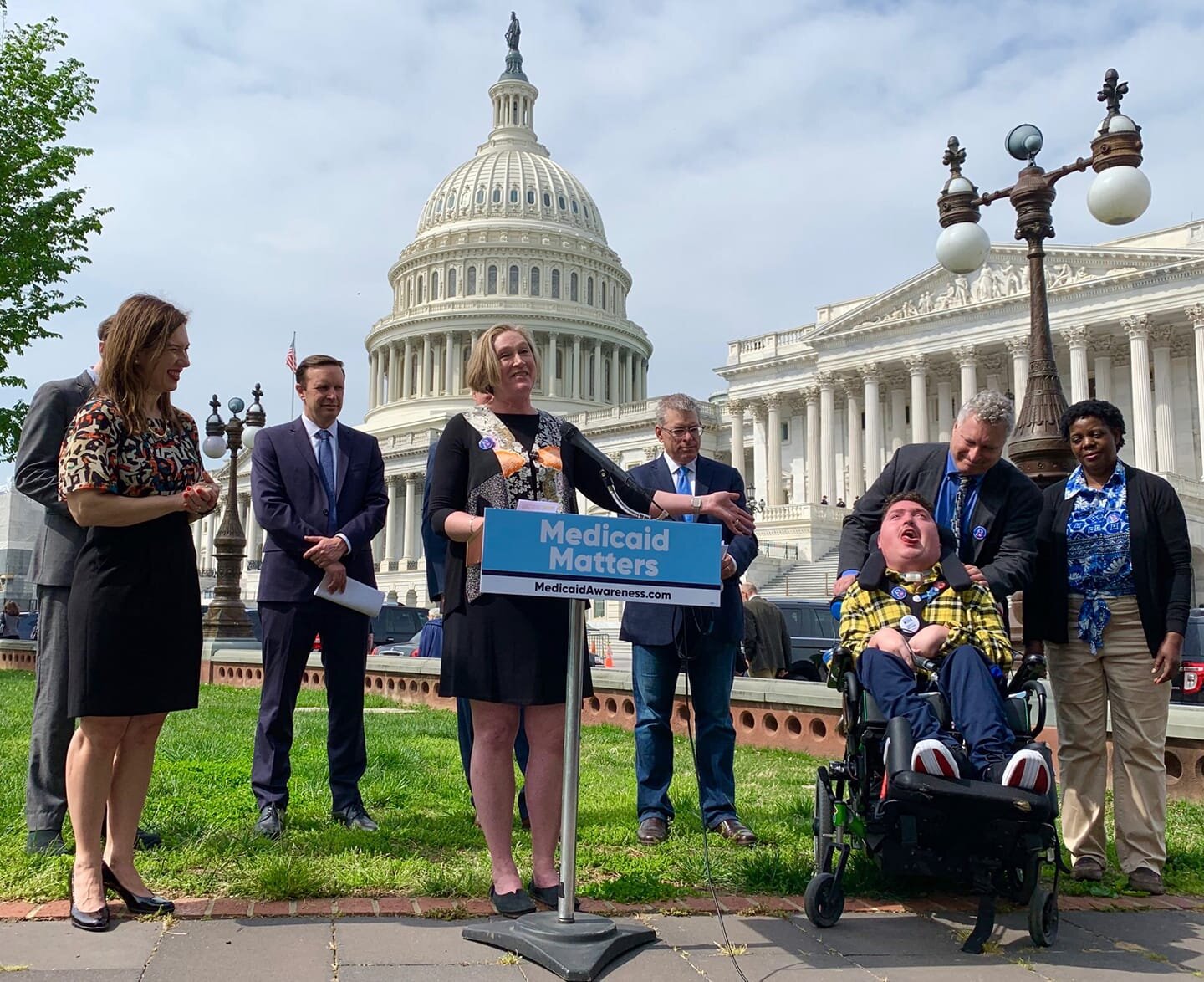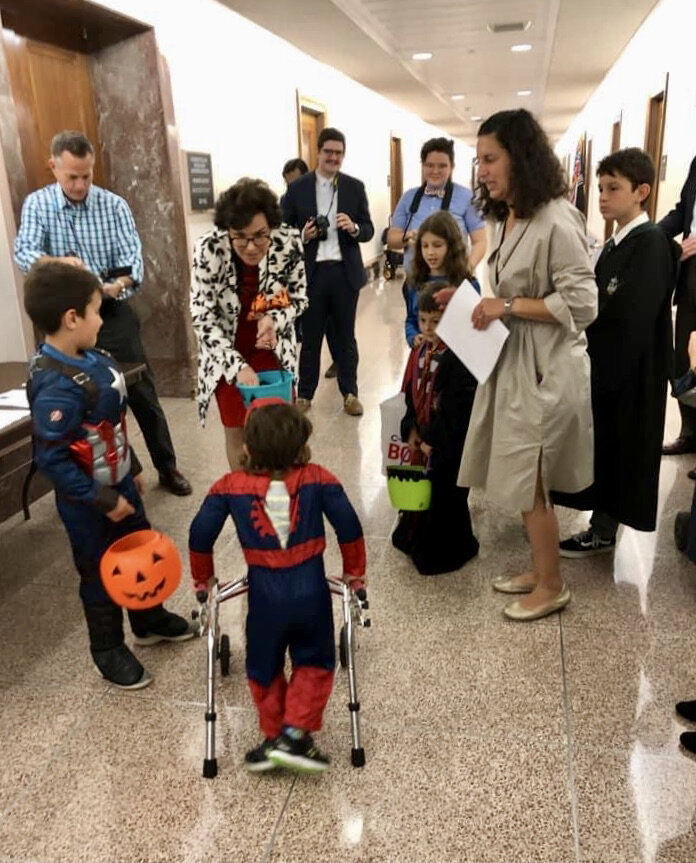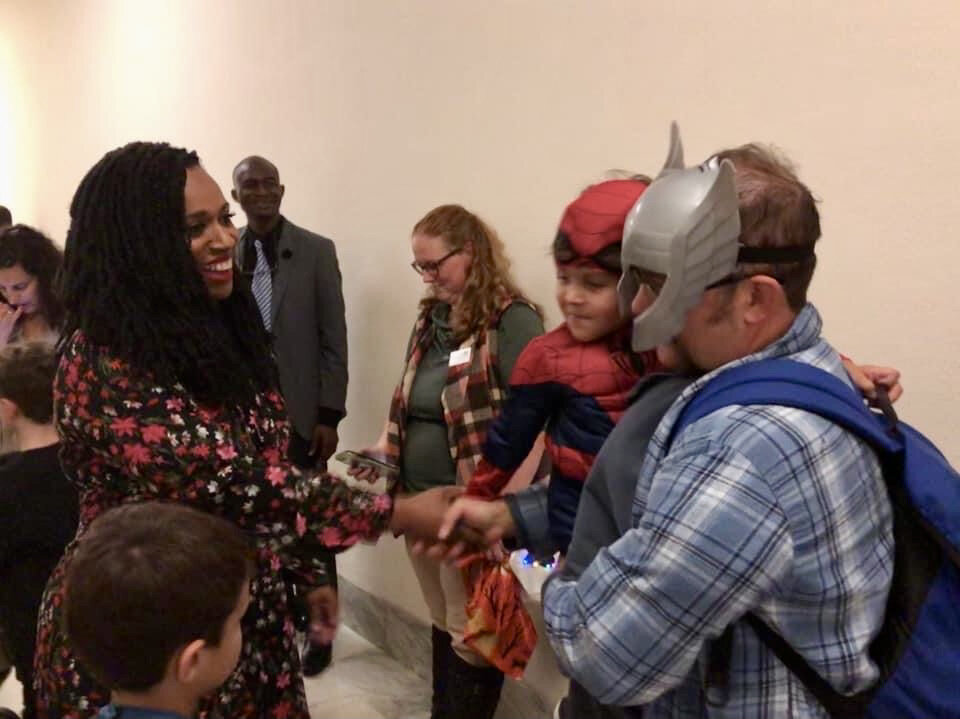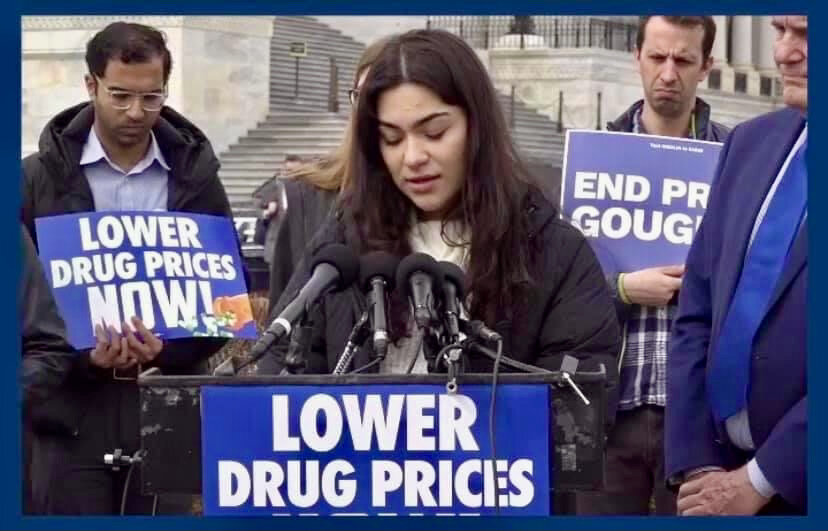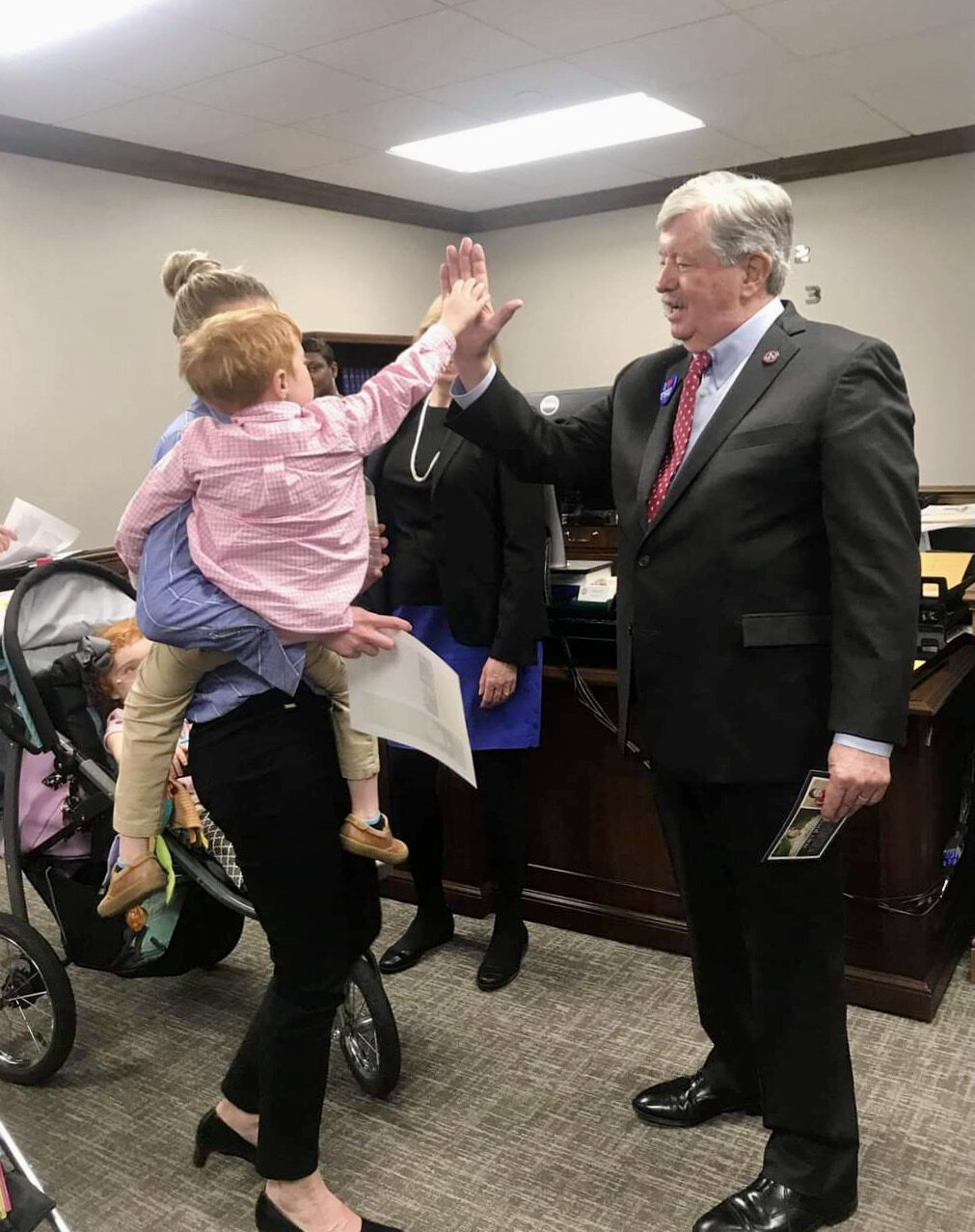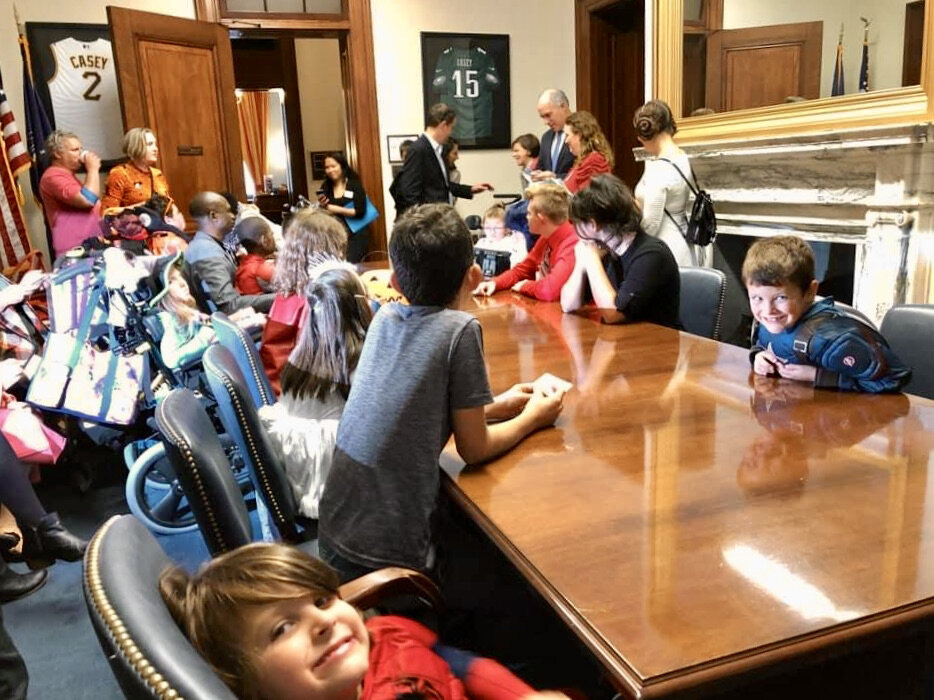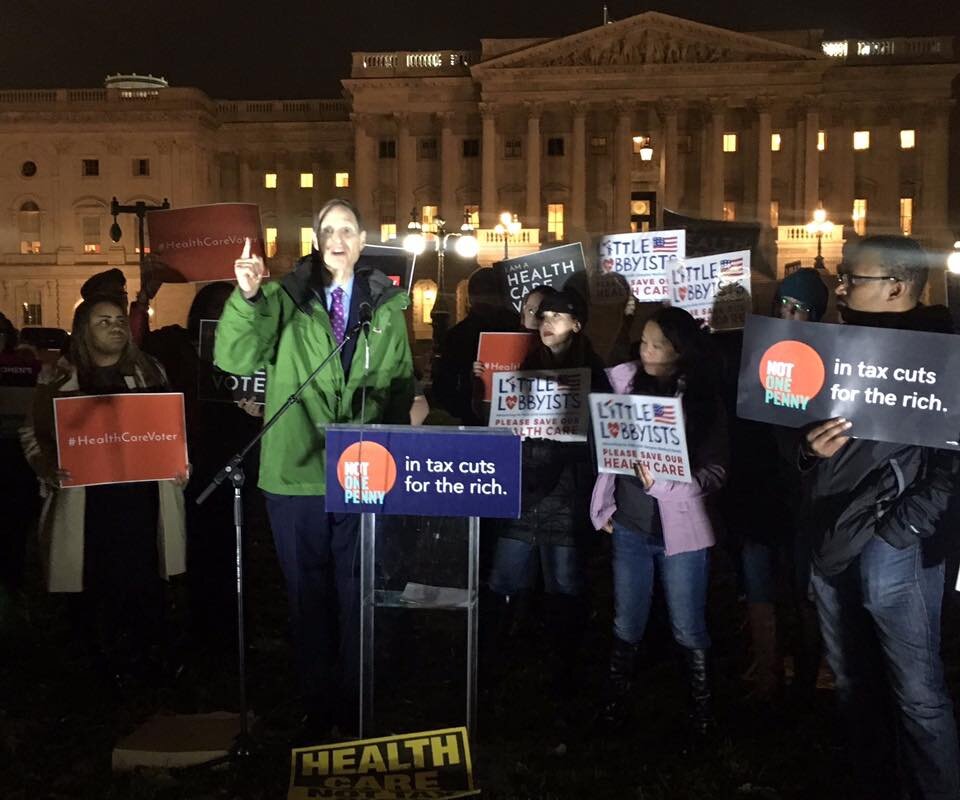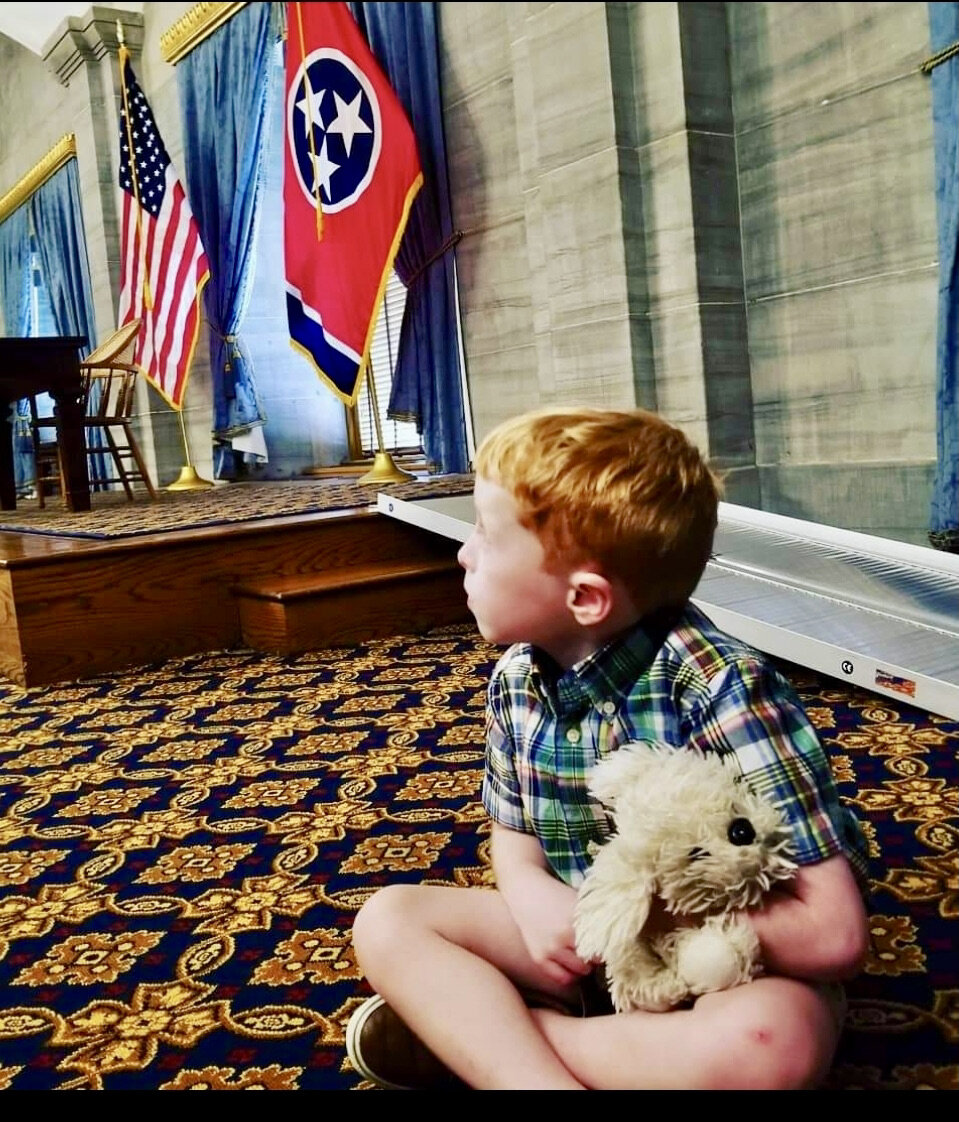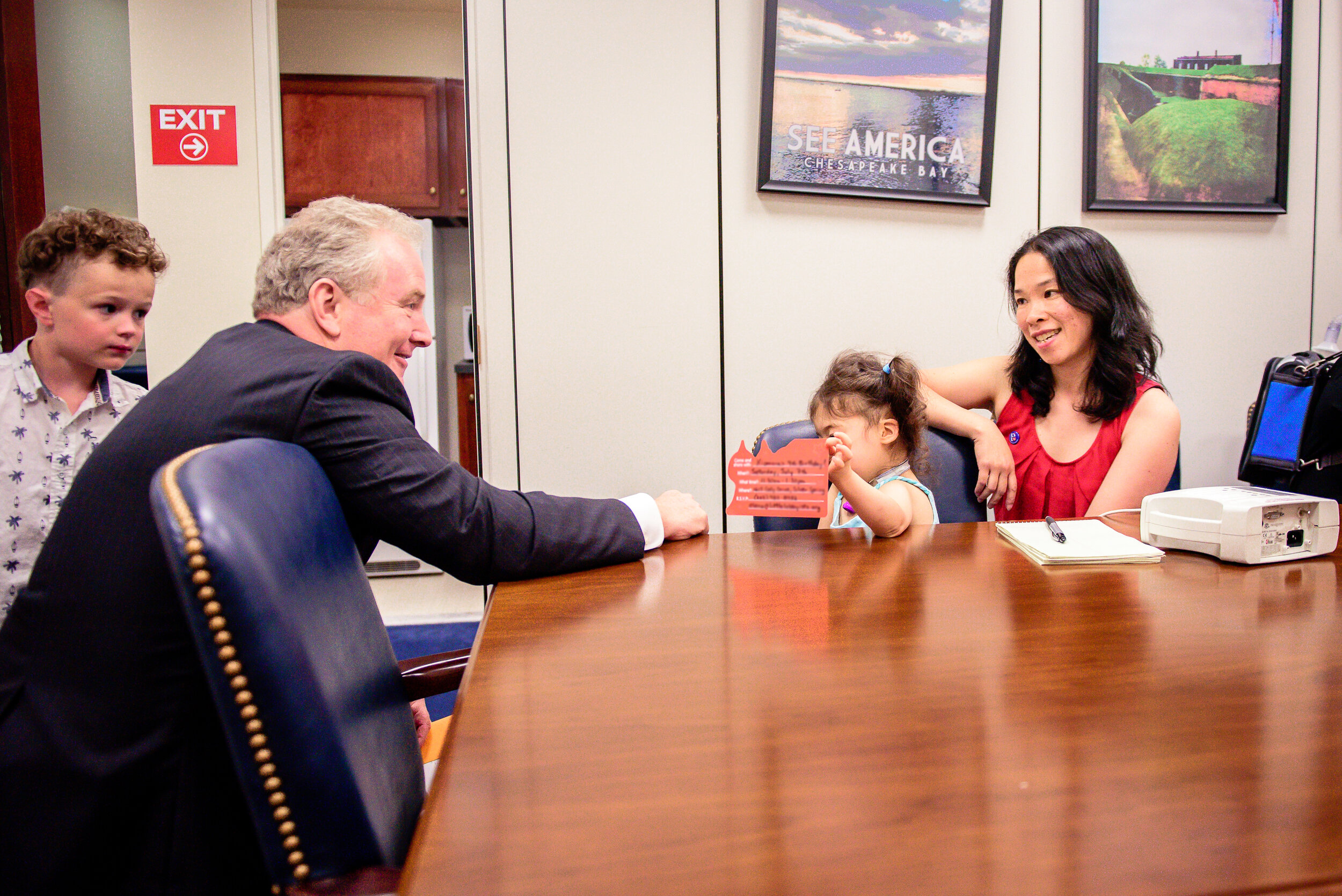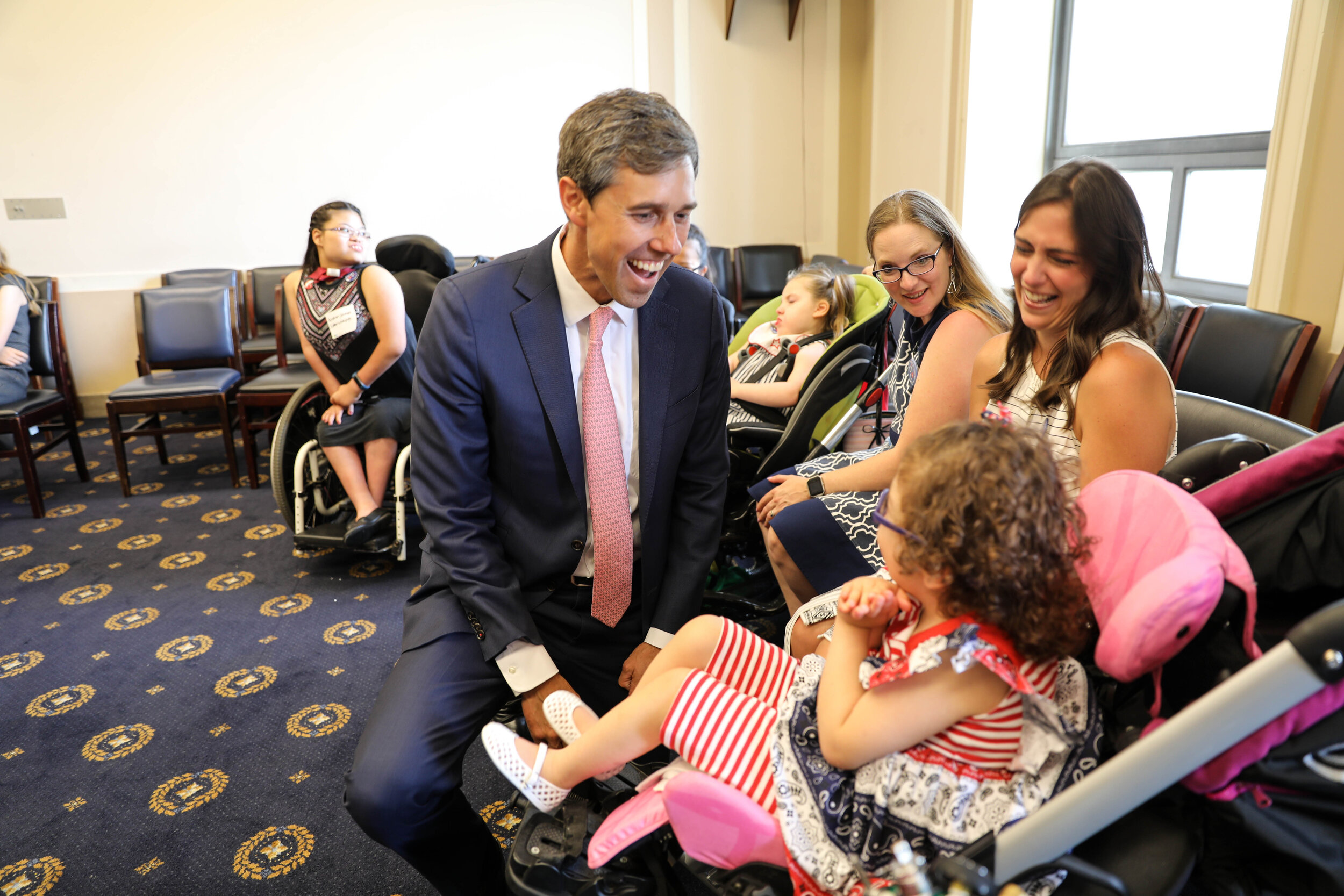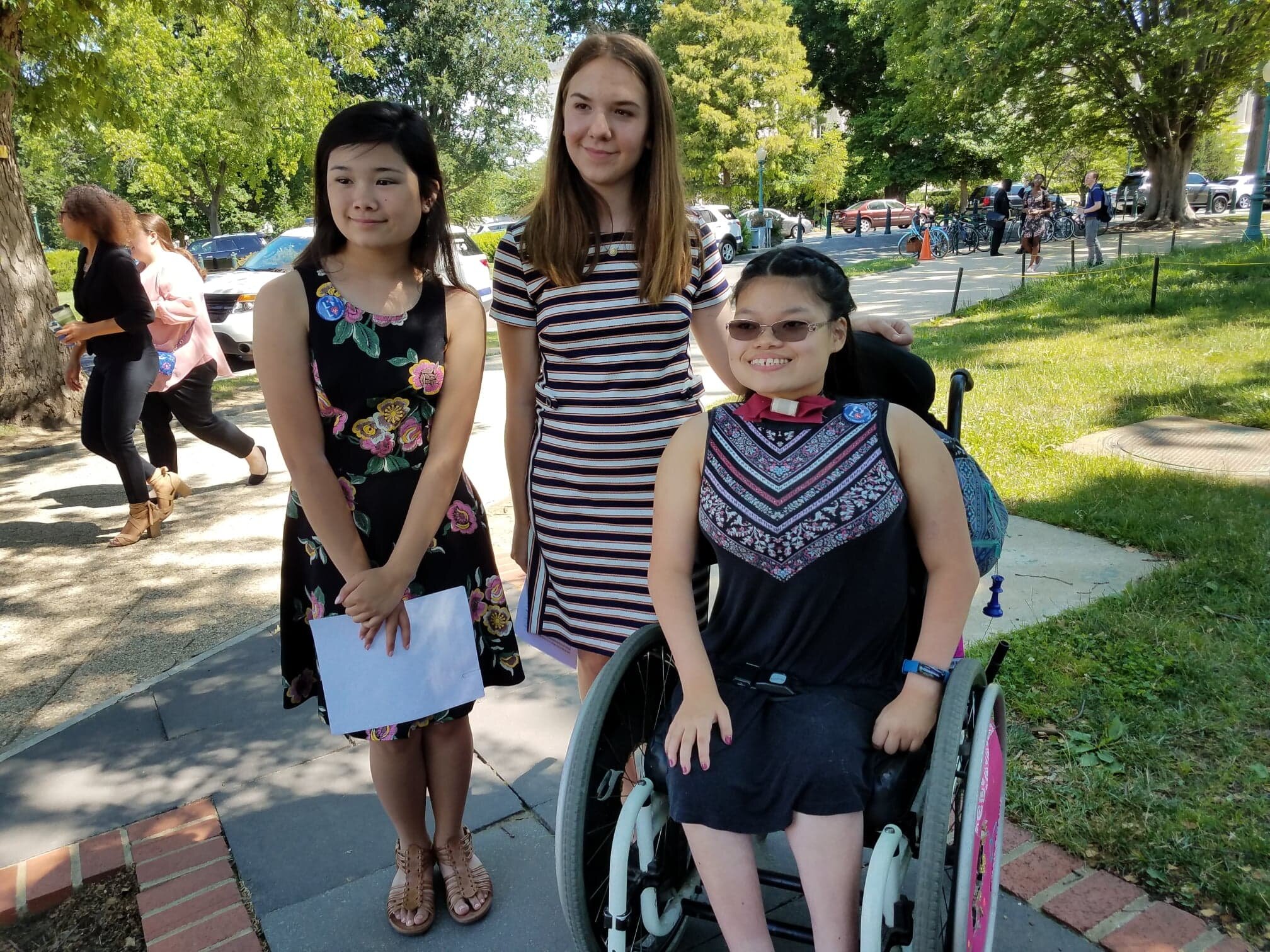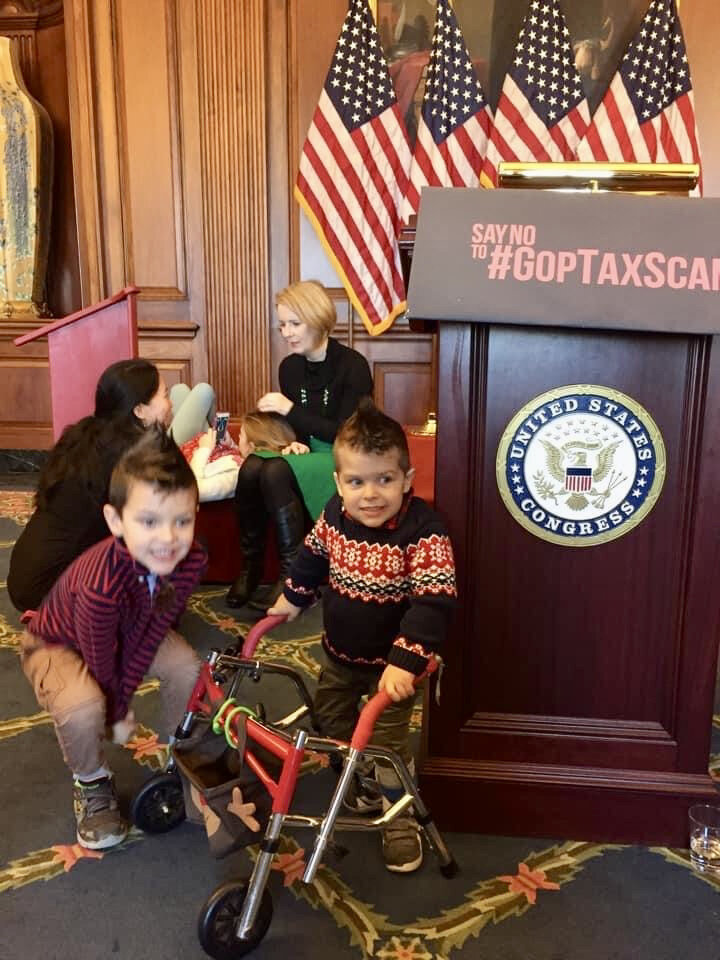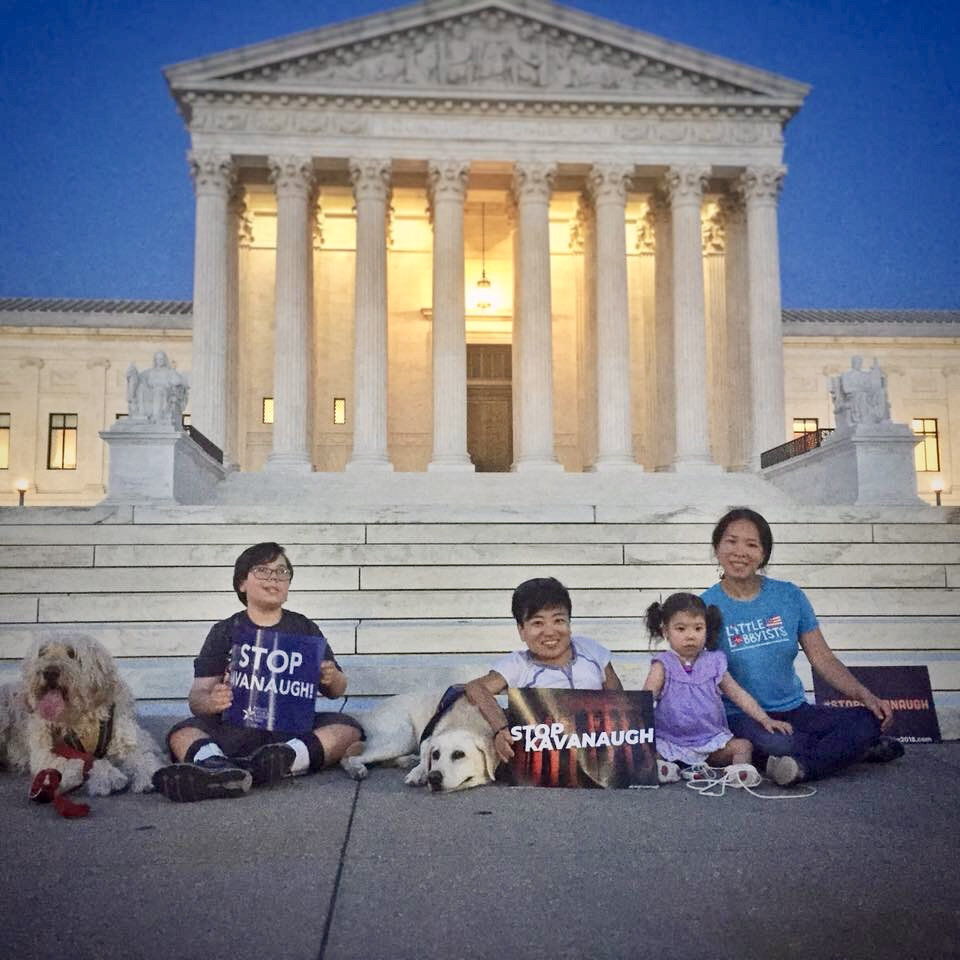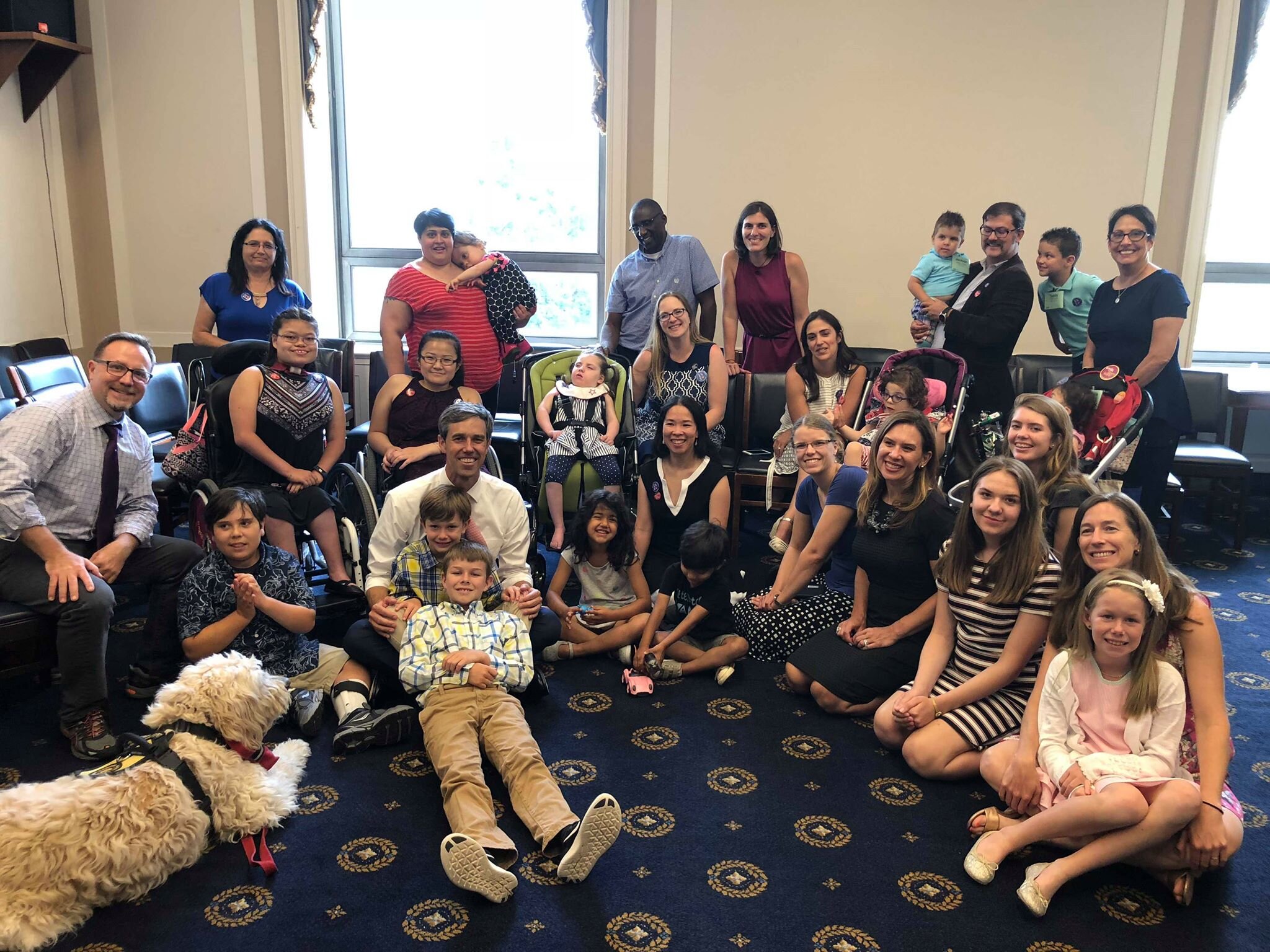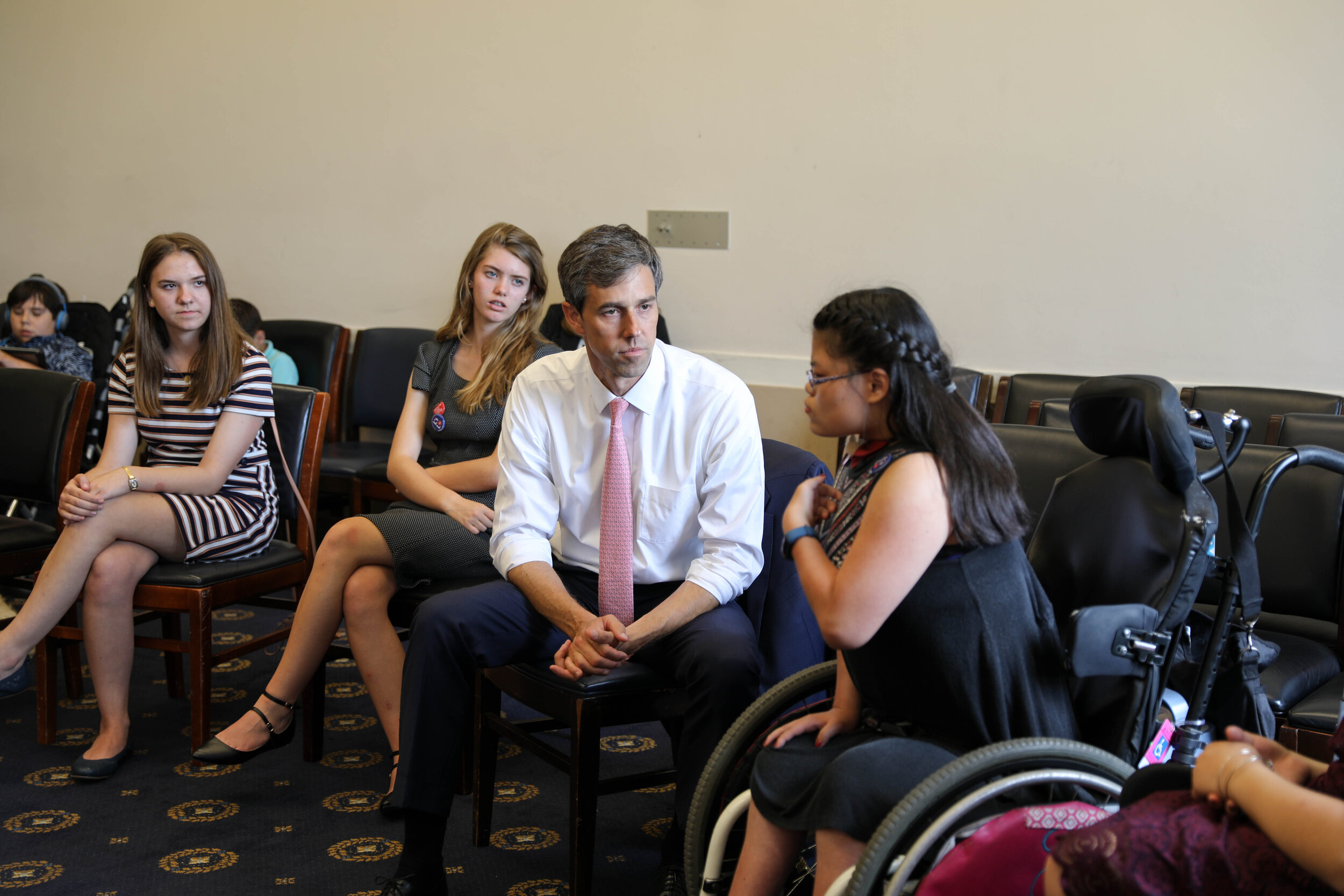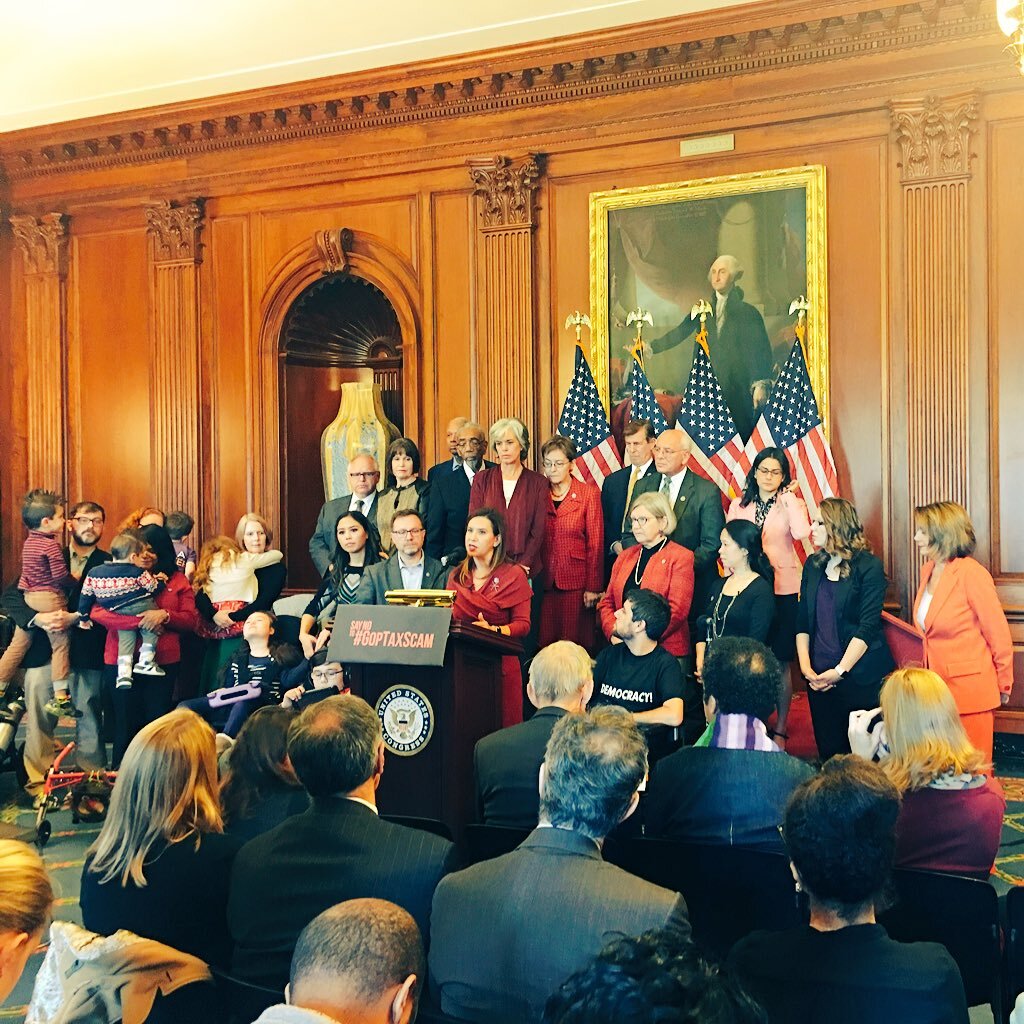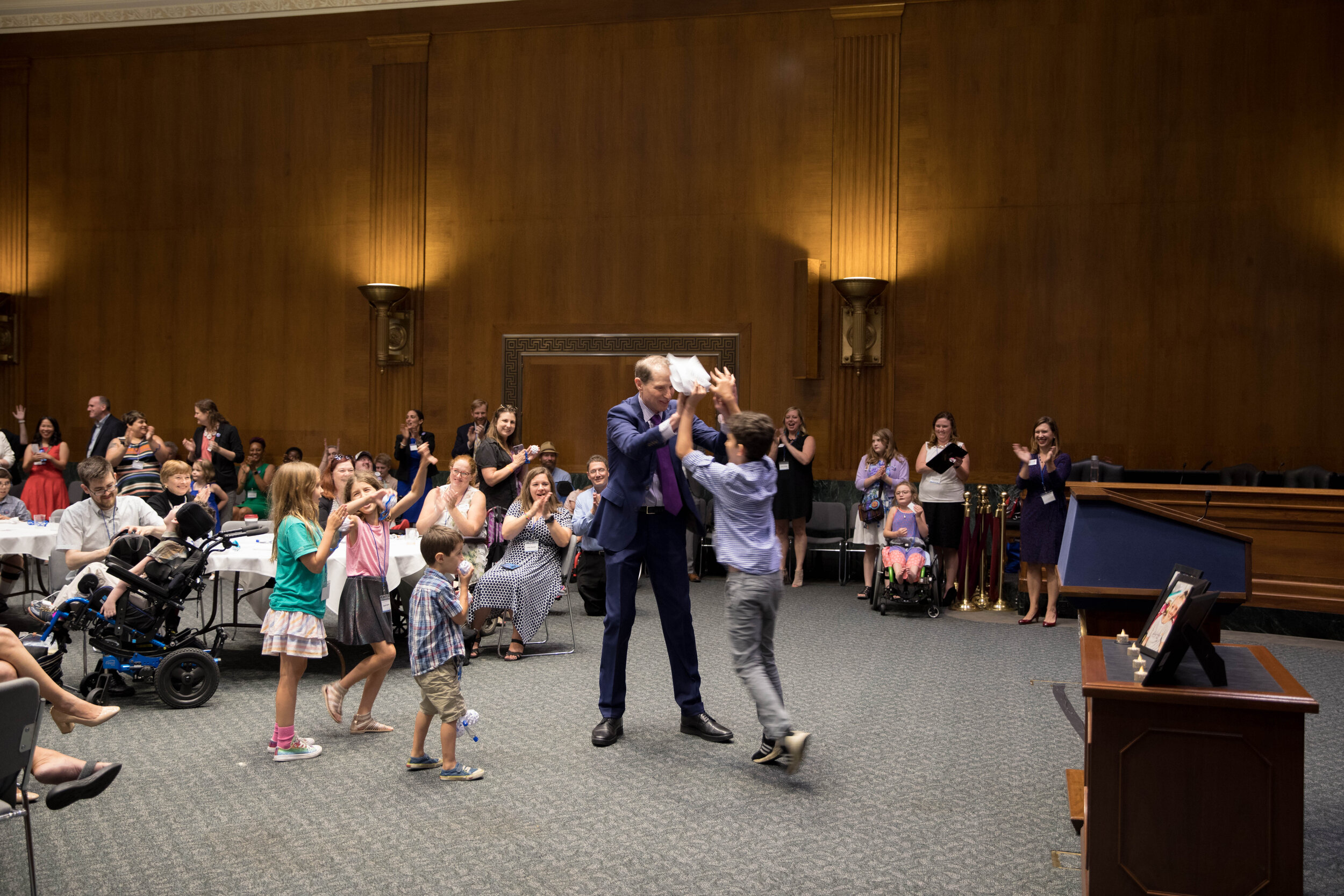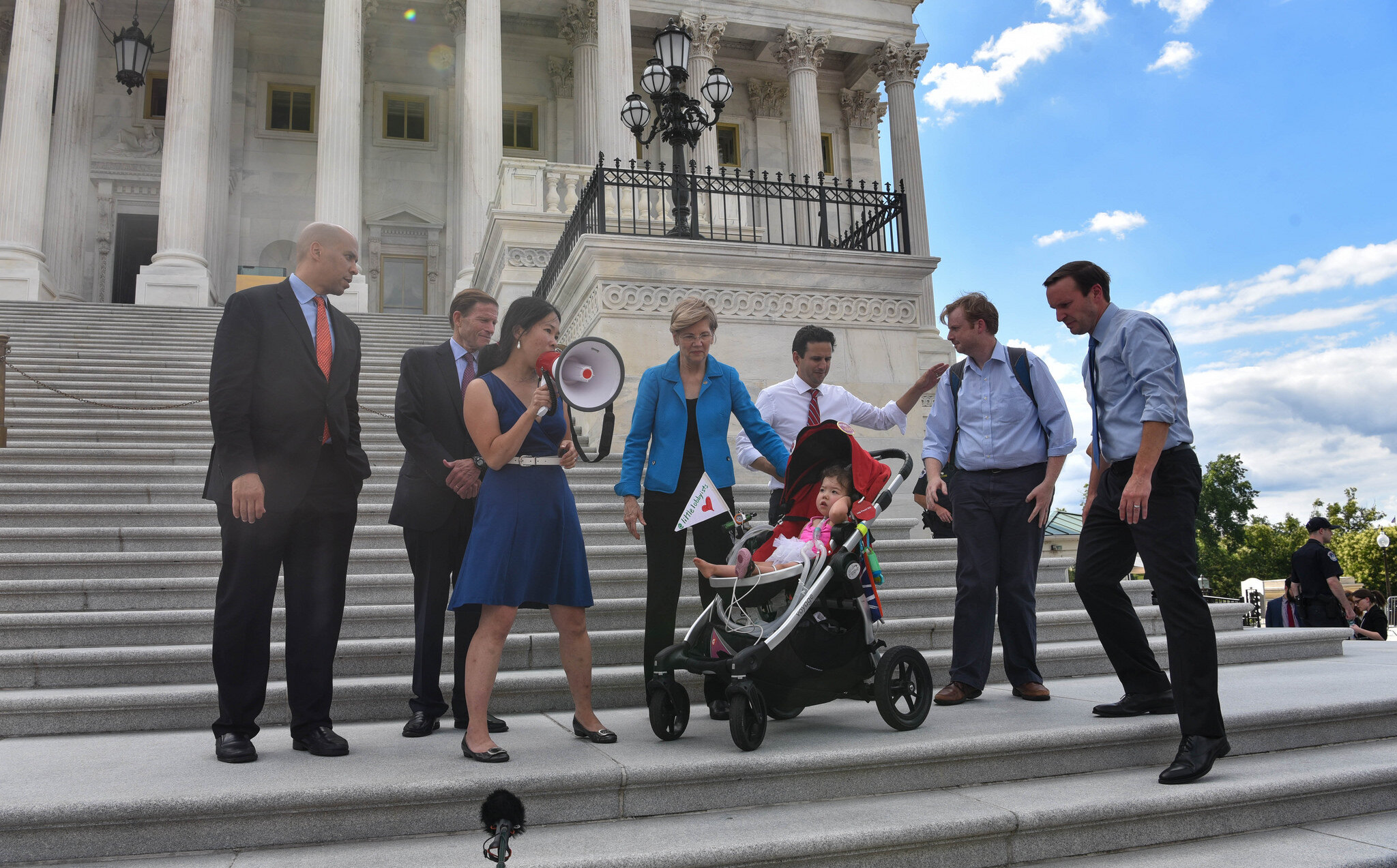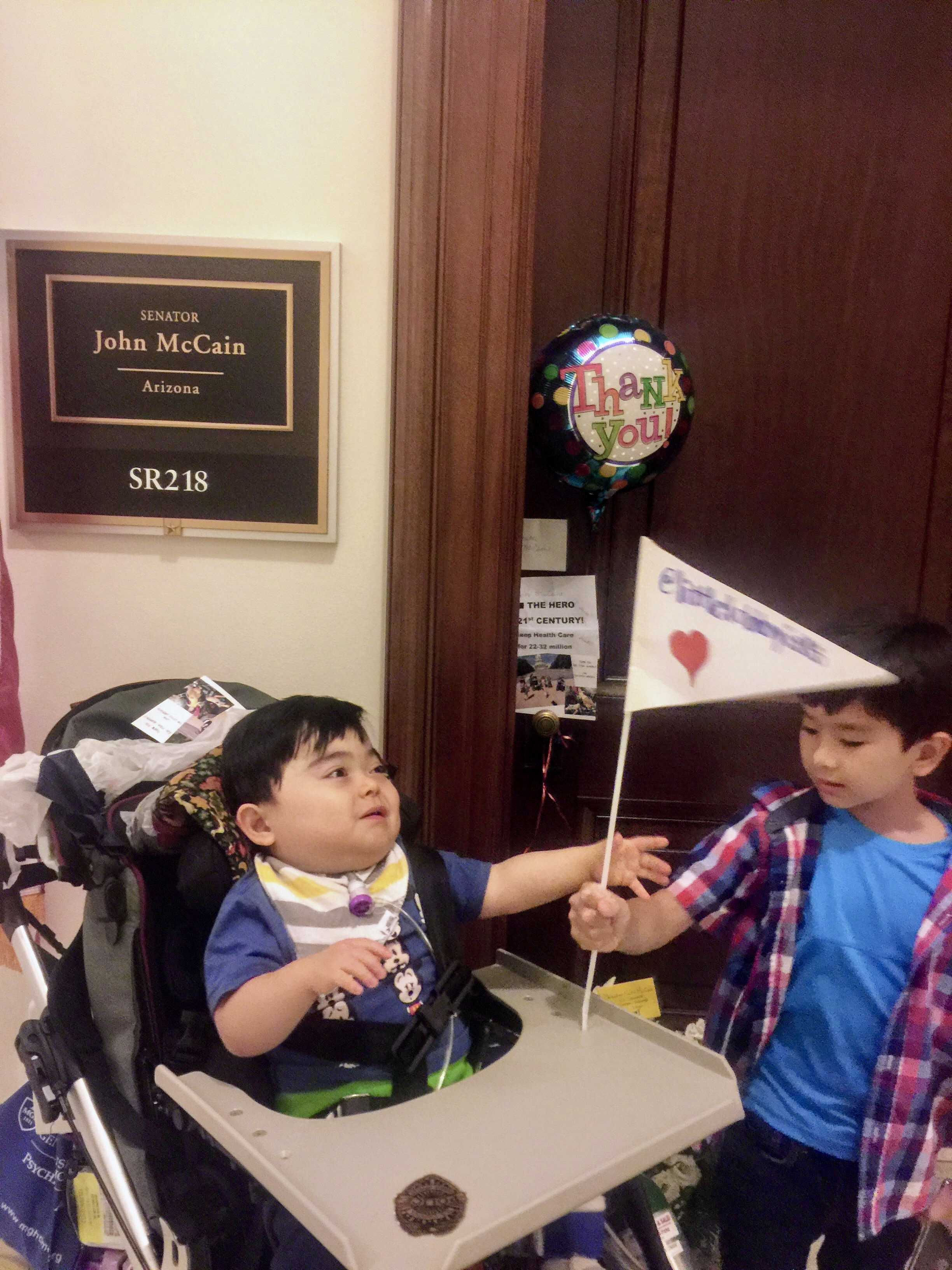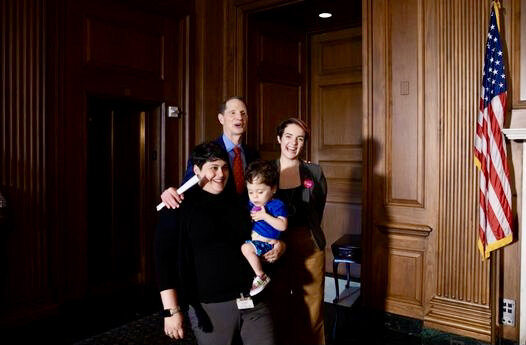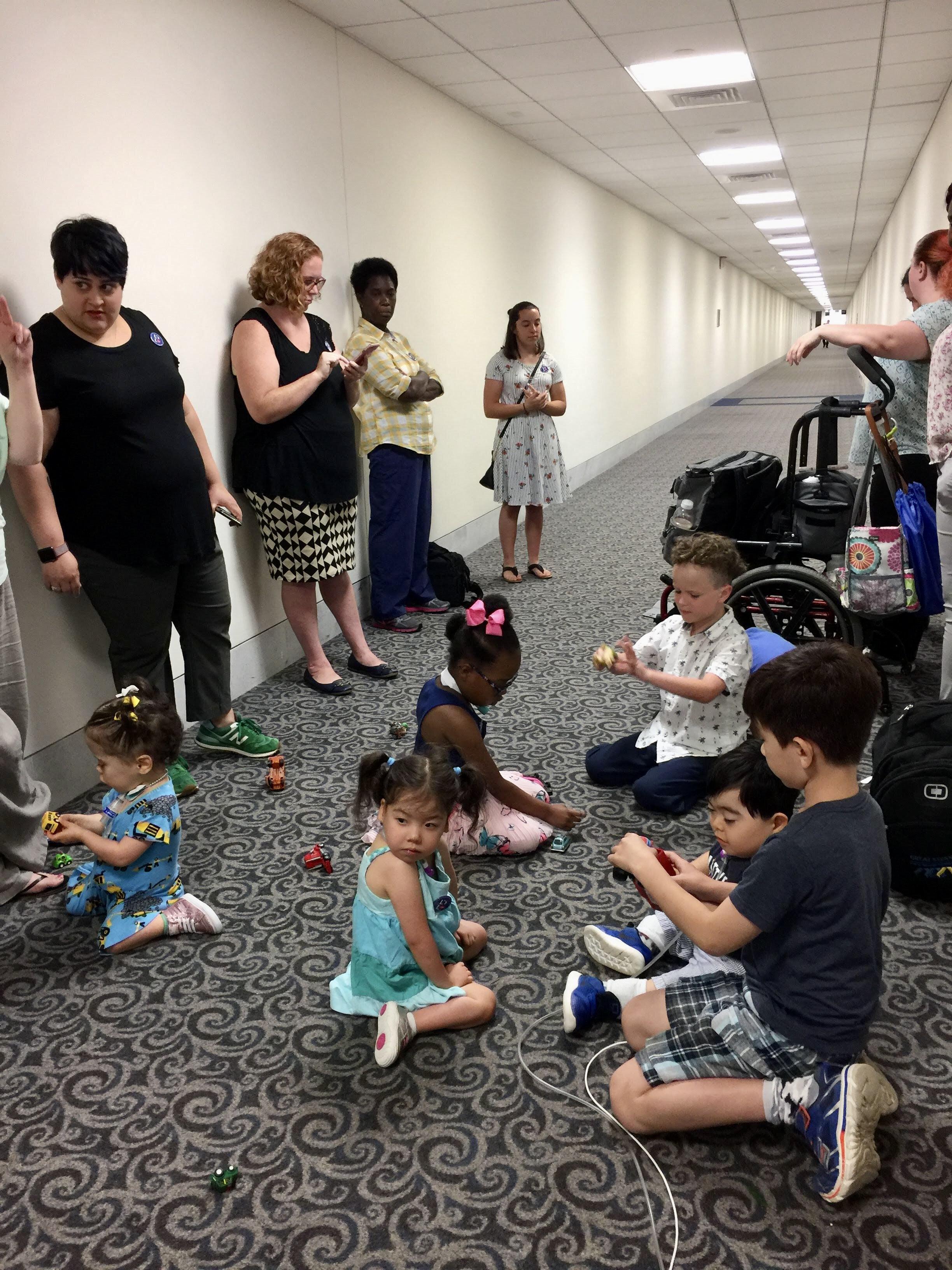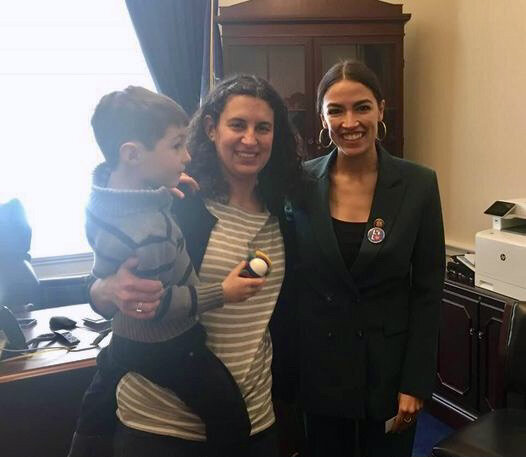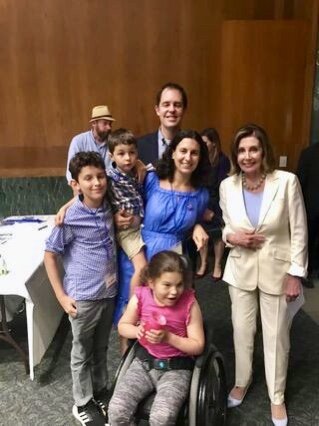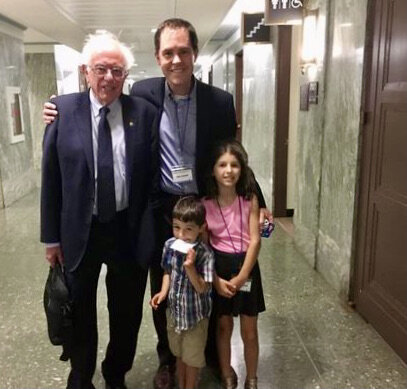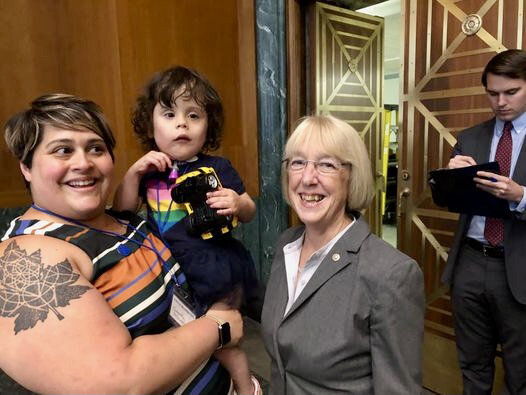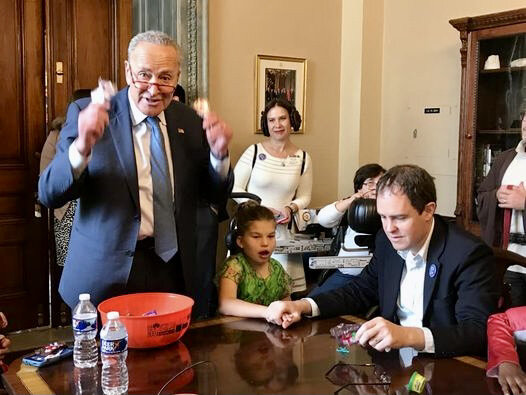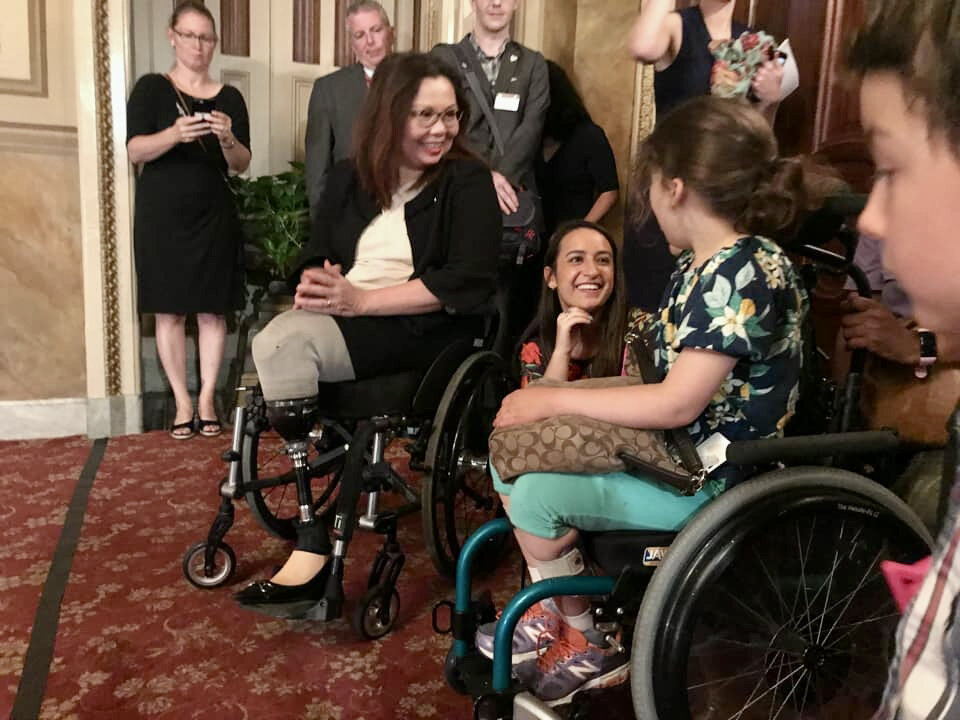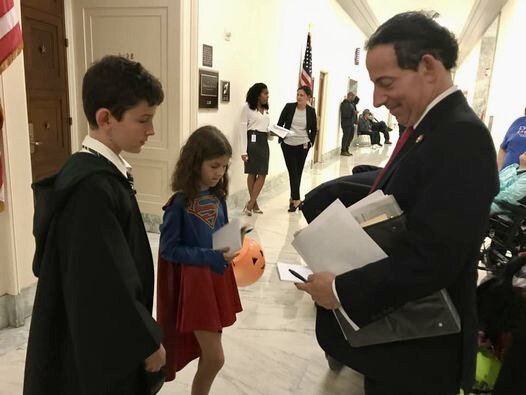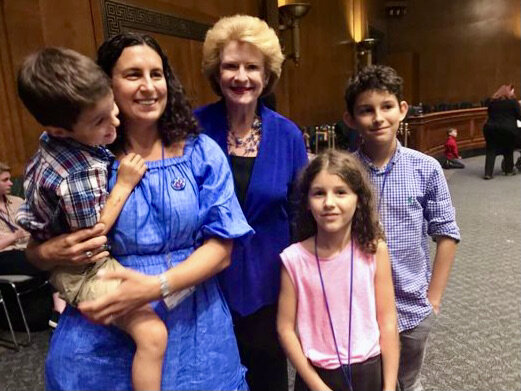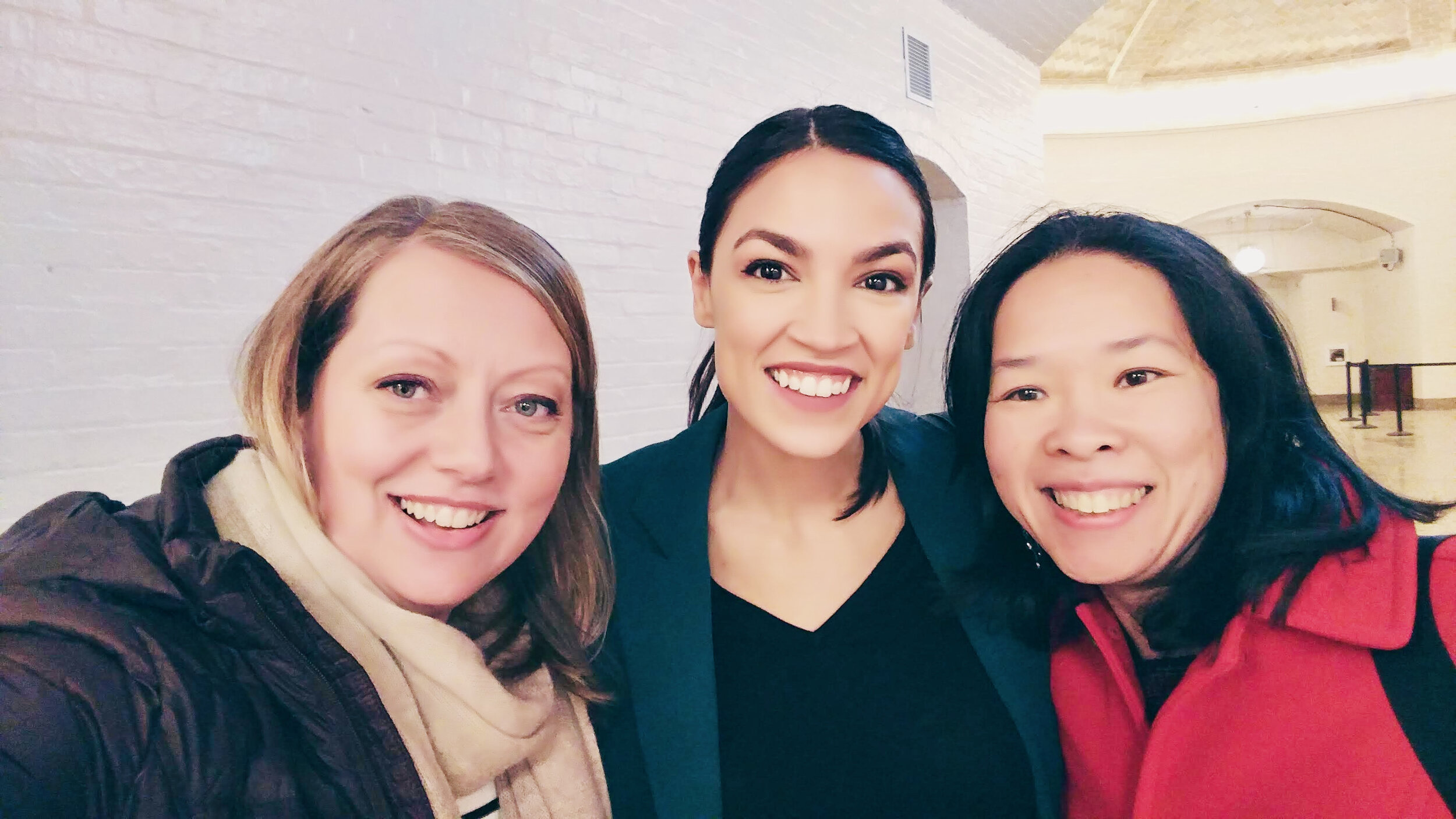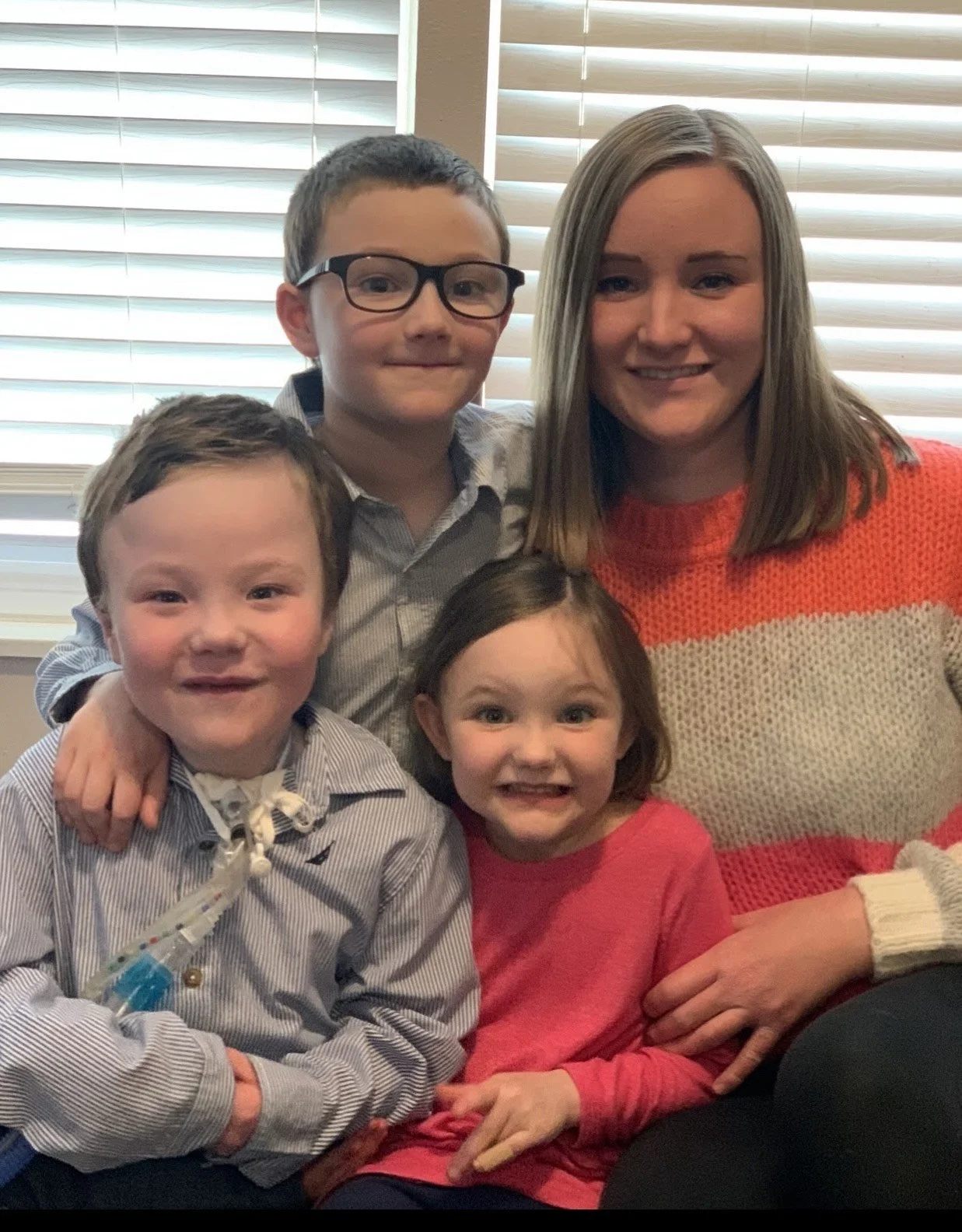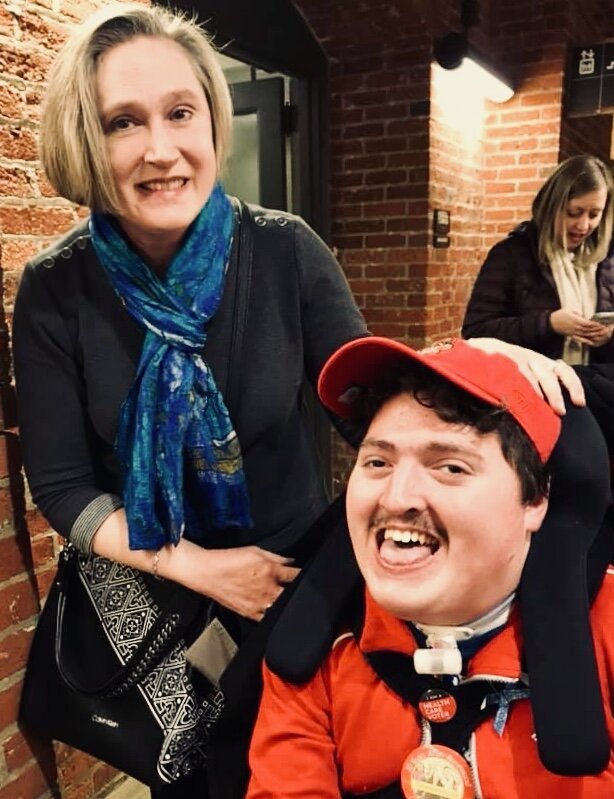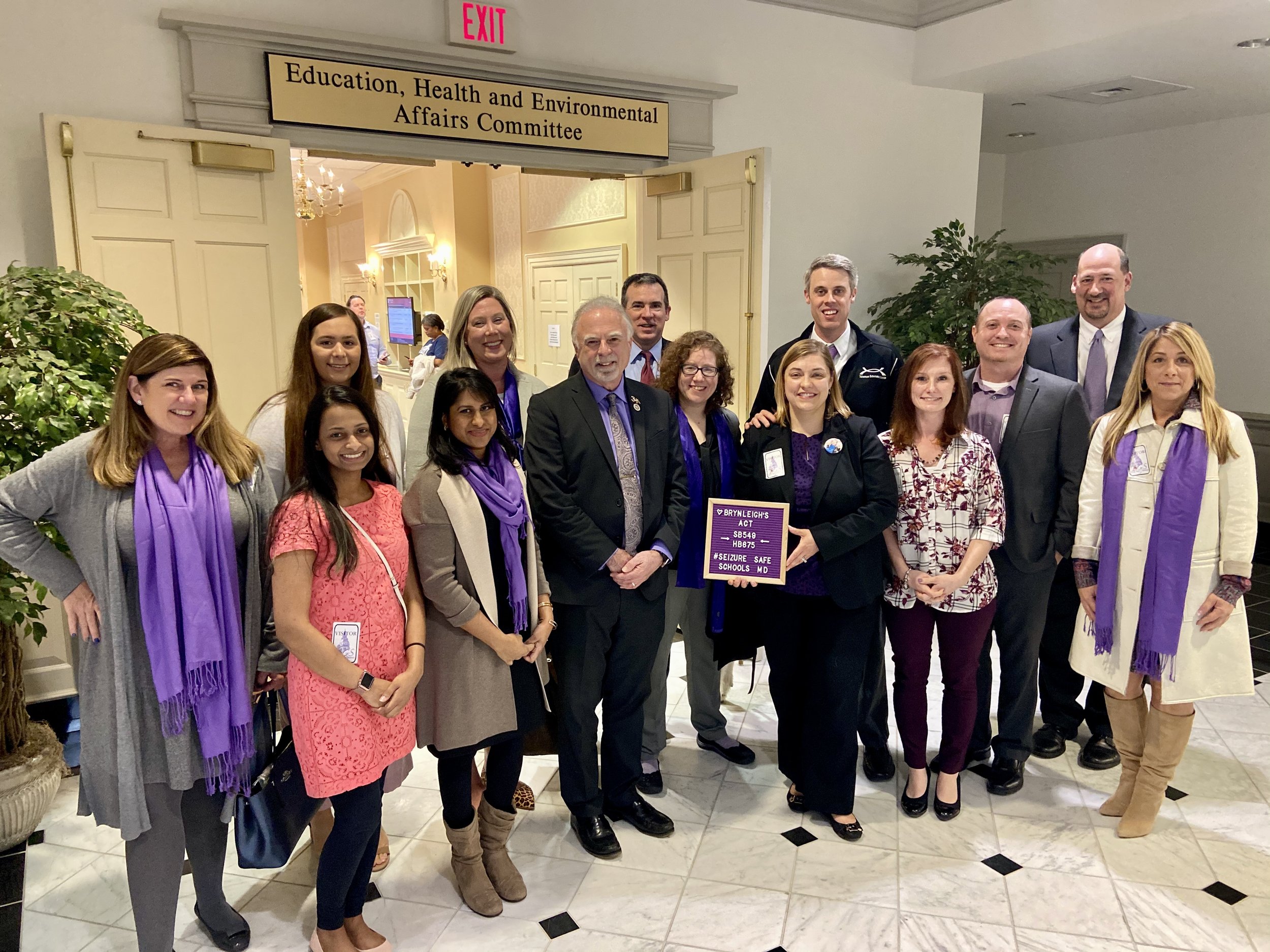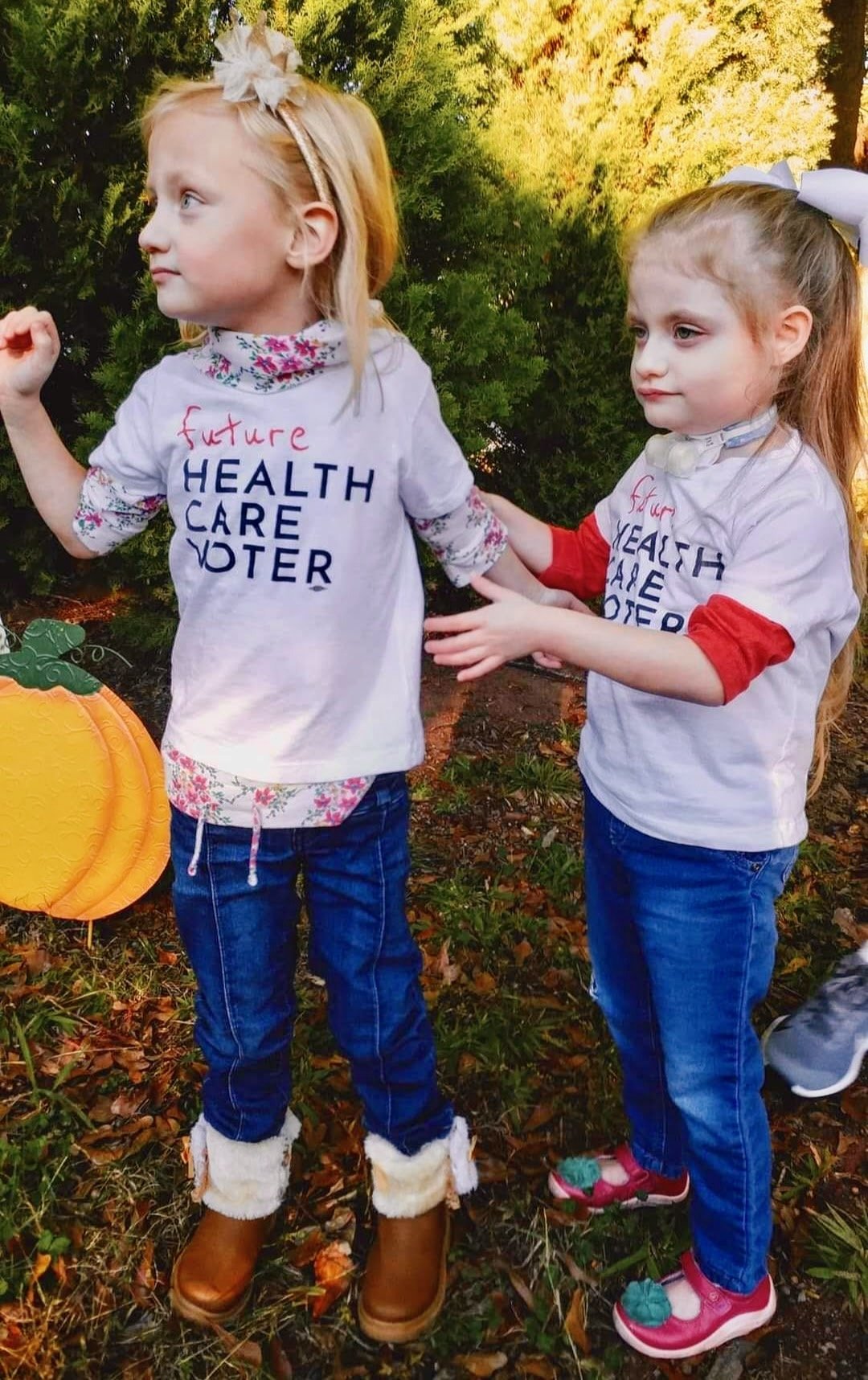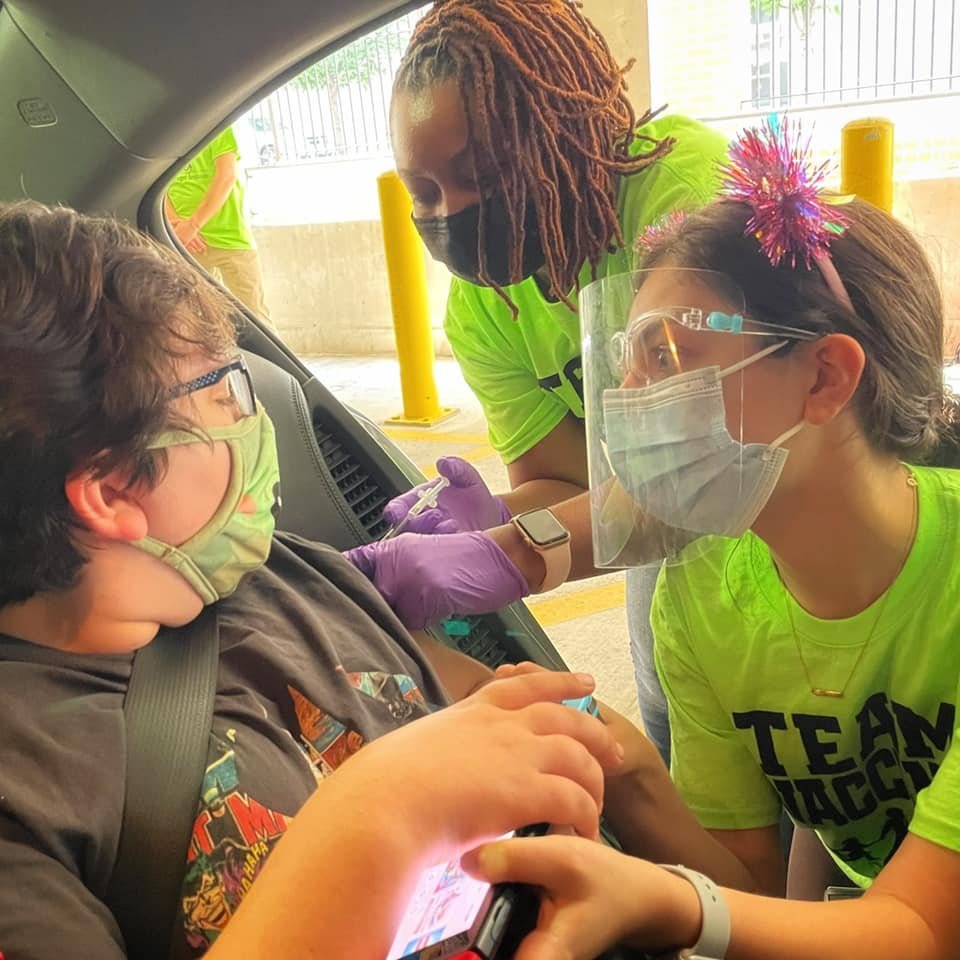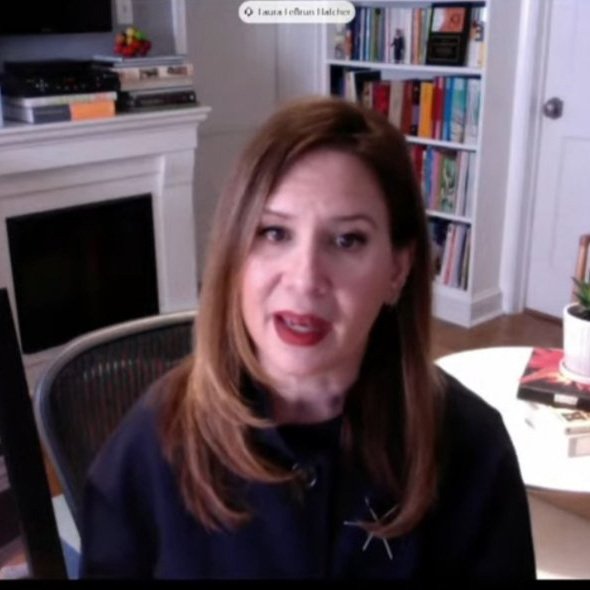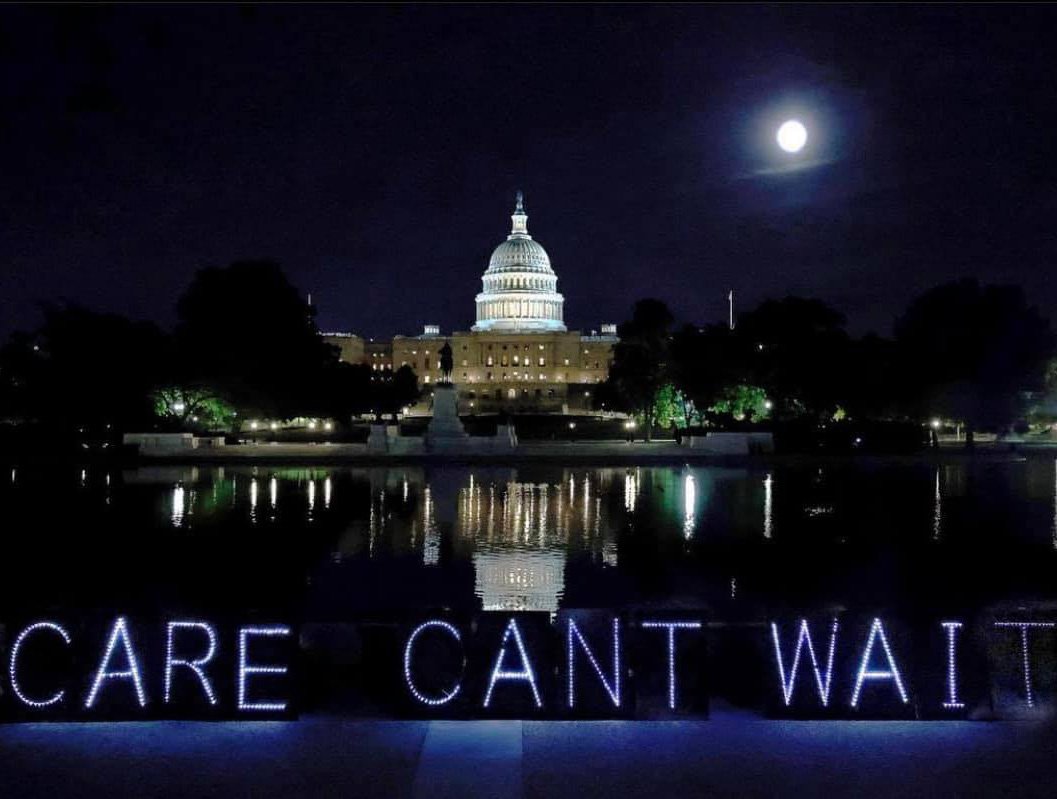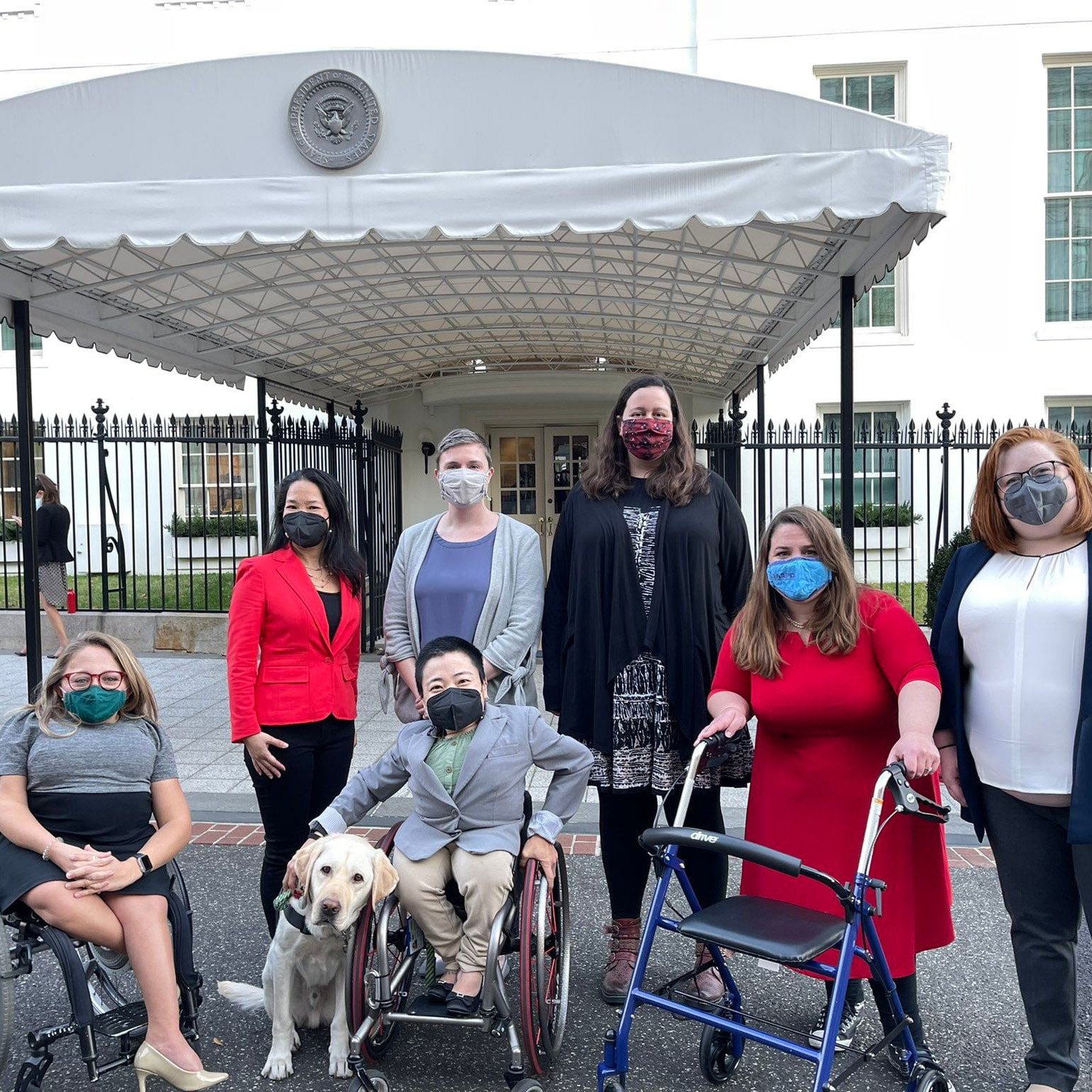Rob on the shores of Lake Champlain. Rob is wearing a camouflage-print baseball hat. His brother Castin is leaning into the photo. In the background are birch trees, the big surface of the lake, mountains in the distance, and light scudding clouds in the sky.
Rob Stone is an active member of Little Lobbyists. Rob’s goals upon leaving high school were to become a health care and disability rights advocate, and an artist with his own art website. Rob has a rare disease, dystonia 16. Due its complications, Rob uses a wheelchair to get around, uses a tracheostomy to assist his breathing, takes his food through a gastrostomy/jejunal tube, and needs a lot of assistance to use his arms or hands.
Yet Rob is thriving and having a great life! He’s been able to make progress on all his life goals. Rob has been lucky enough to qualify for Maryland’s Home and Community-Based Services waiver, as well as state Medicaid supports for home nursing, and these programs enable him to live at home as independently as possible.
When Rob was young and his disabilities required fewer supports, his mom, Jeneva, was able to take him and his brother Castin to visit his relatives in Vermont for a couple of weeks at a time. Rob’s grandparents have a house on Lake Champlain, and that’s one of Rob’s favorite places in the entire world.
Once Rob needed a tracheostomy, though, and needed overnight nursing support, Jeneva was unable to do that. Medicaid is a life-saving, wonderful program; however, it is a state/federal partnership program, which means that each state develops its own state plan and waiver services, eligibility requirements, and number of persons it will serve. The federal government approves that plan, as long as it falls within general federal guidelines, but no two state plans or waivers are identical. Rob needs day and night nursing support, as well as assistance with all the tasks of daily living, durable medical equipment, medications, and many other needs.
Rob as a young boy enjoying Lake Champlain—he’s lying in a child-size plastic flotation “boat” in bright pink, blue and yellow, and wearing a blue life-jacket.
On a practical level, that Medicaid is a state-by-state program means that Maryland Medicaid will not pay for services when Rob is in Vermont. He would have to hire his own overnight nurse, and the retail cost of that would be $400 to $500 per night. To go to Vermont for a long weekend (just, say, four nights) would mean spending $1,600 to $2,000 on just Rob’s overnight needs.
For the last two years, though, Rob’s mom and dad have brought Rob to Vermont and done the overnights (and days) themselves, giving him three full days in paradise, but leaving everyone pretty exhausted–except Rob, of course! Which is the point of the trip.
On Rob’s trip to Vermont this Fourth of July weekend, Rob expressed an interest in moving to Vermont.
A lot of families are under the impression that Medicaid is solely a federal program, and that they can “transfer” their child’s HCBS Medicaid waivers and services to another state, should the family wish to move.
Sad to say, that isn’t true. Families have to end their child’s services in their old home state, and then reapply for Medicaid in a new state. Any state can say, ‘Hey! We only want to serve 500 people in our Home and Community-Based Services program,’ and leave 1,000 people on the state’s waiting list for services. If you move from another state, too bad, because you become the 1,001st person. You have to wait for those who currently have waivers to move, pass away, or, in some cases, age out.
Rob with his aunt and uncle. Rob is seated in his wheelchair, on which is perched an American flag. He’s holding a “Grand Isle Fire Department” frisbee. The broad stretch of the lake is behind him, with mountains in the distance.
So Jeneva had to tell Rob that she didn’t know when, whether, or how their family could make such a move, even if they all wanted to. How long was Vermont’s waiting list? If Rob had to wait even a very short period of time, say six months (which would be a miracle!), how could they afford even his overnight care (@$10K)? Rob’s parents couldn’t do both his day time care and his overnight care for six months on their own and still hold jobs, sleep and take care of themselves–and most states do not allow family caregivers to be paid to provide nursing care. And even if the wait were short, would Vermont’s Medicaid waiver provide skilled nursing services for Rob? States can exclude nursing care as a covered Medicaid home service.
That’s what it’s like for your life to depend on your zipcode. People with disabilities (and their families) who rely on Medicaid Home and Community-Based Services cannot even think of moving from one state to another–not for family reasons, not for a better job–because Congress will not allocate enough federal funding to the states for HCBS waivers to eliminate those waiting lists. Over 820,000 Americans are waiting to live in their communities, across the country. The Better Care Better Jobs Act, which promised to end waiting lists and provide better paying jobs for home health care workers, has been stalled in the Senate for over a year.
As a result of the Supreme Court’s Dobbs v. Jackson decision this June, more and more Americans are finding out what it’s like for your rights and your life to depend on your zipcode. We all need to stand together and demand that Congress protect our civil rights to live in the community of our choice–disabled Americans have faced this gut-wrenching dilemma now for decades. No one should ever have to face it. Fund the Better Care Better Jobs Act now!
Rob and Jeneva Stone are members of Little Lobbyists. Jeneva is the Little Lobbyists blog manager.






